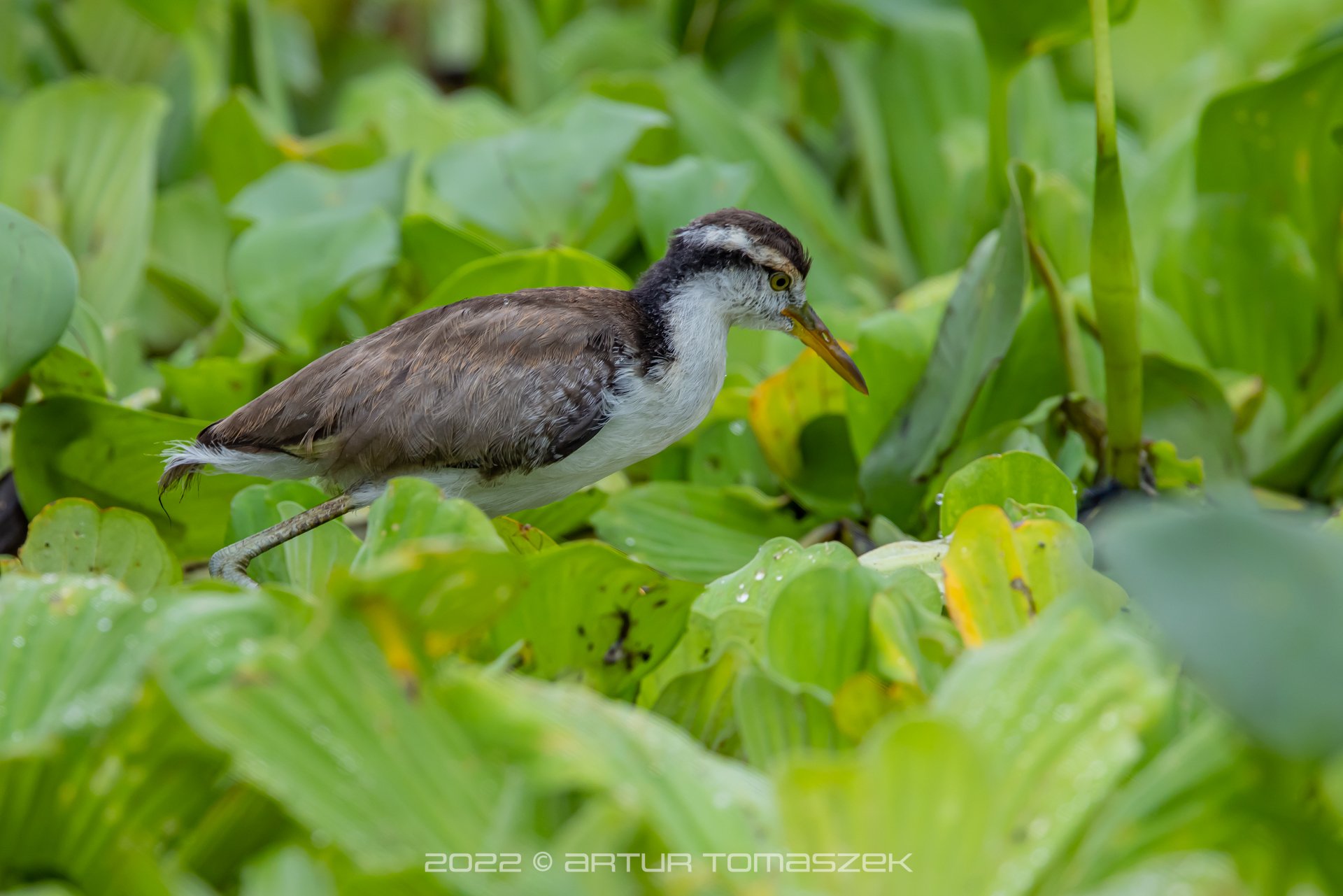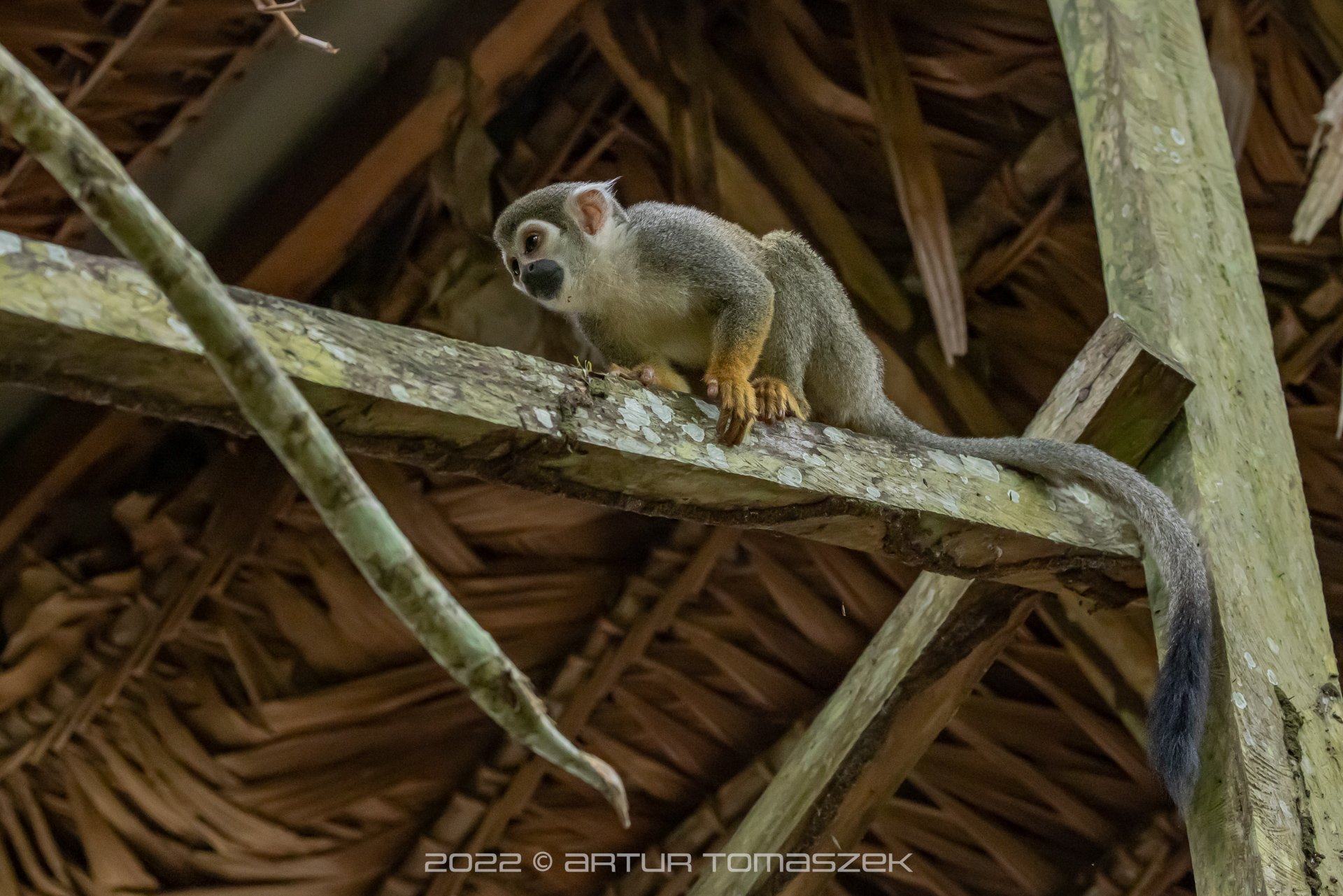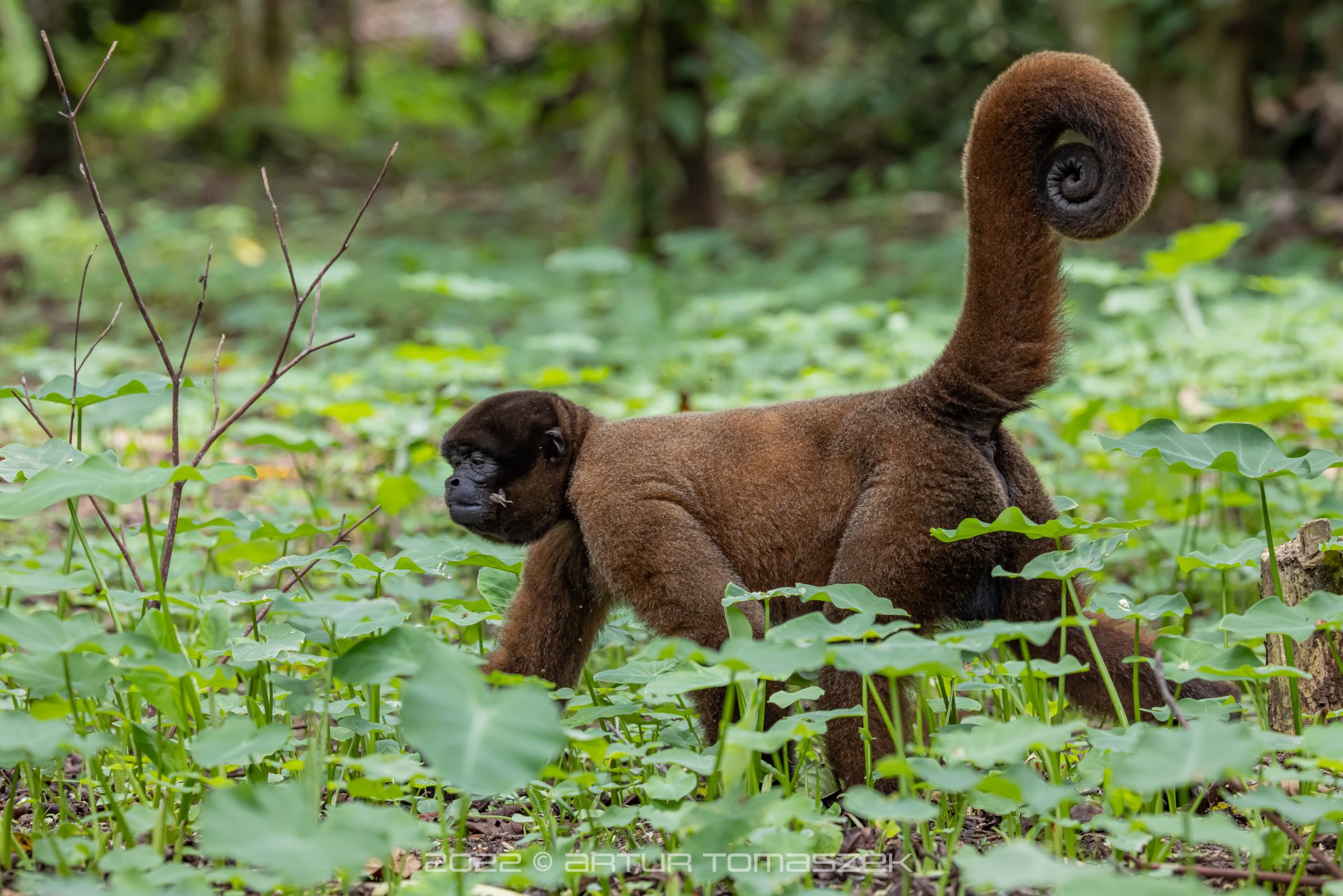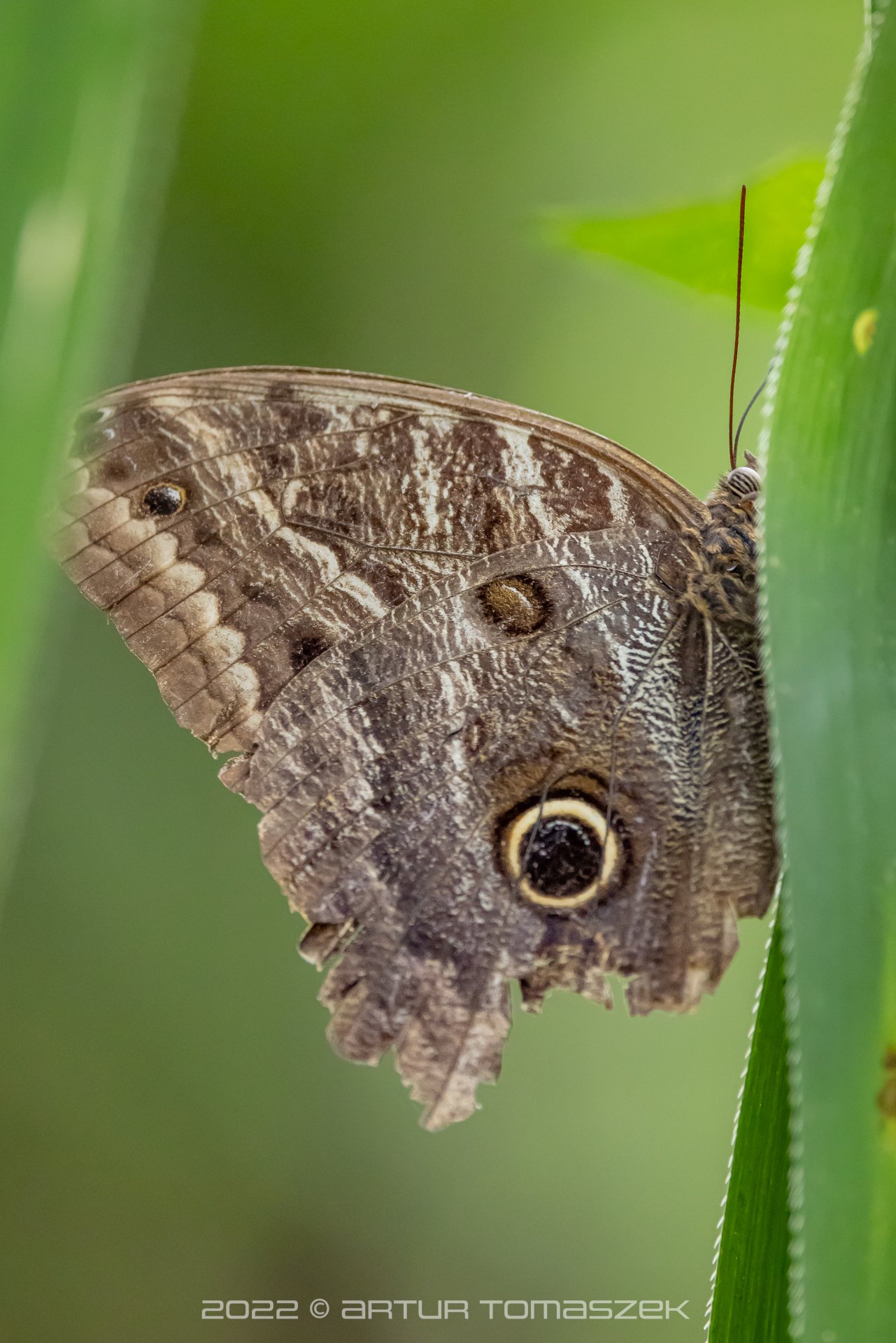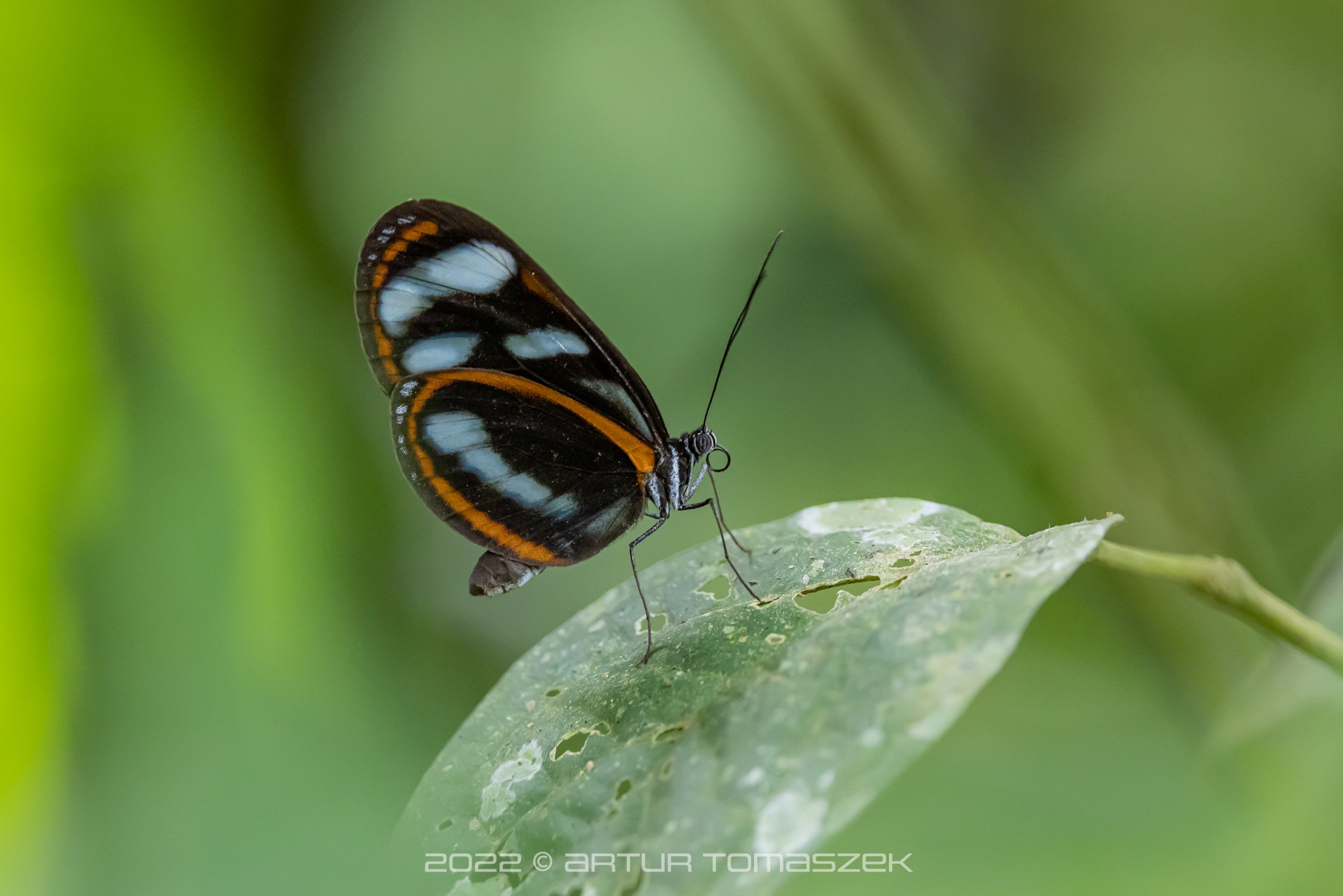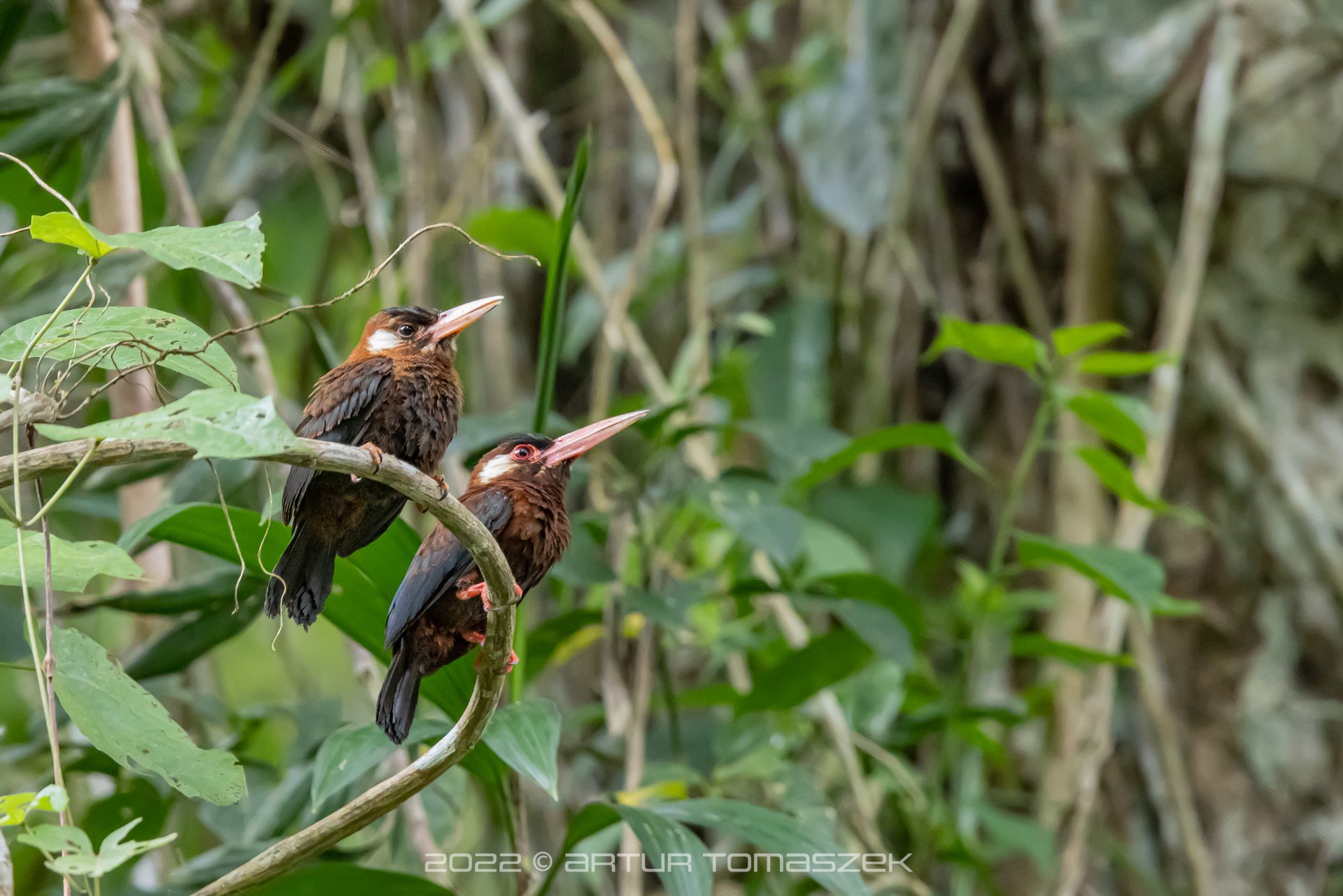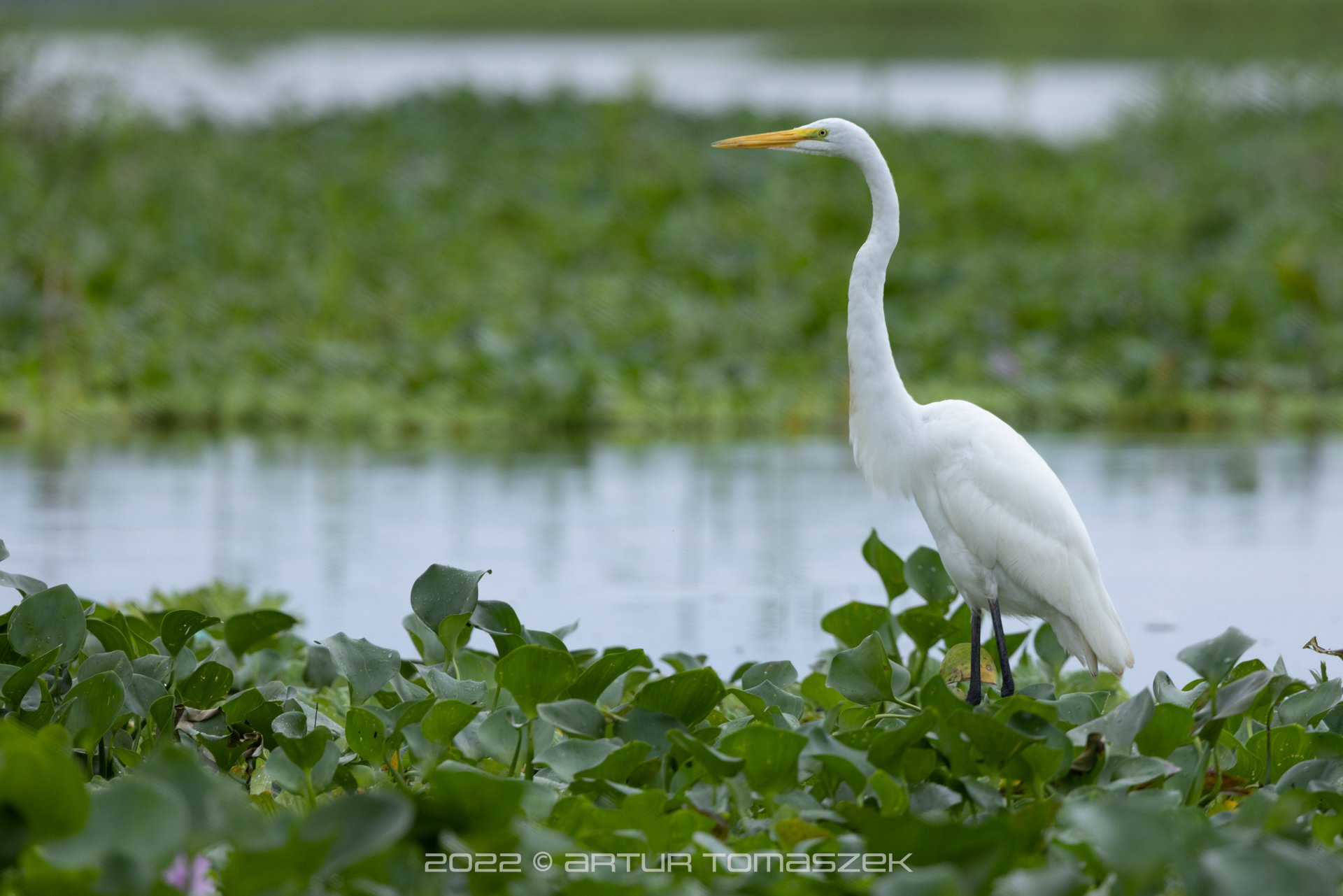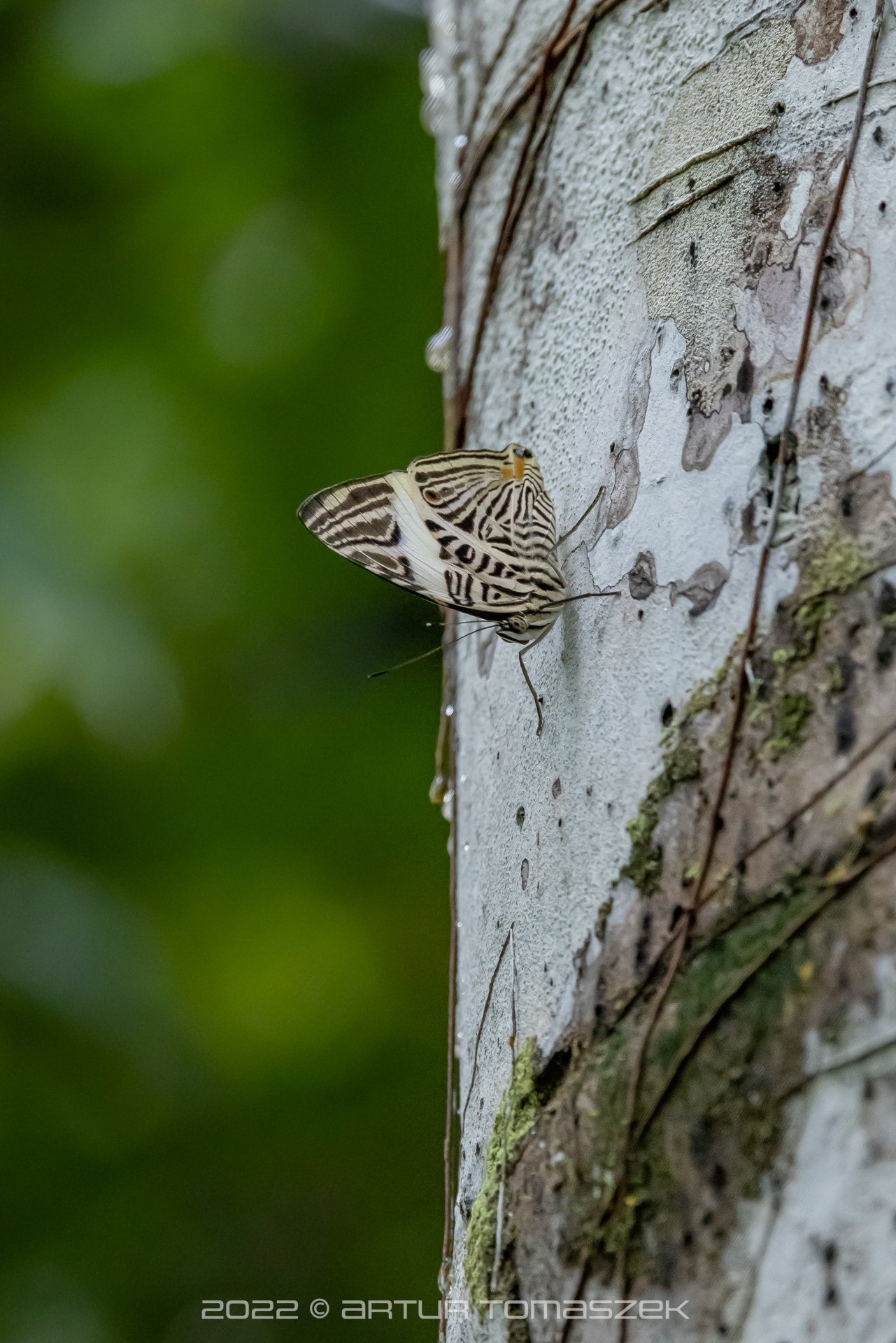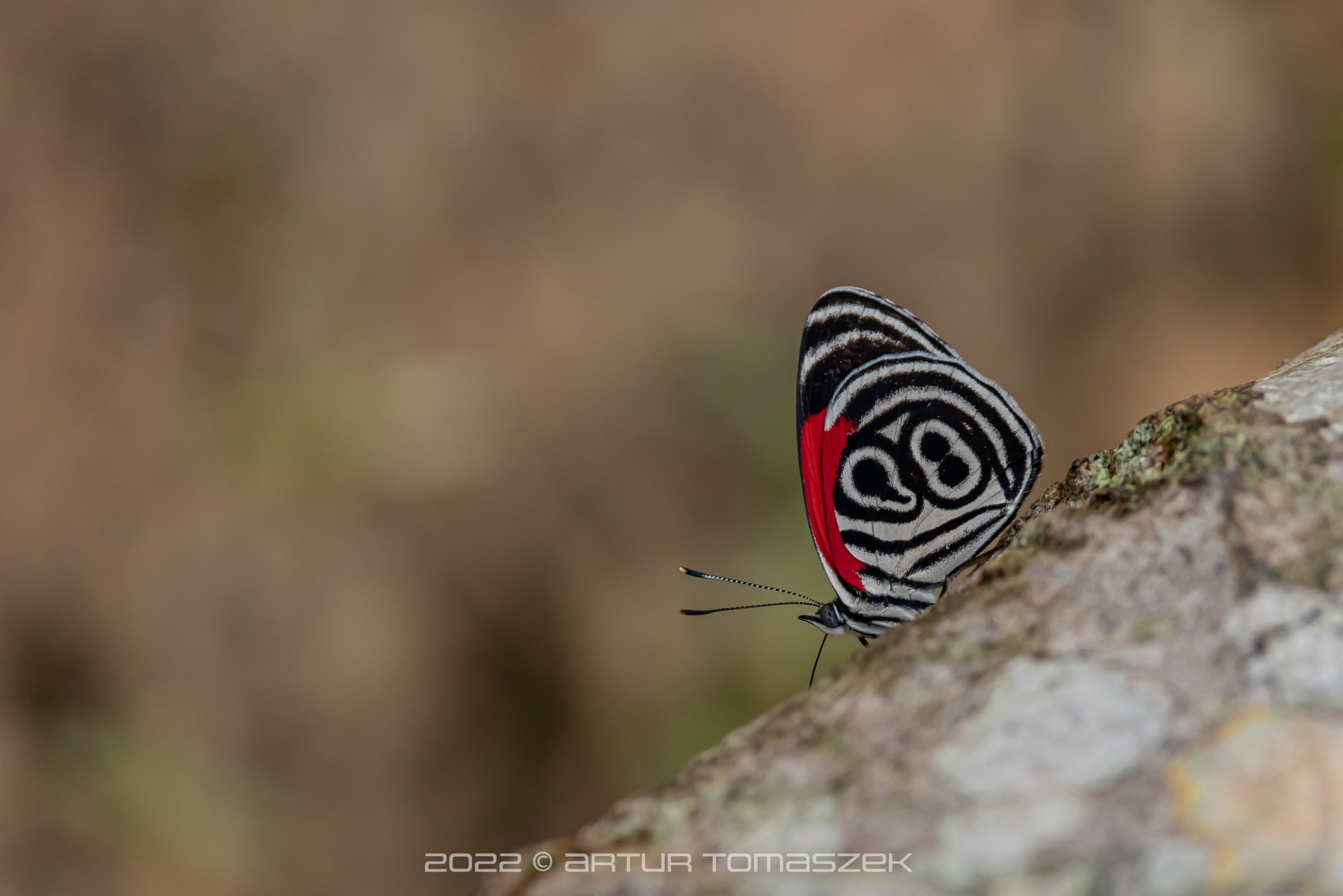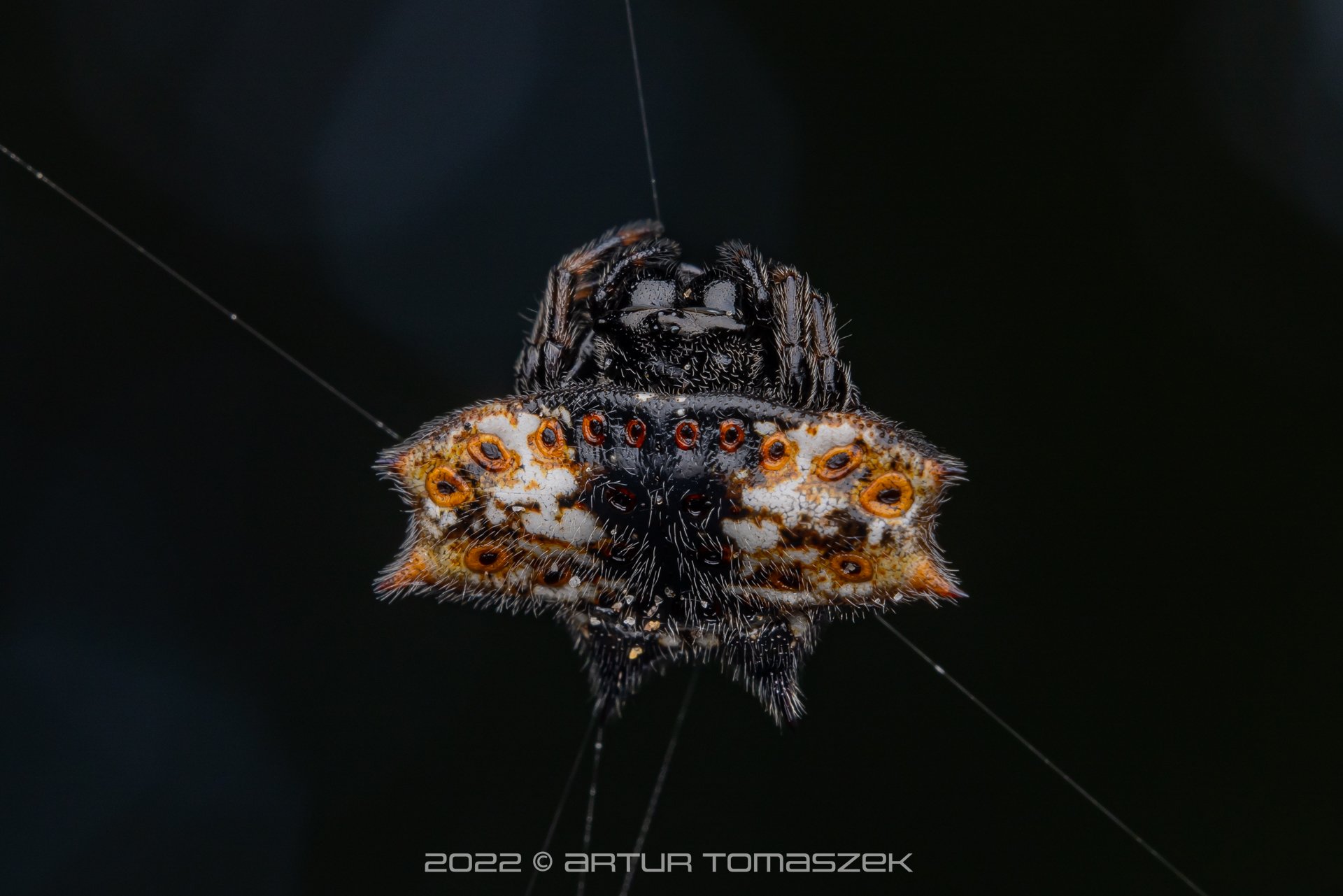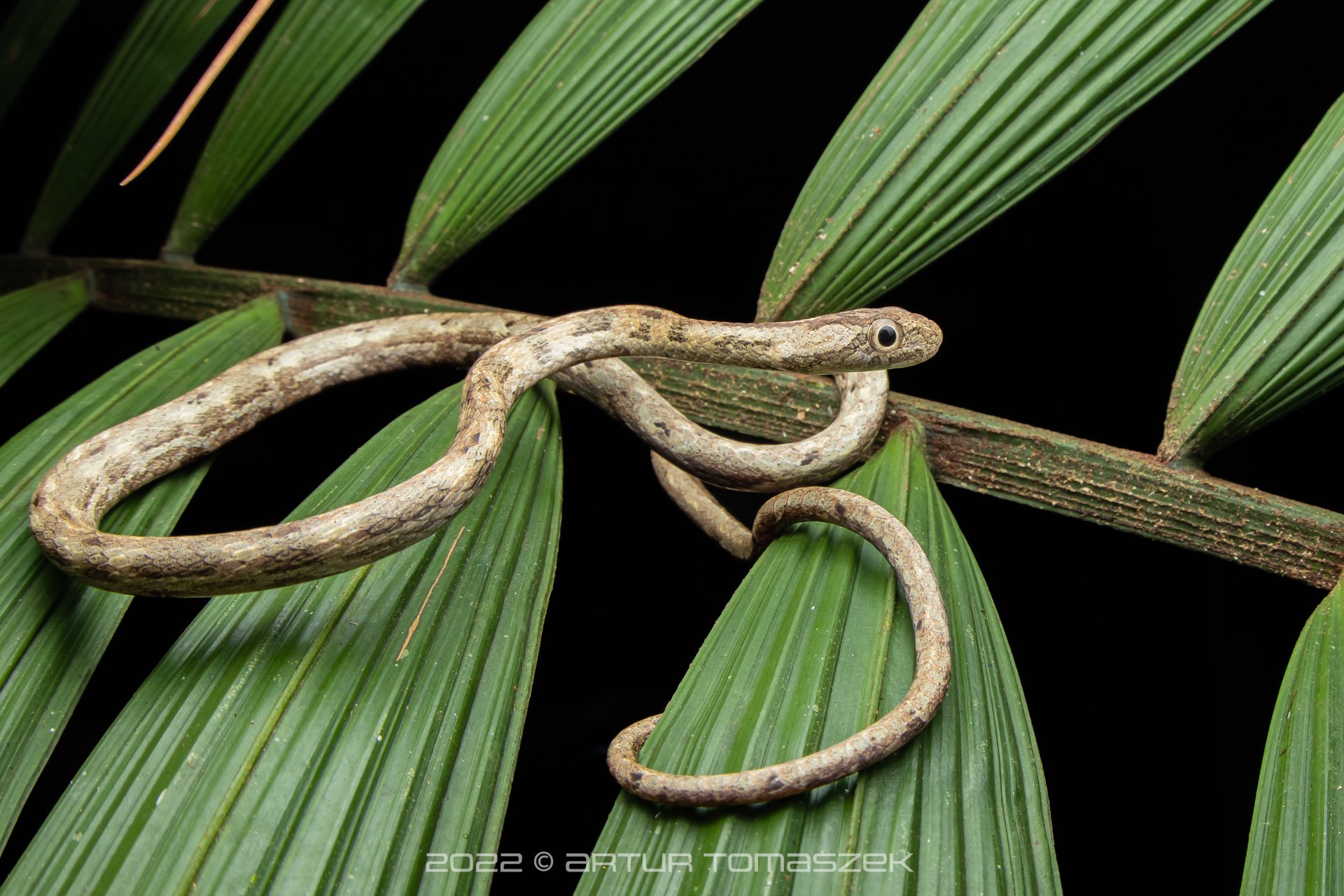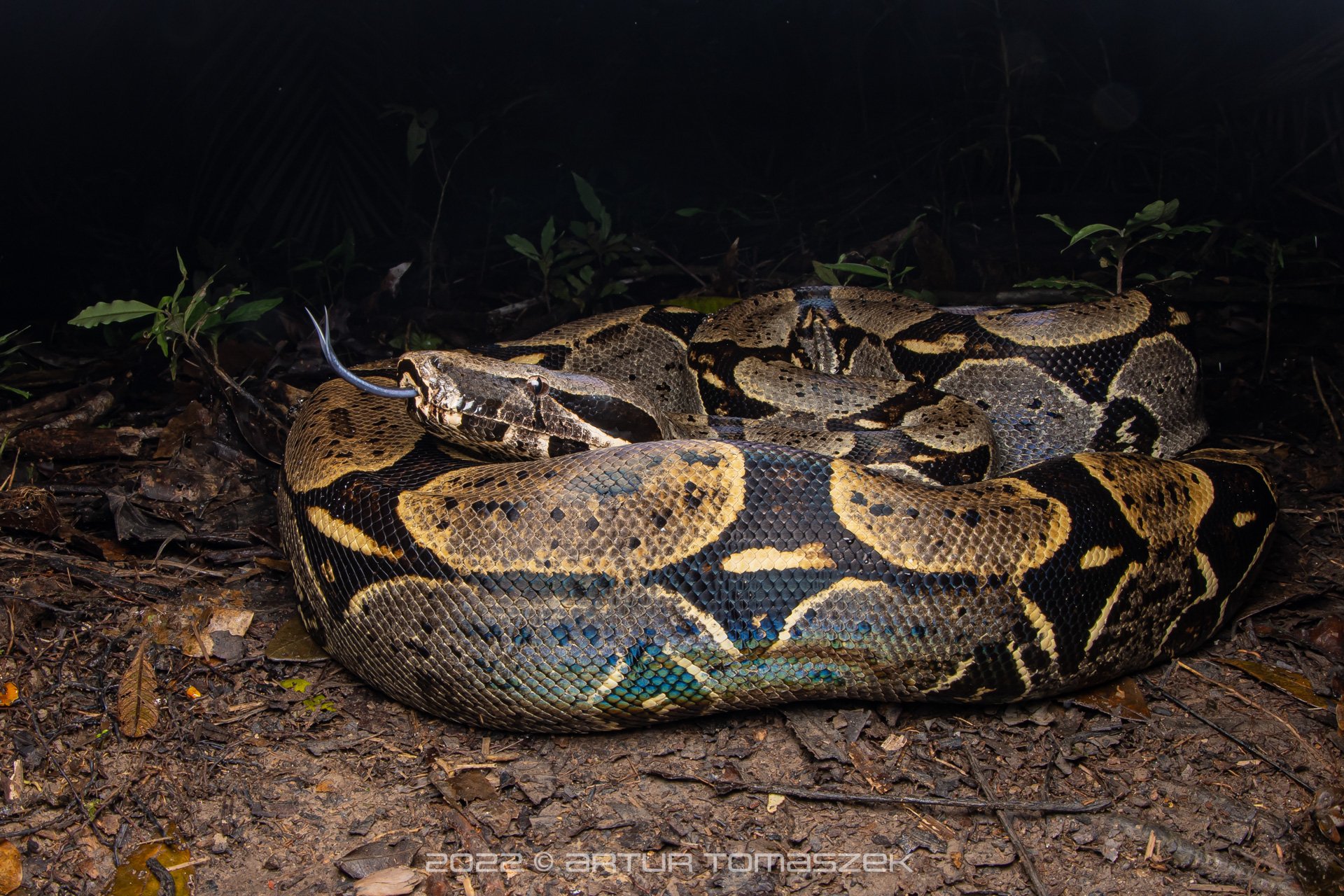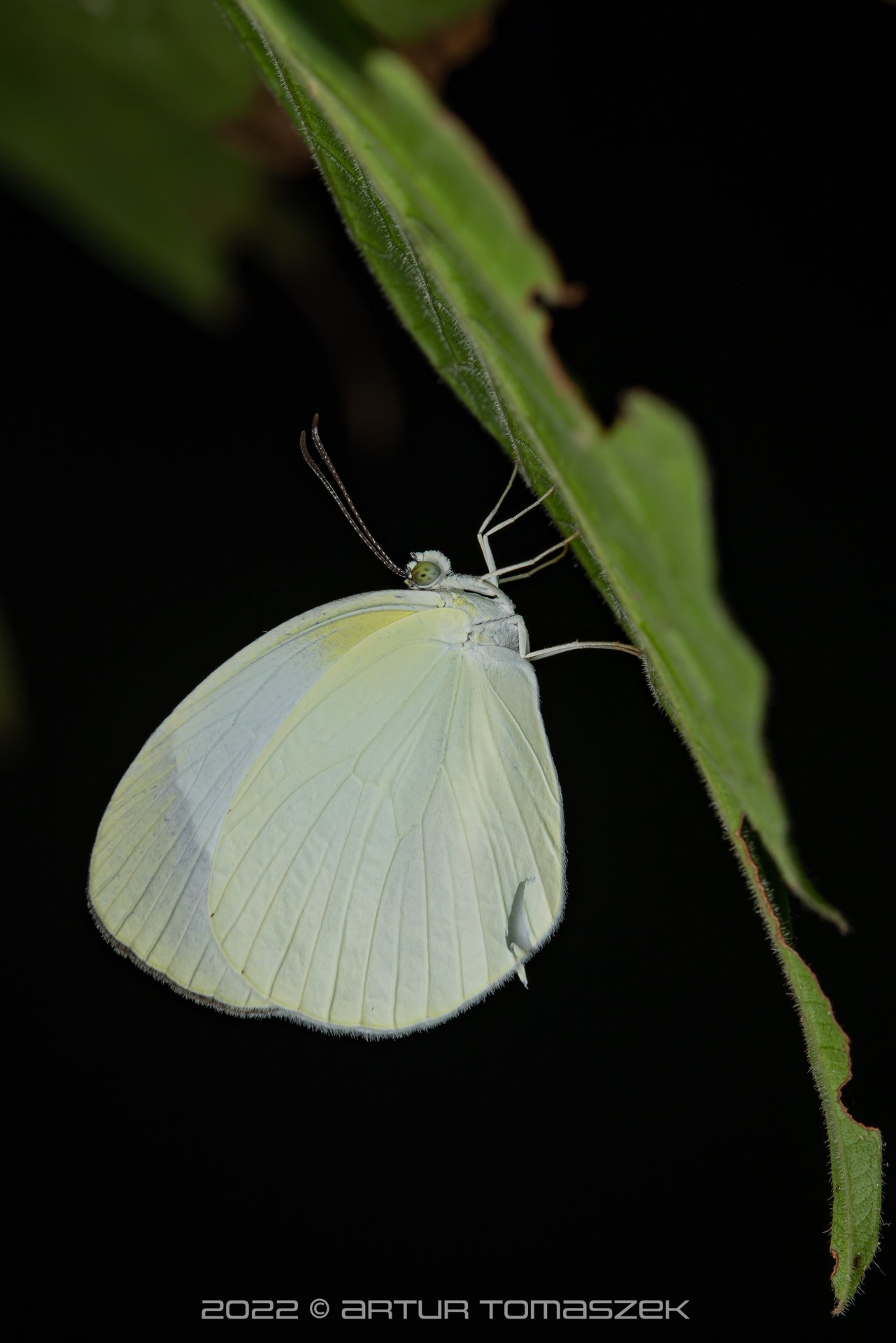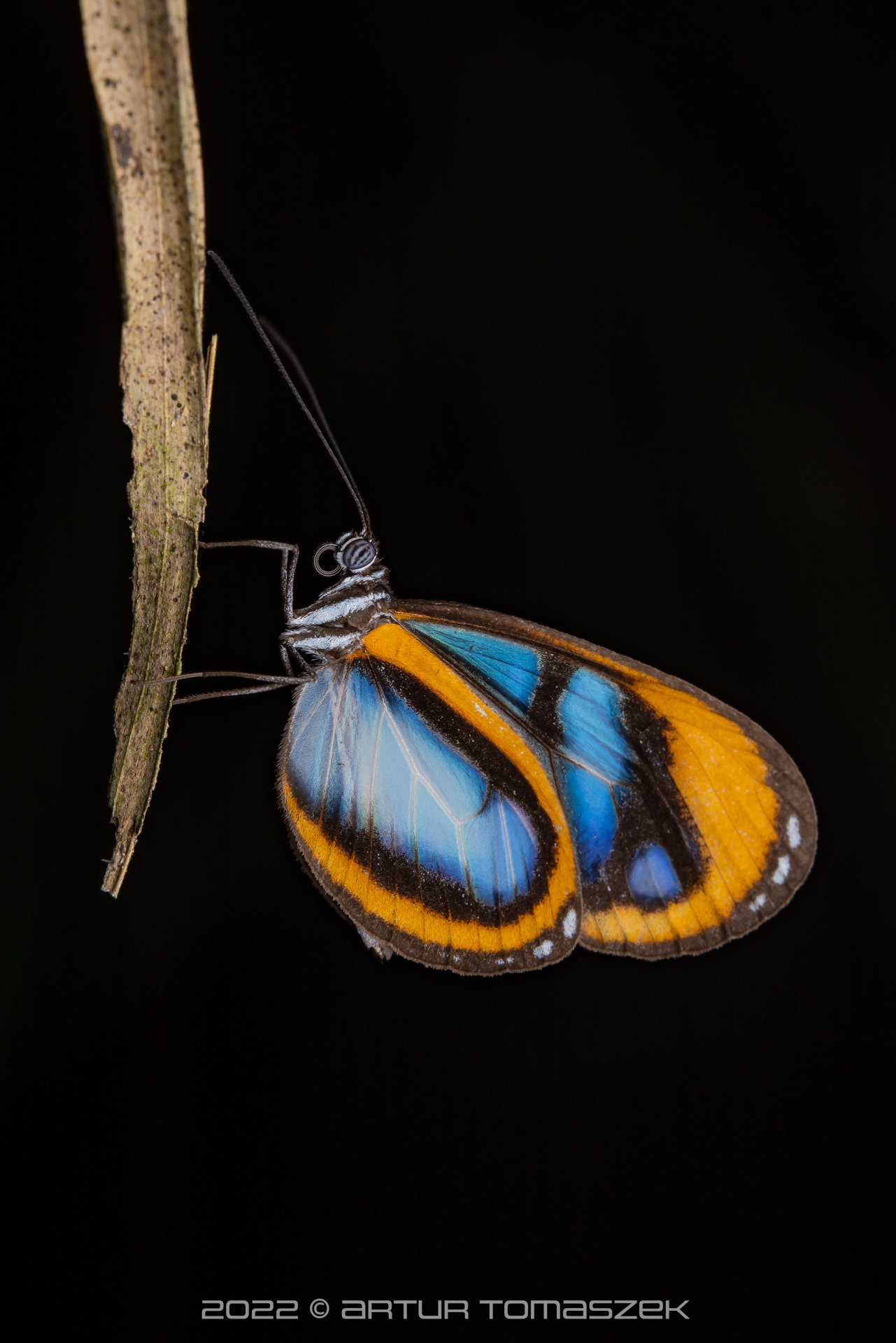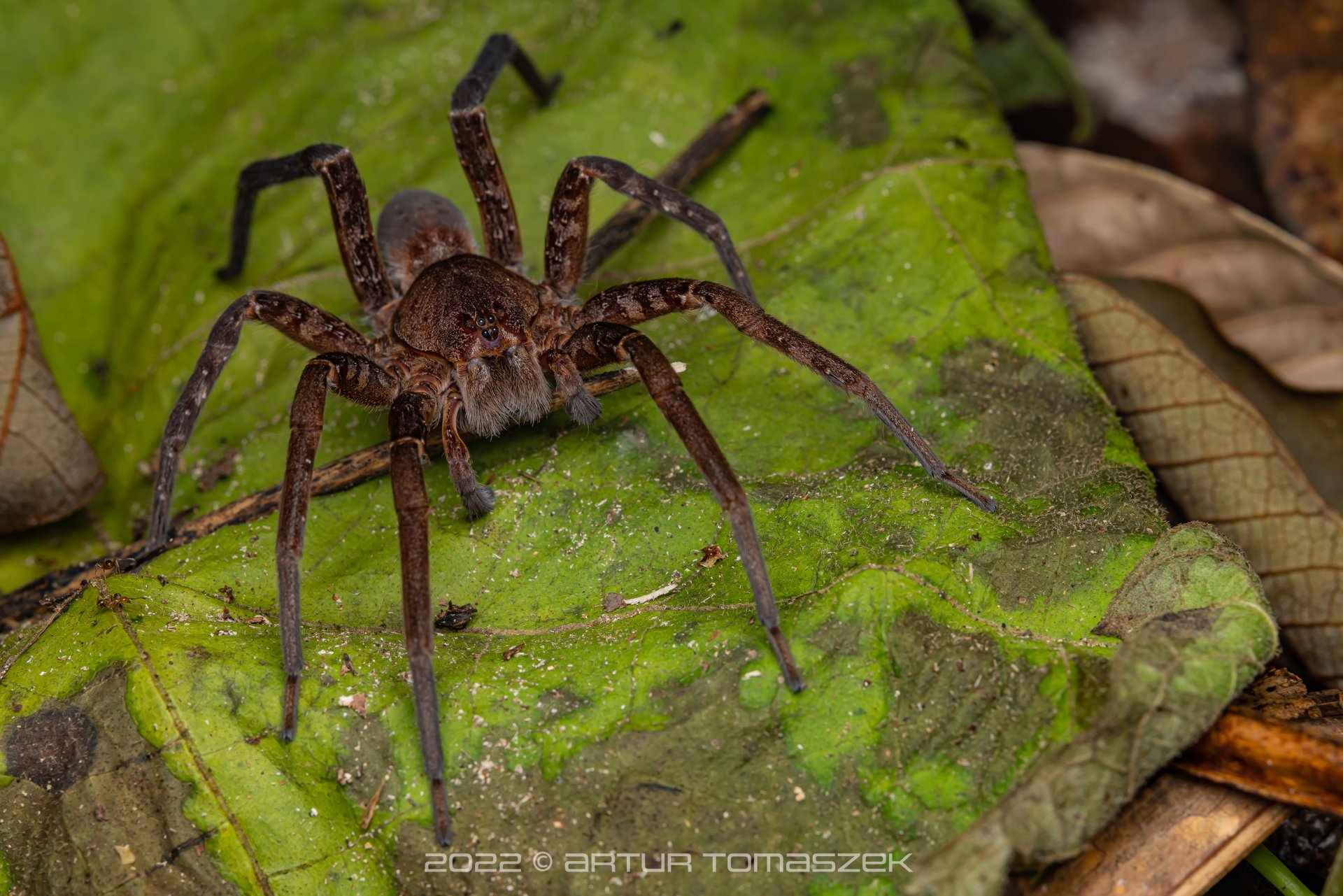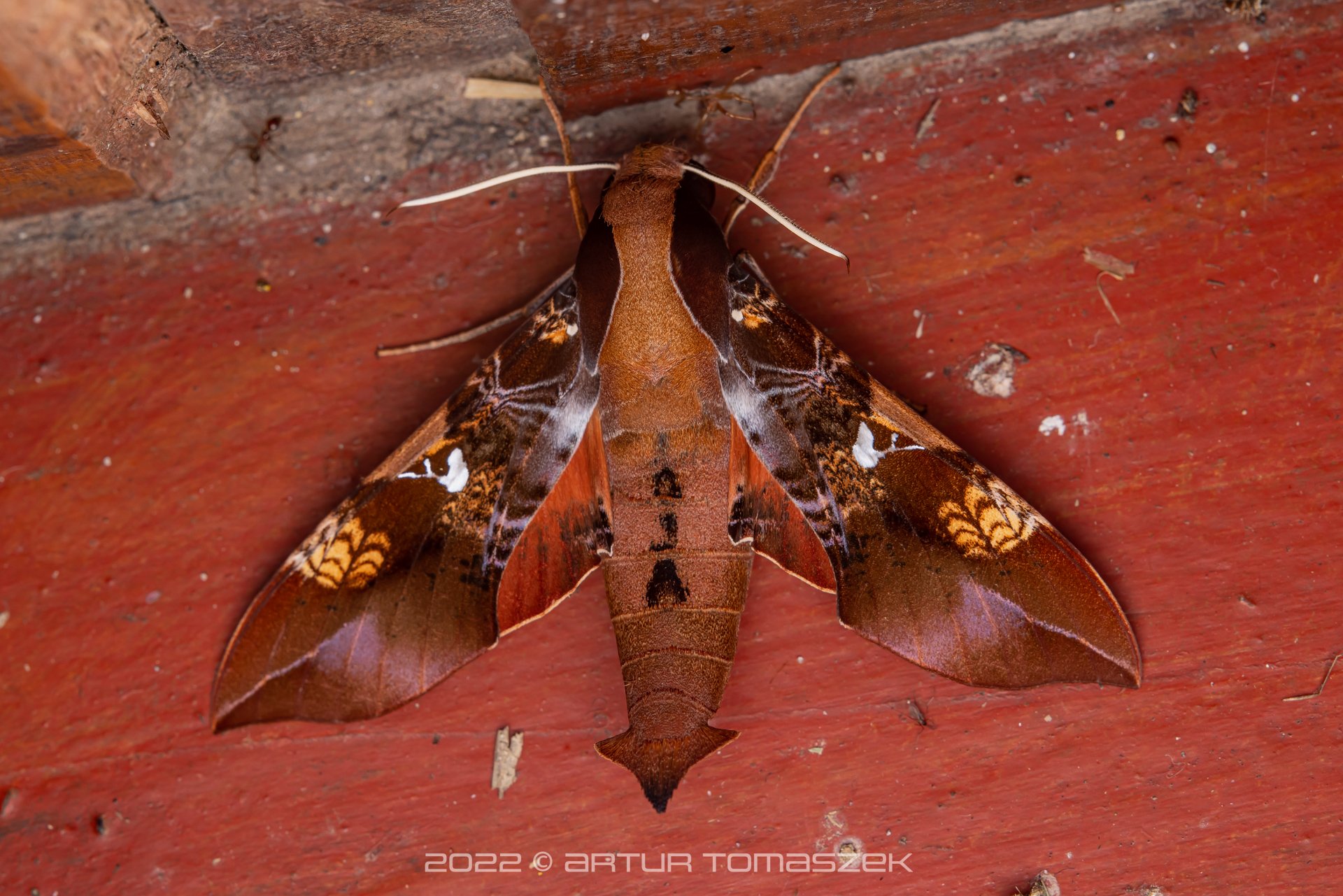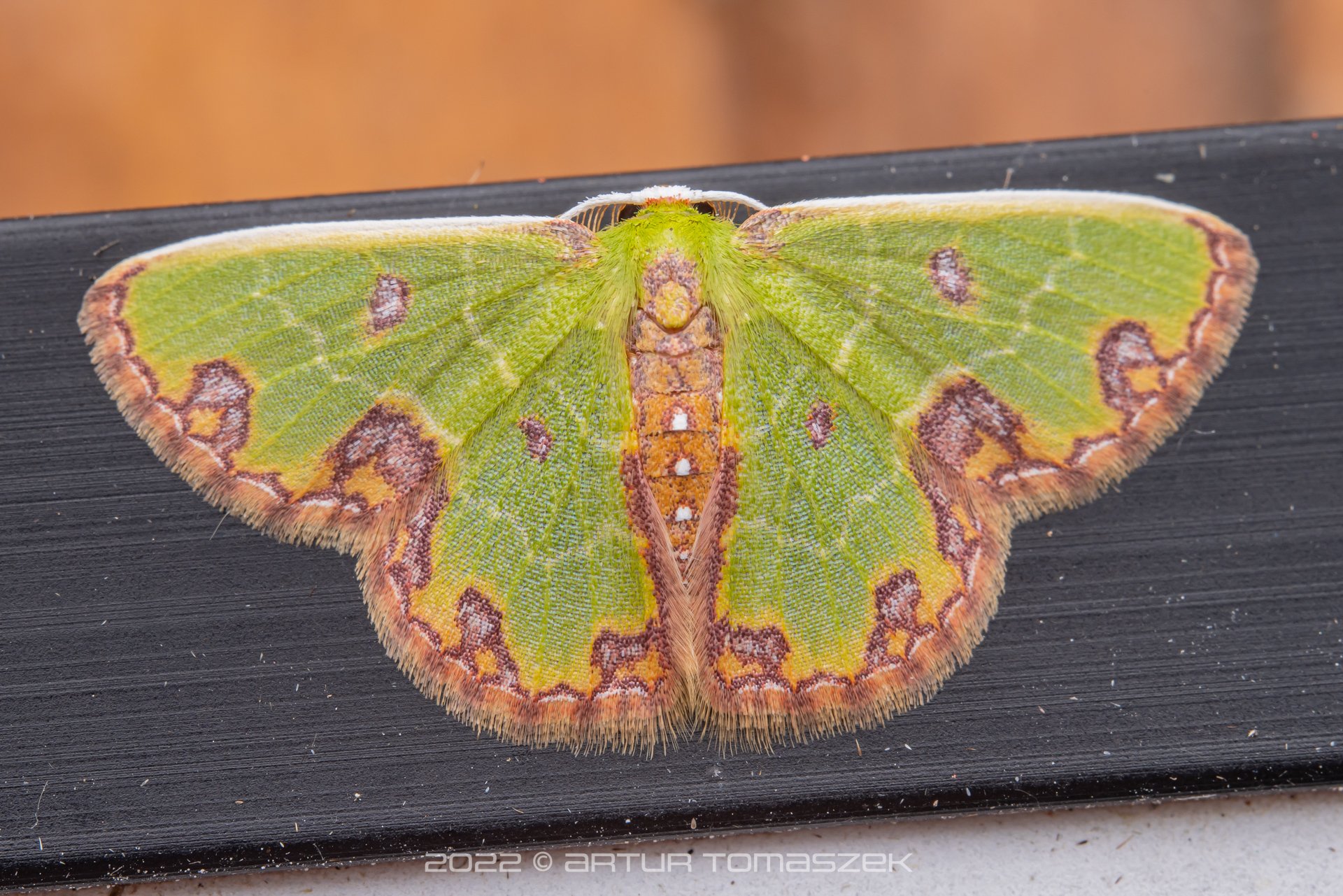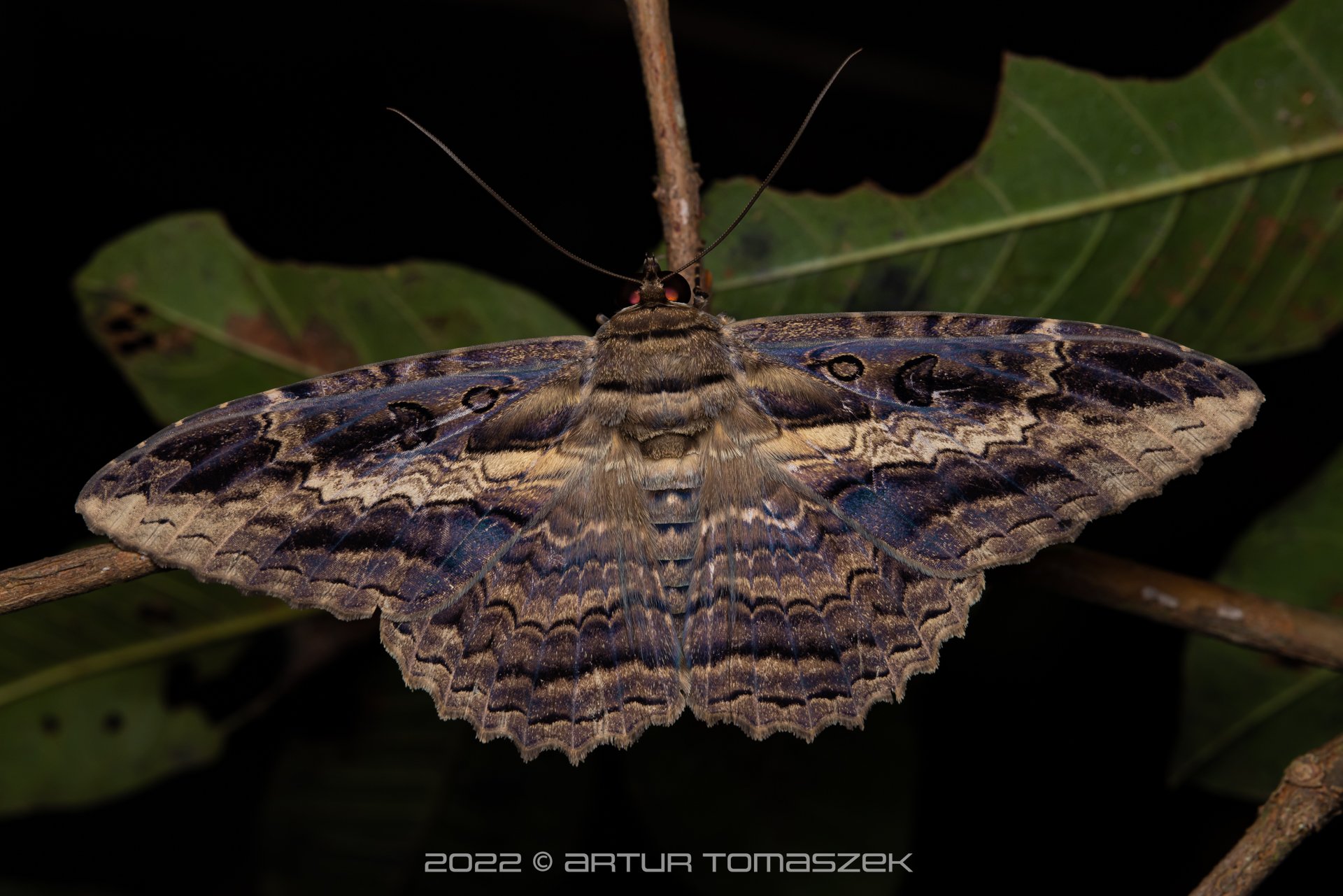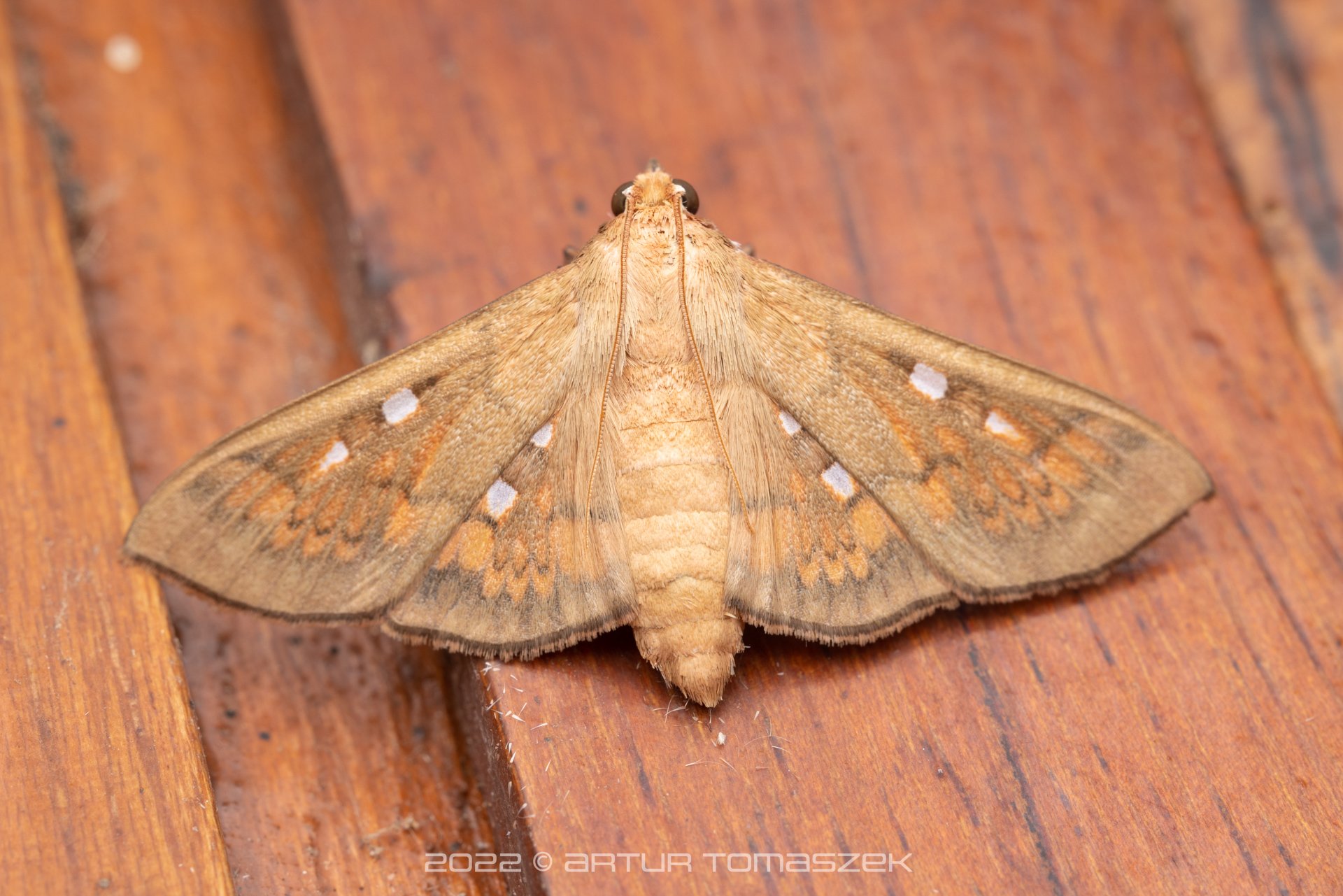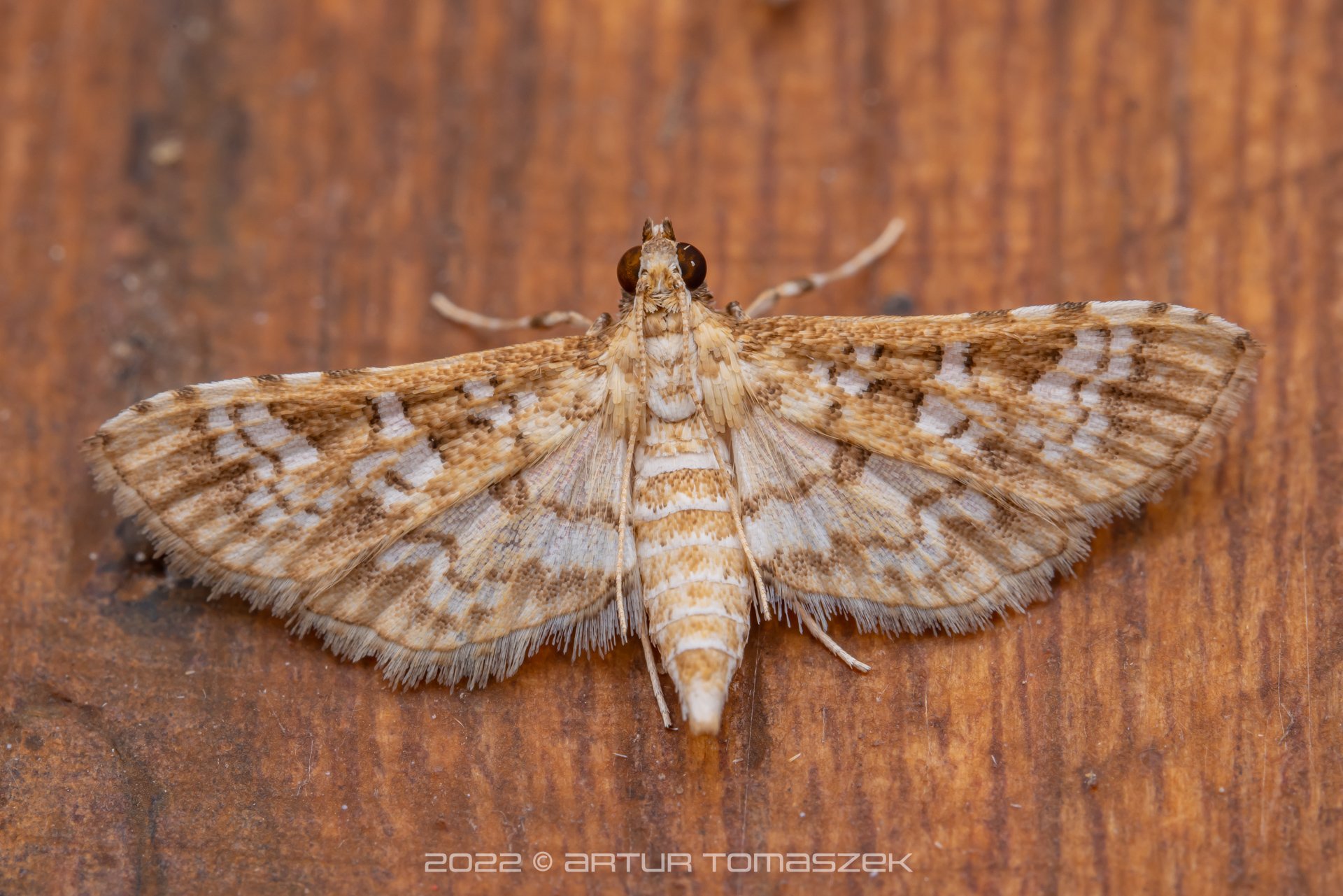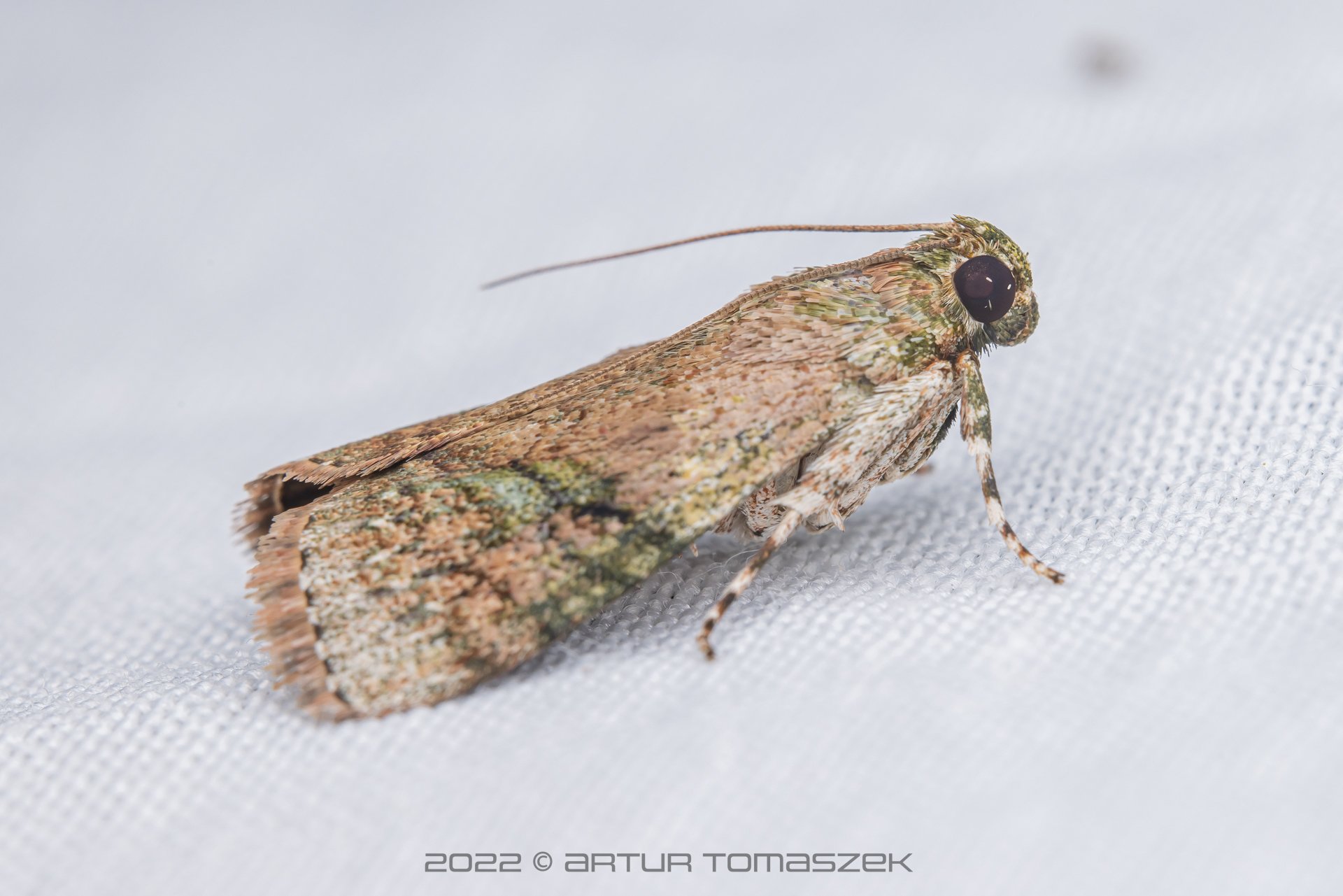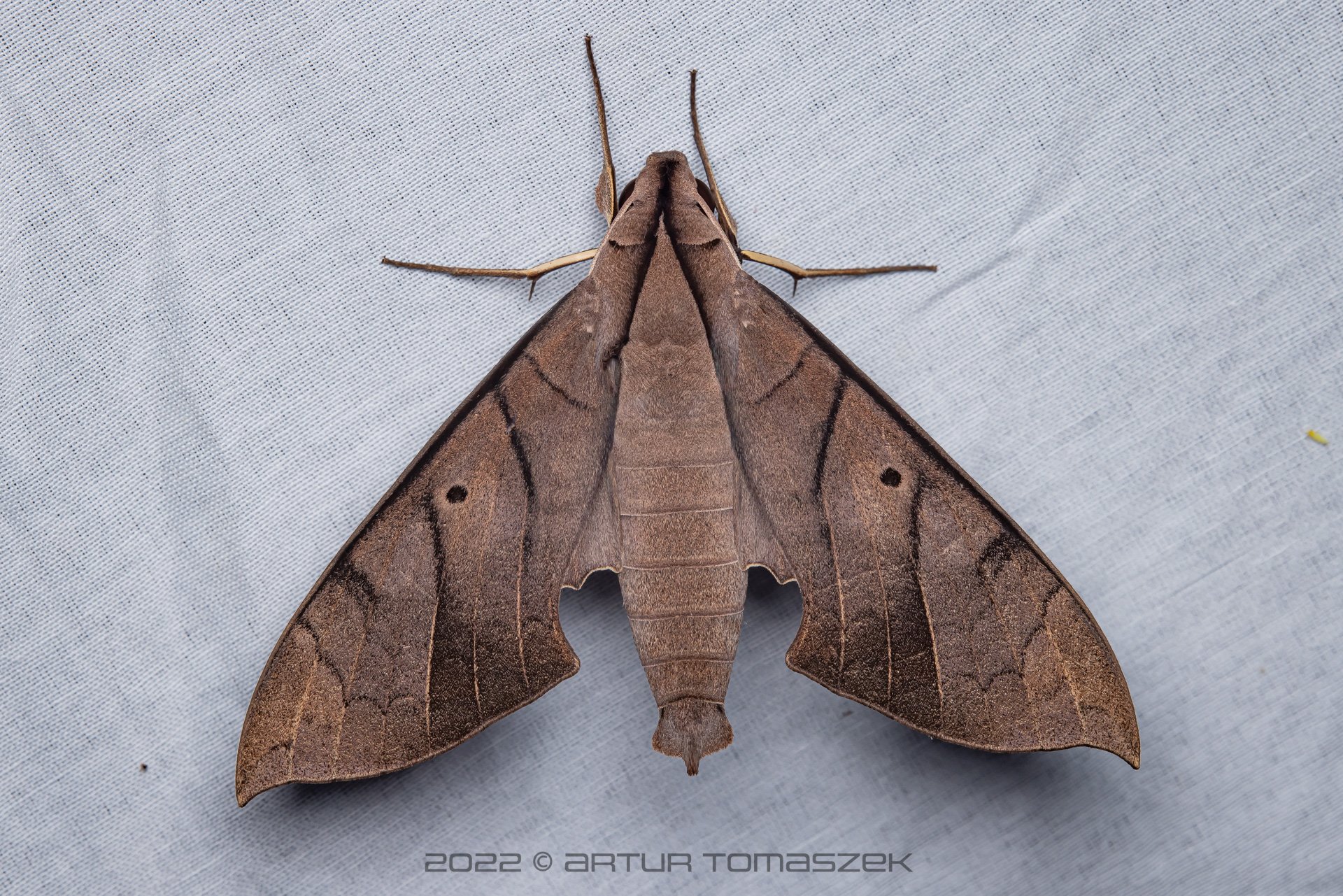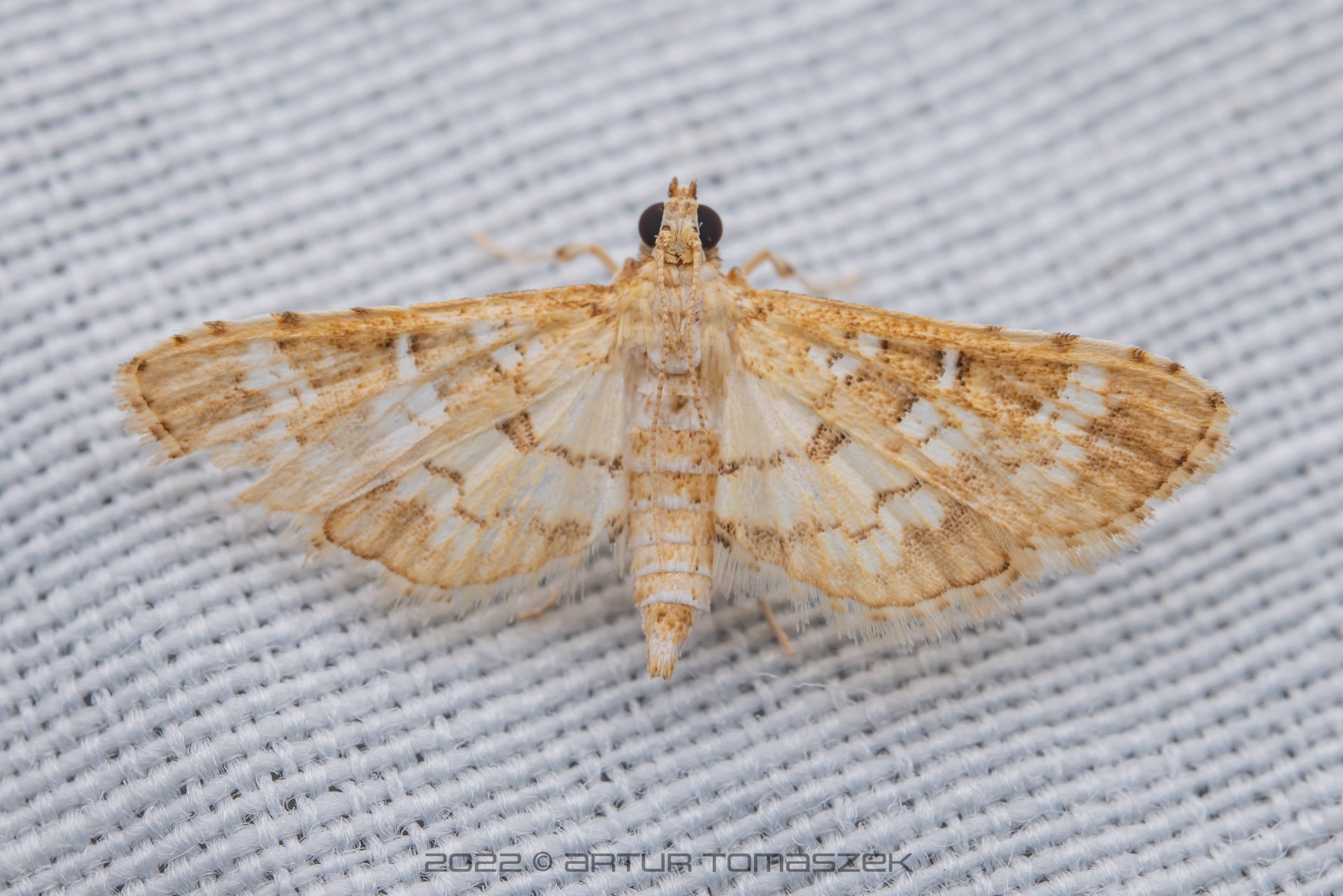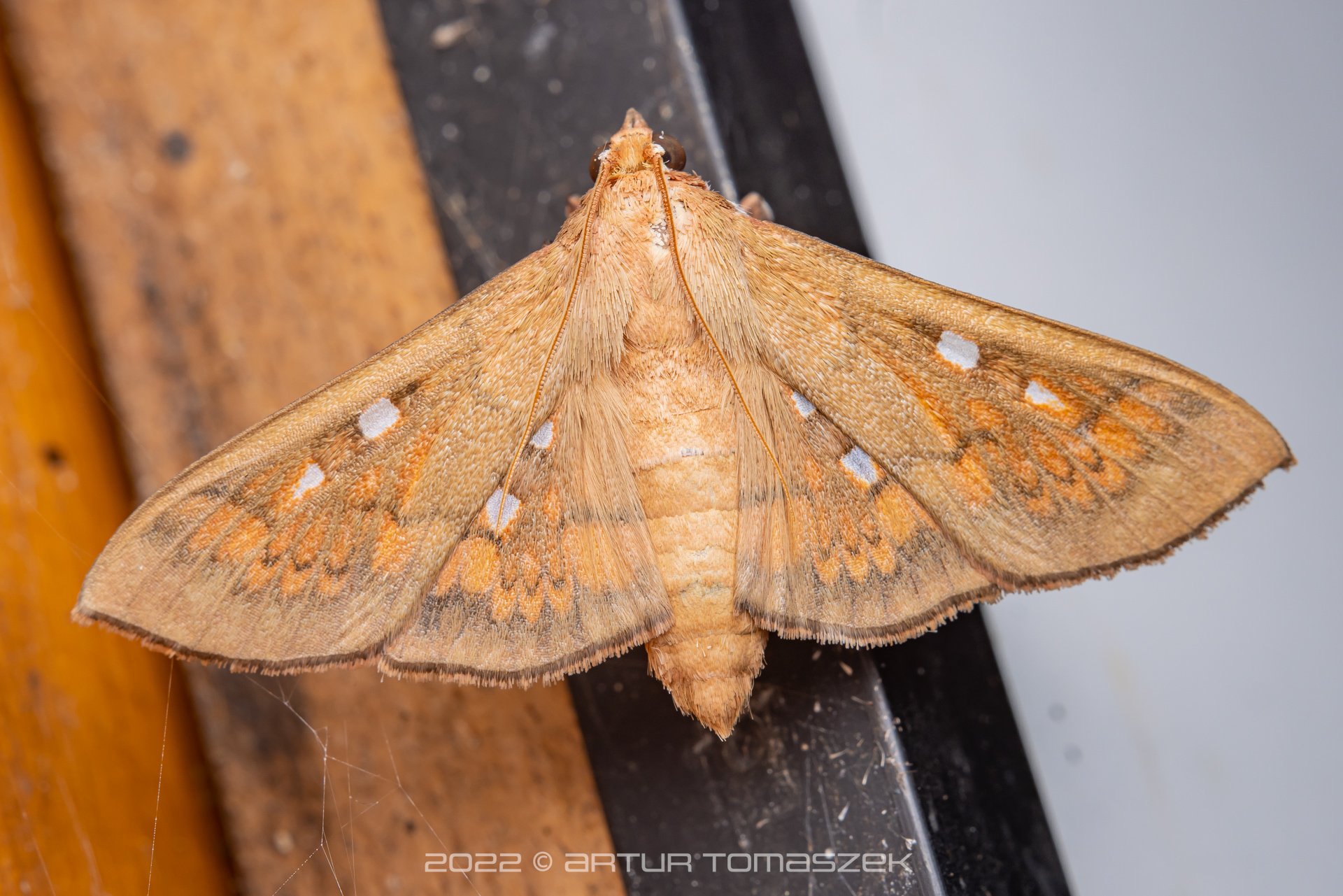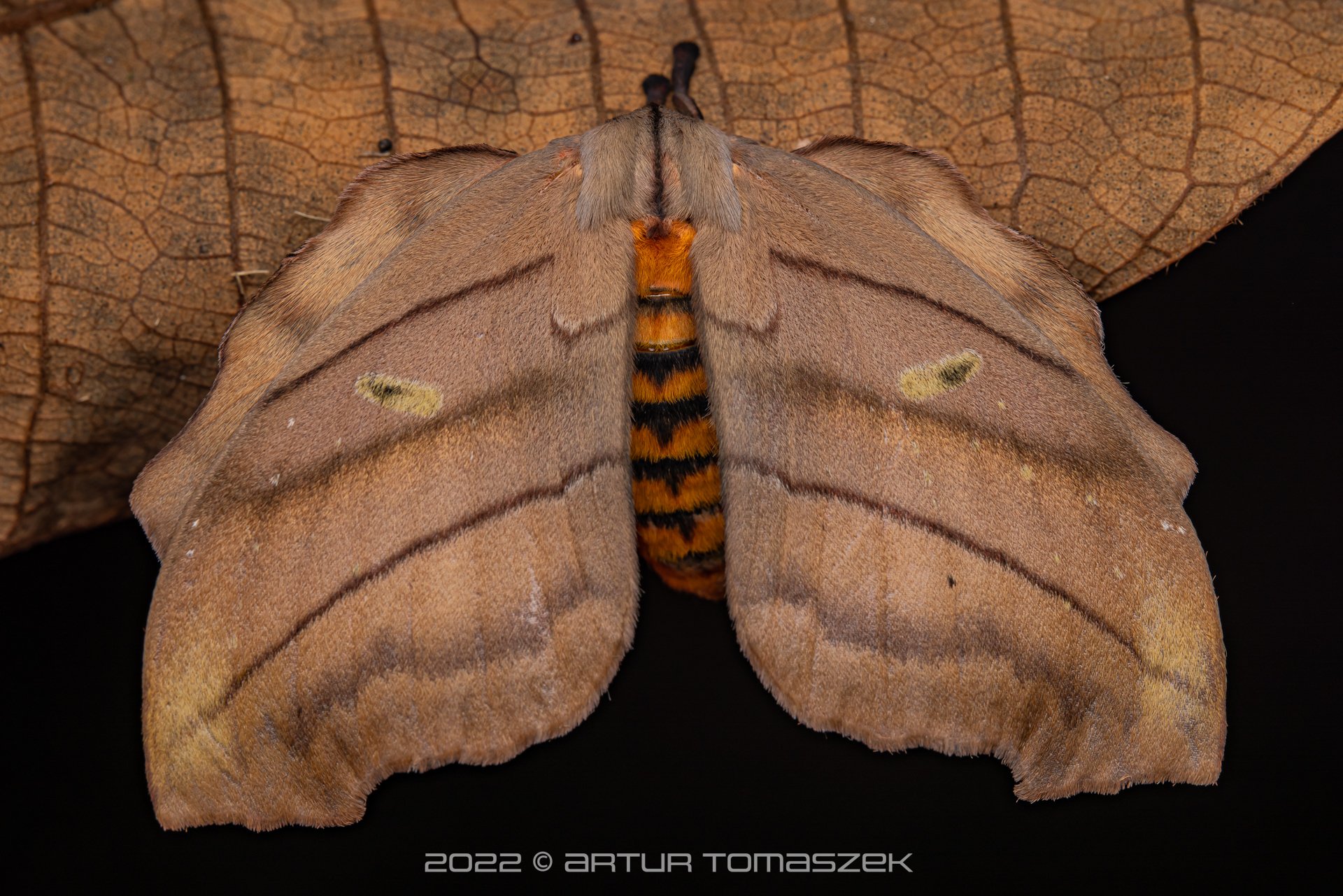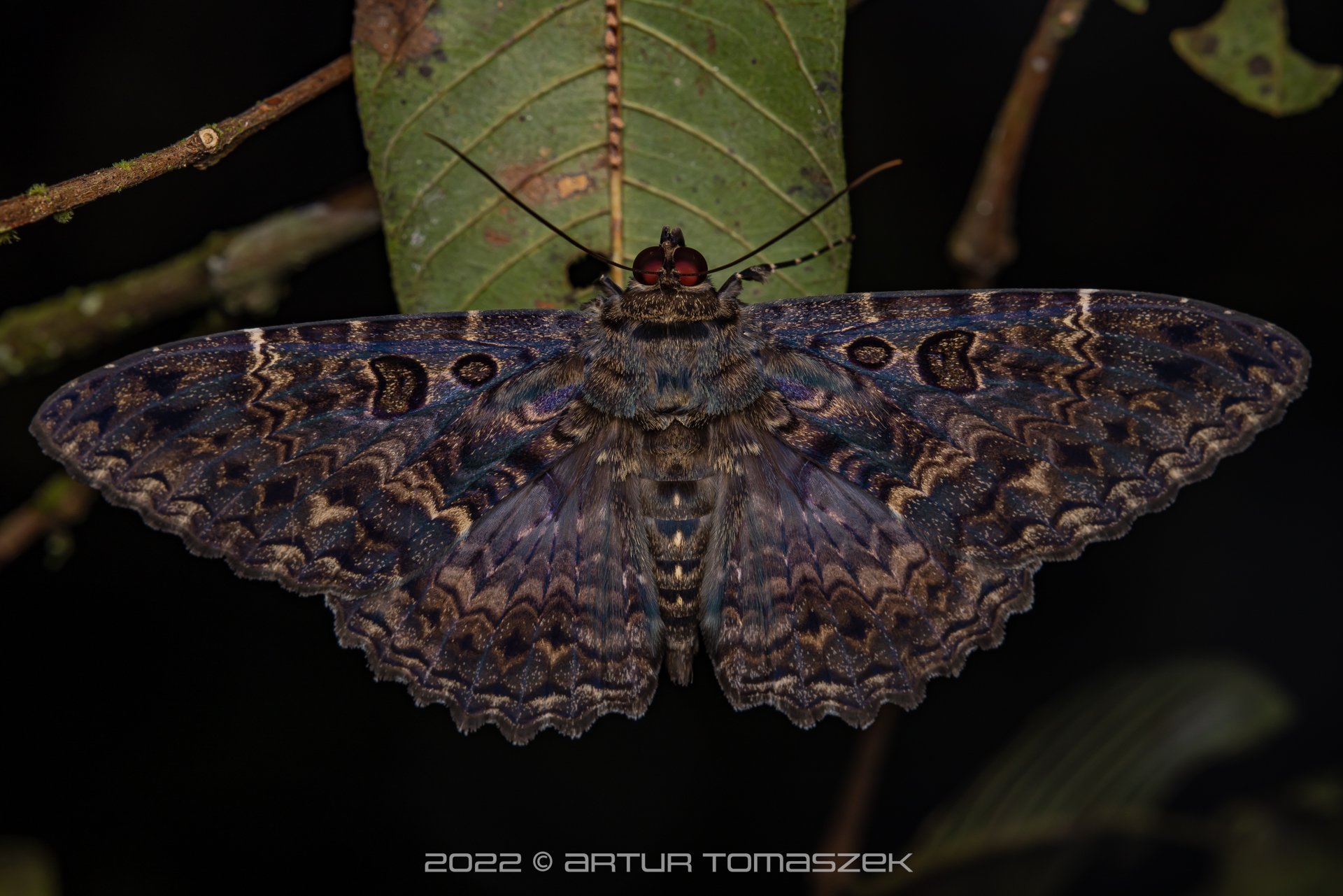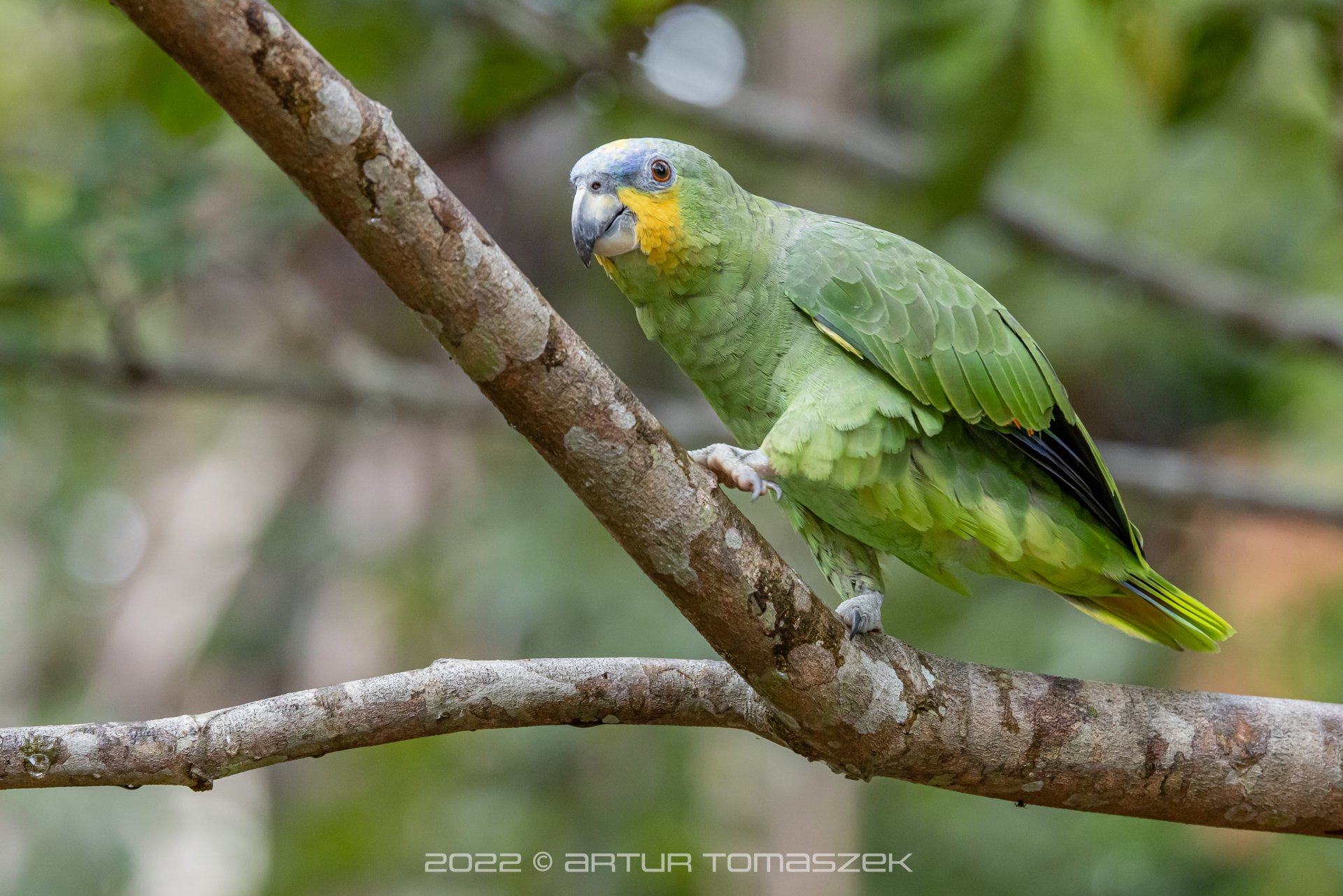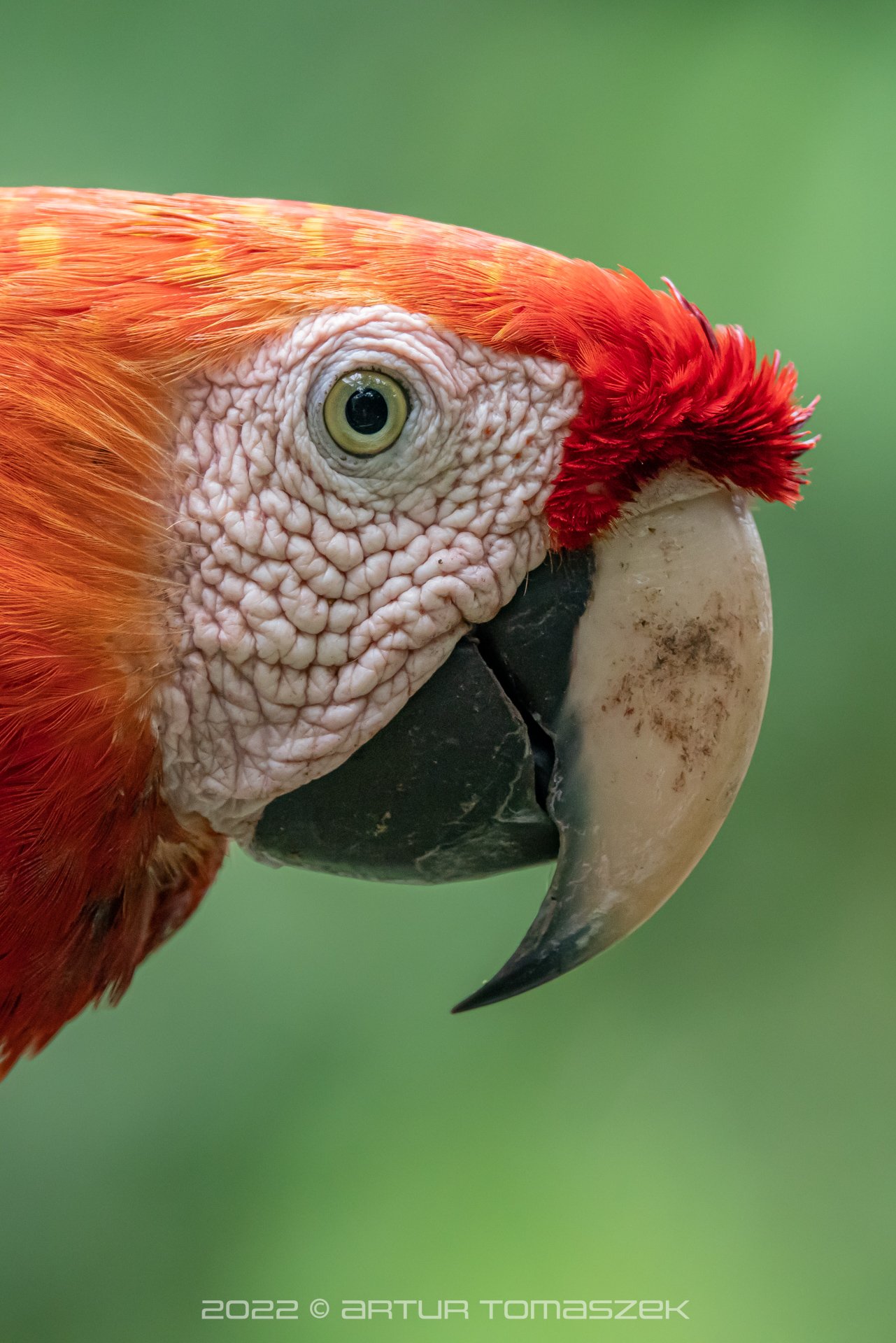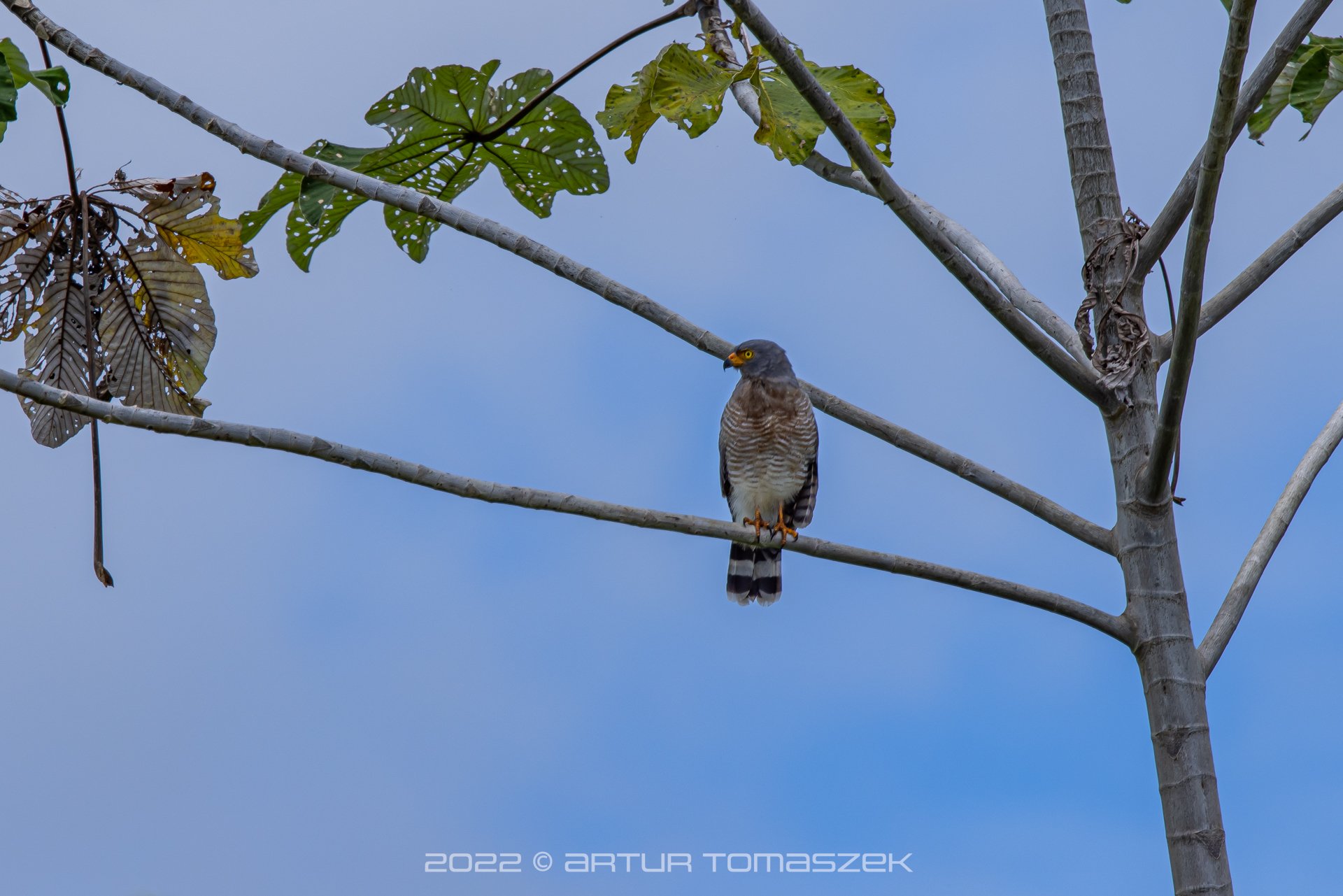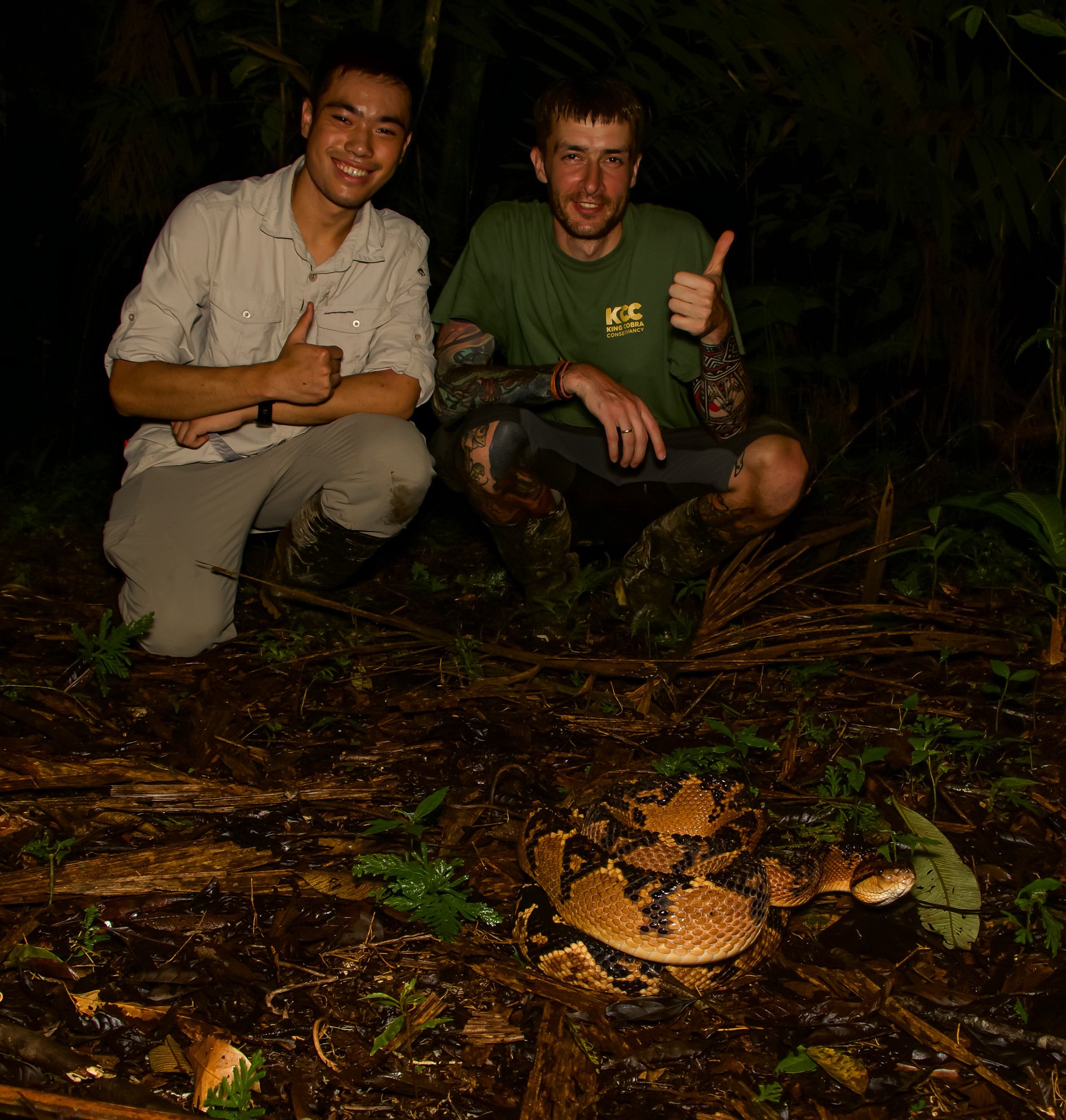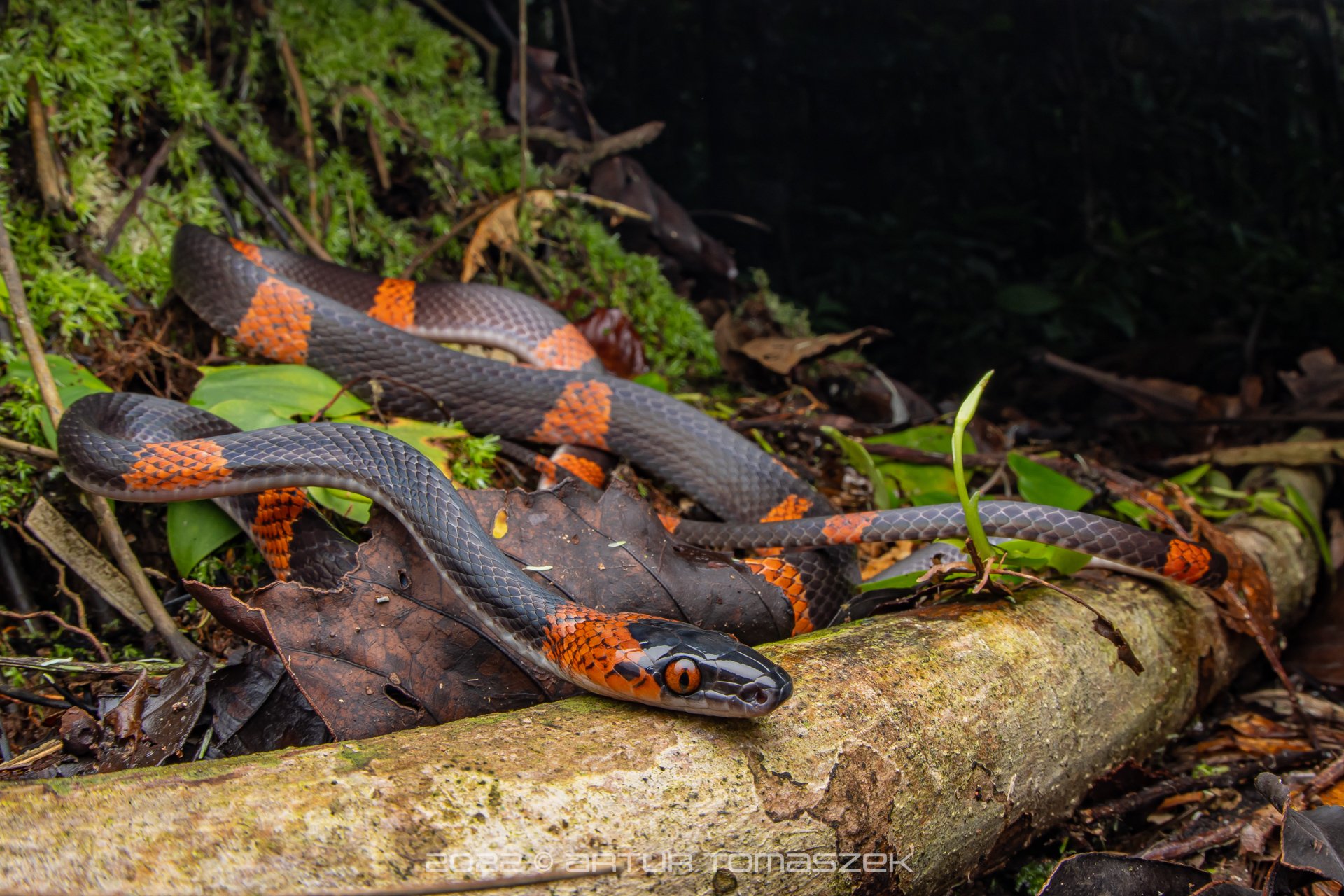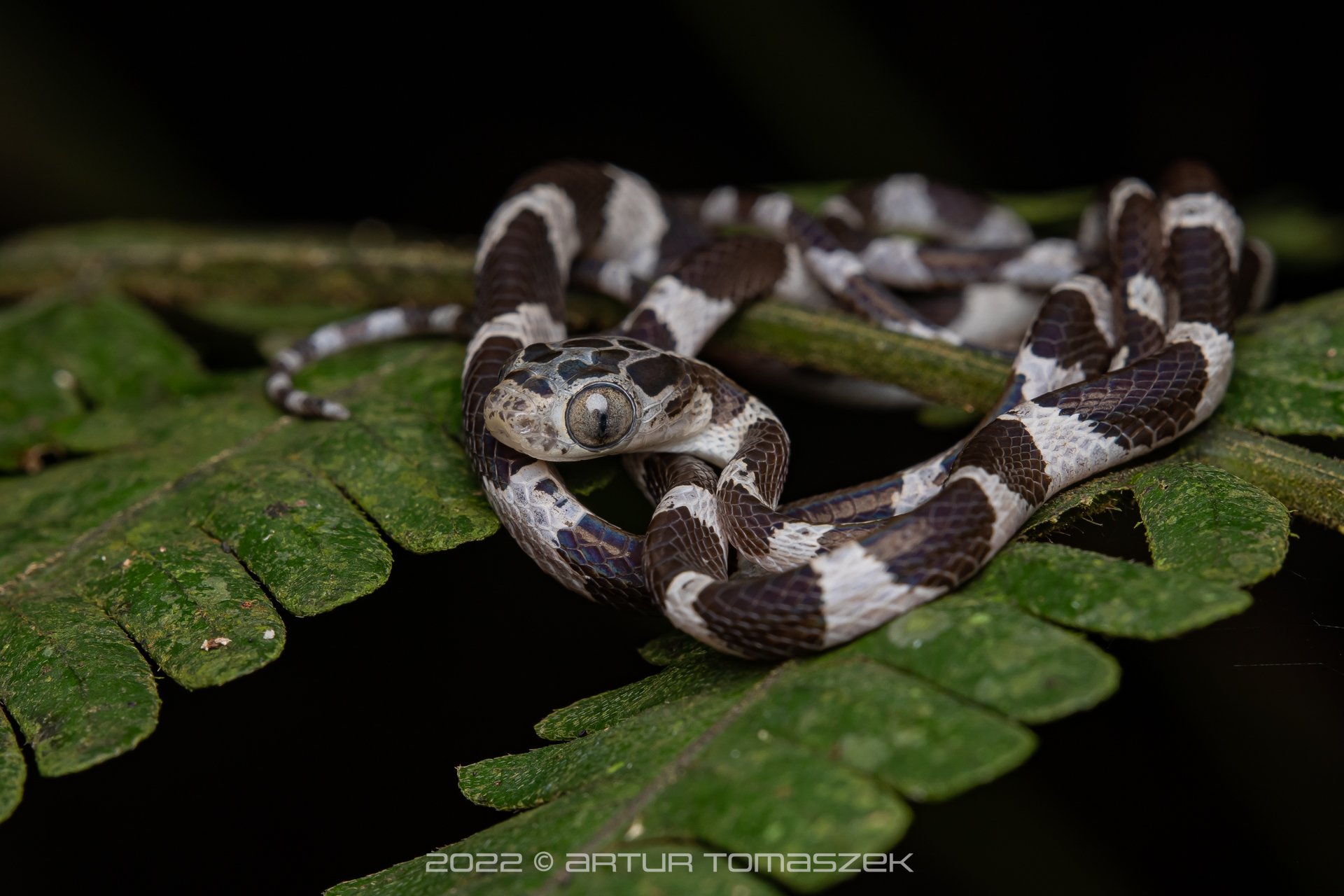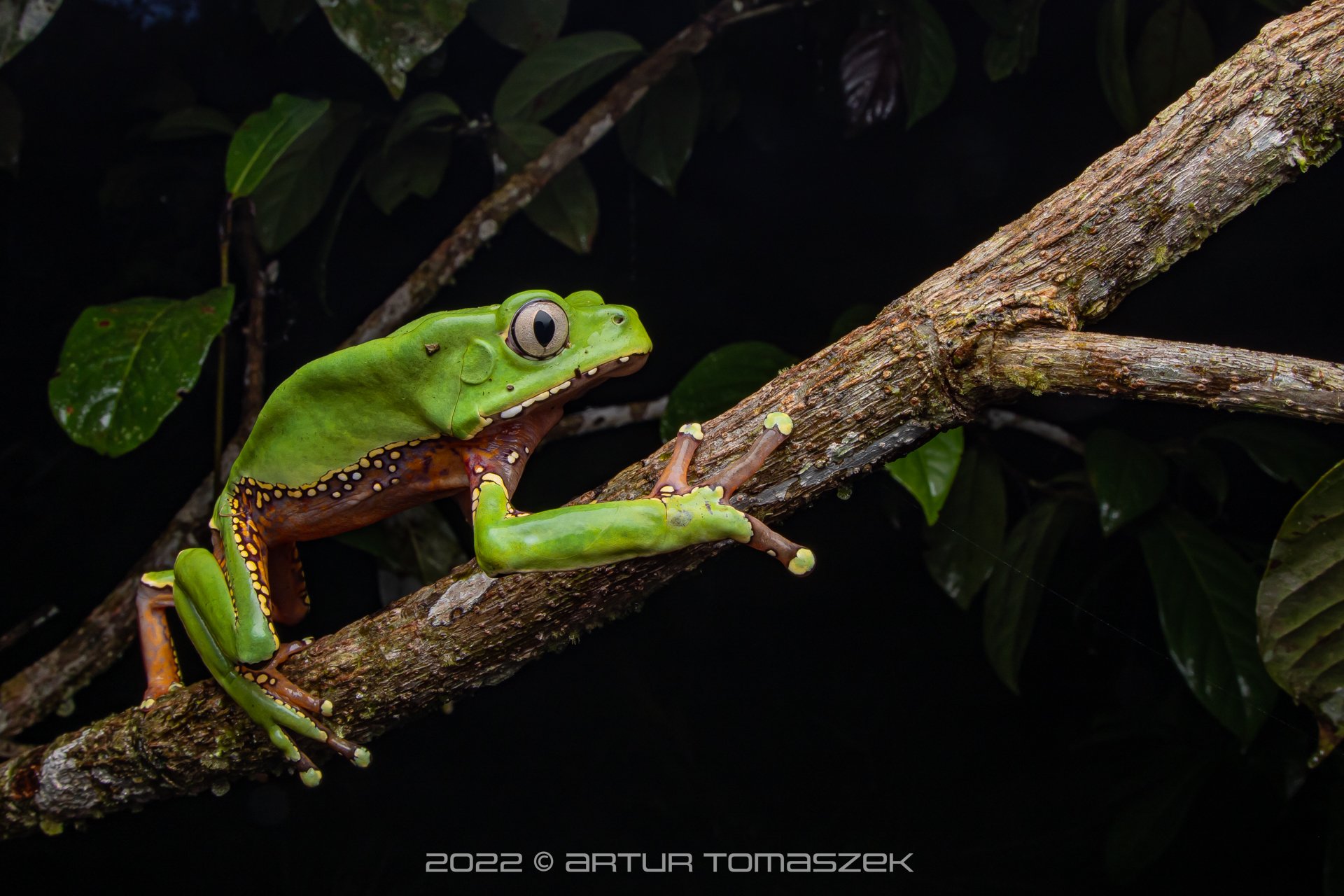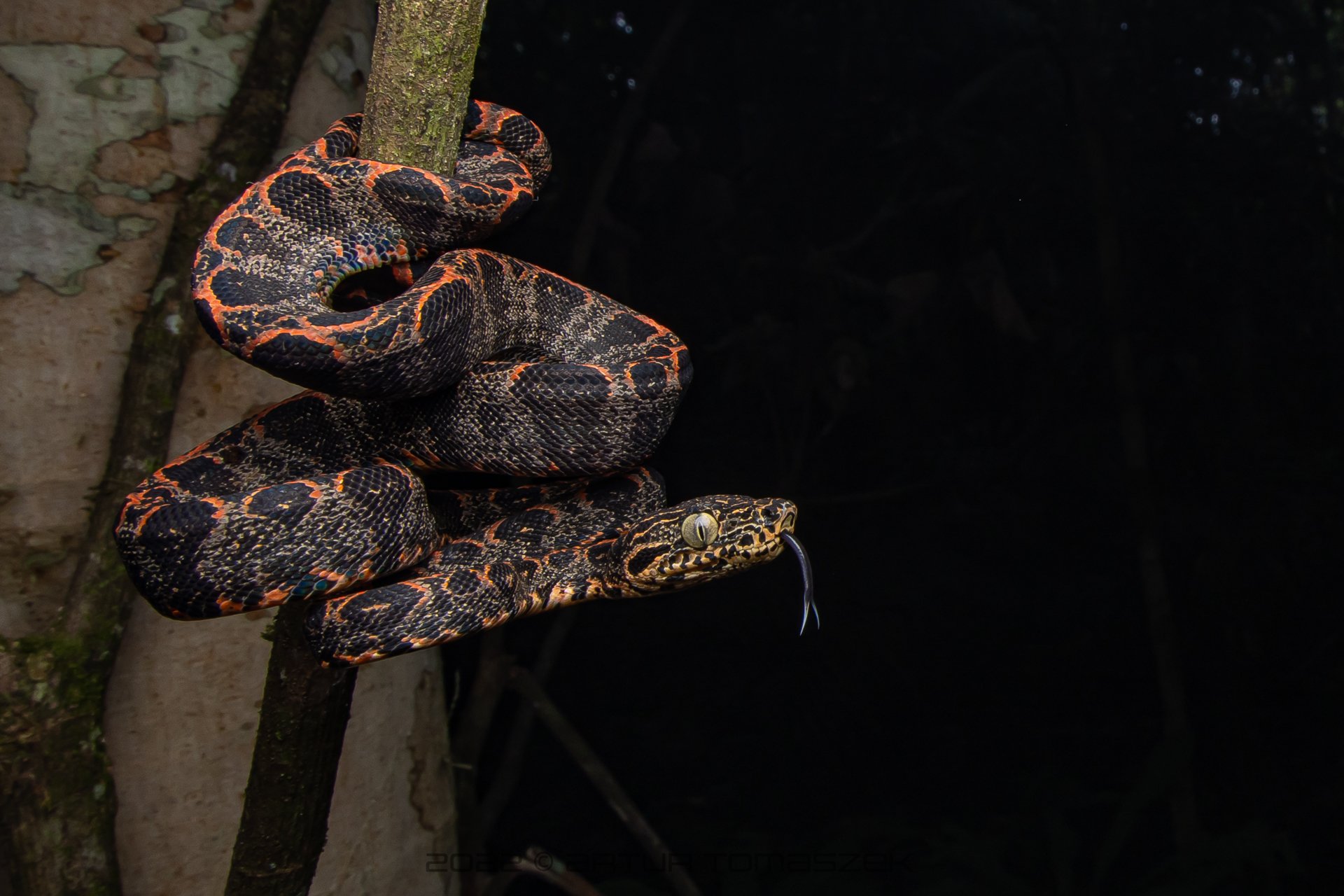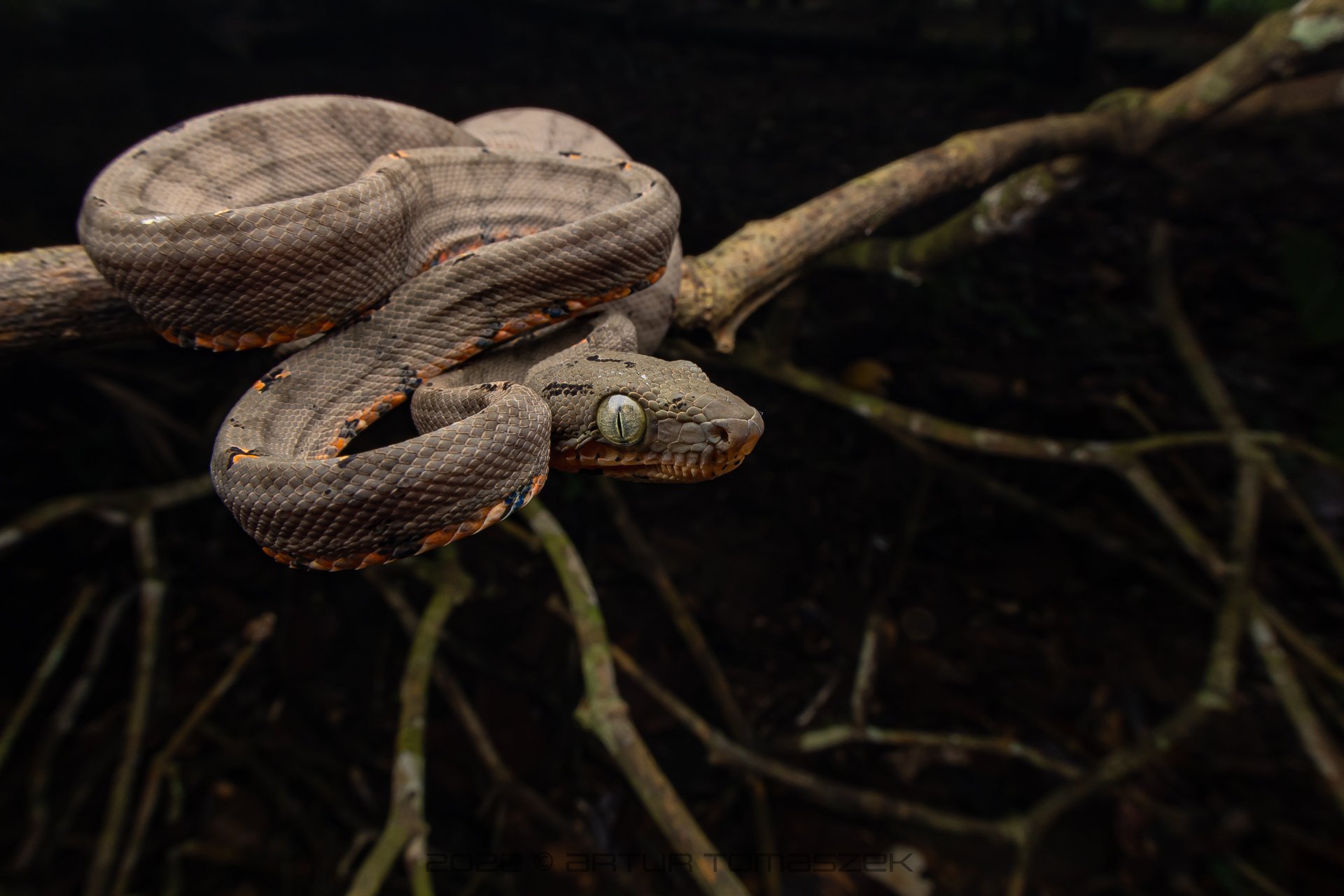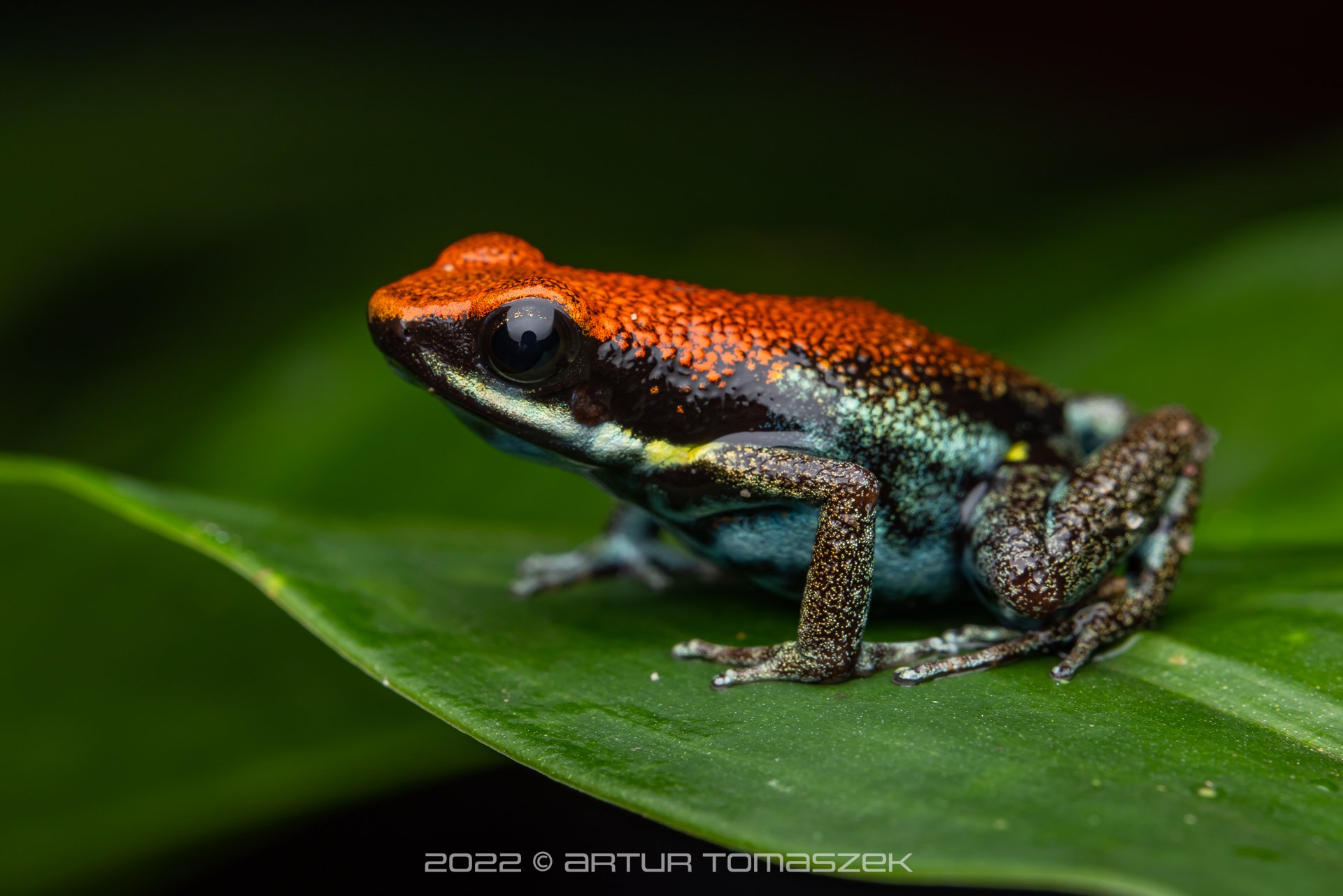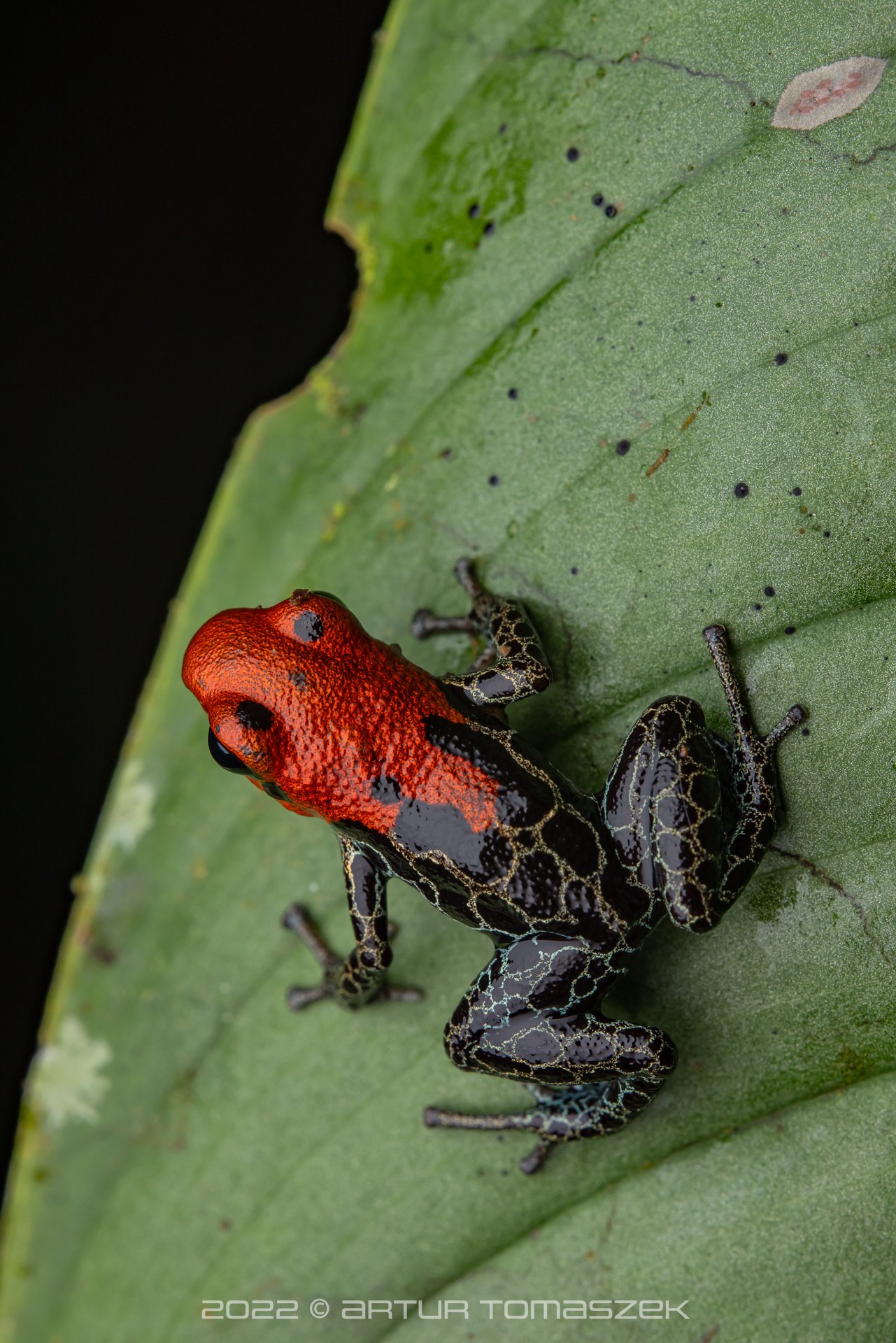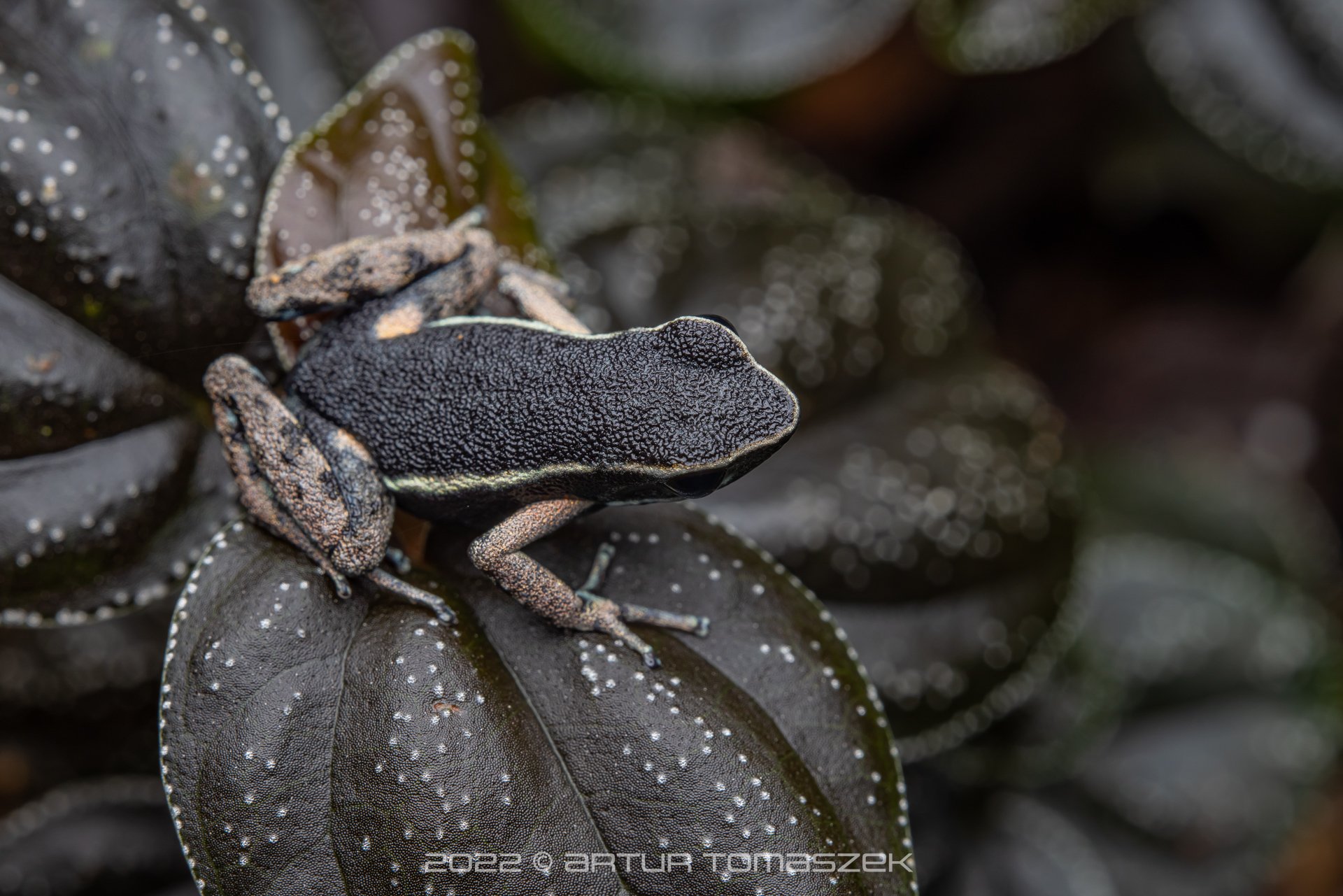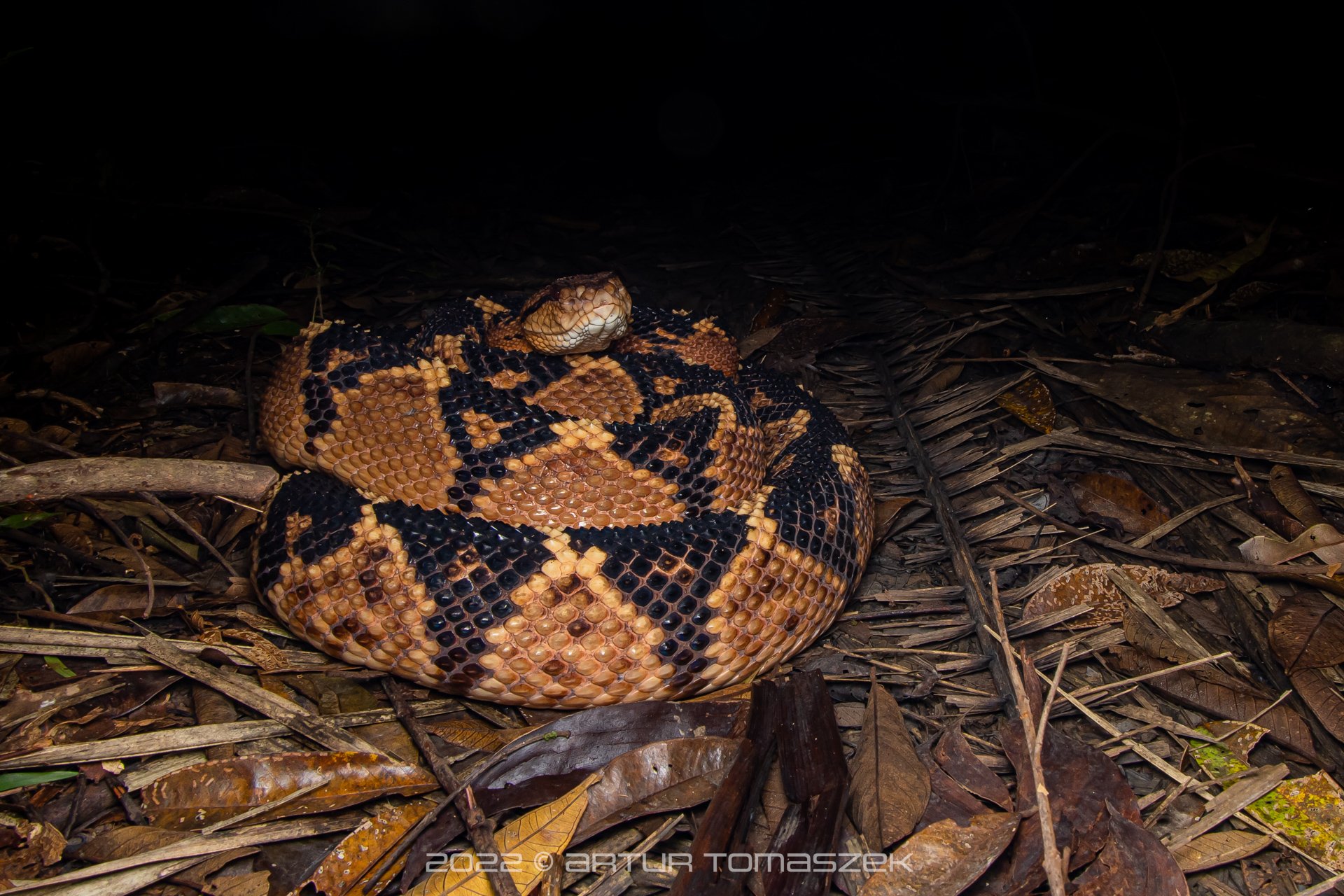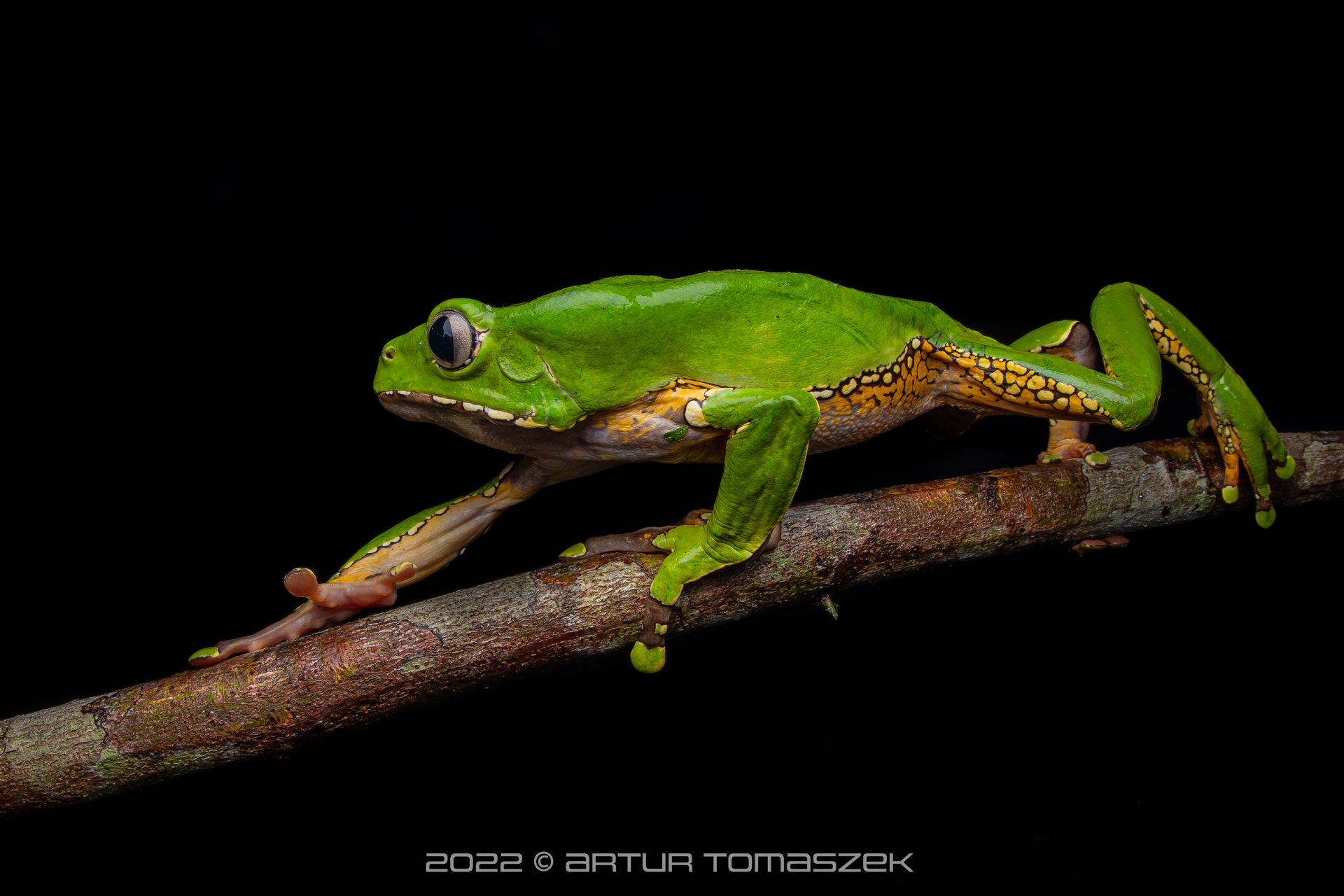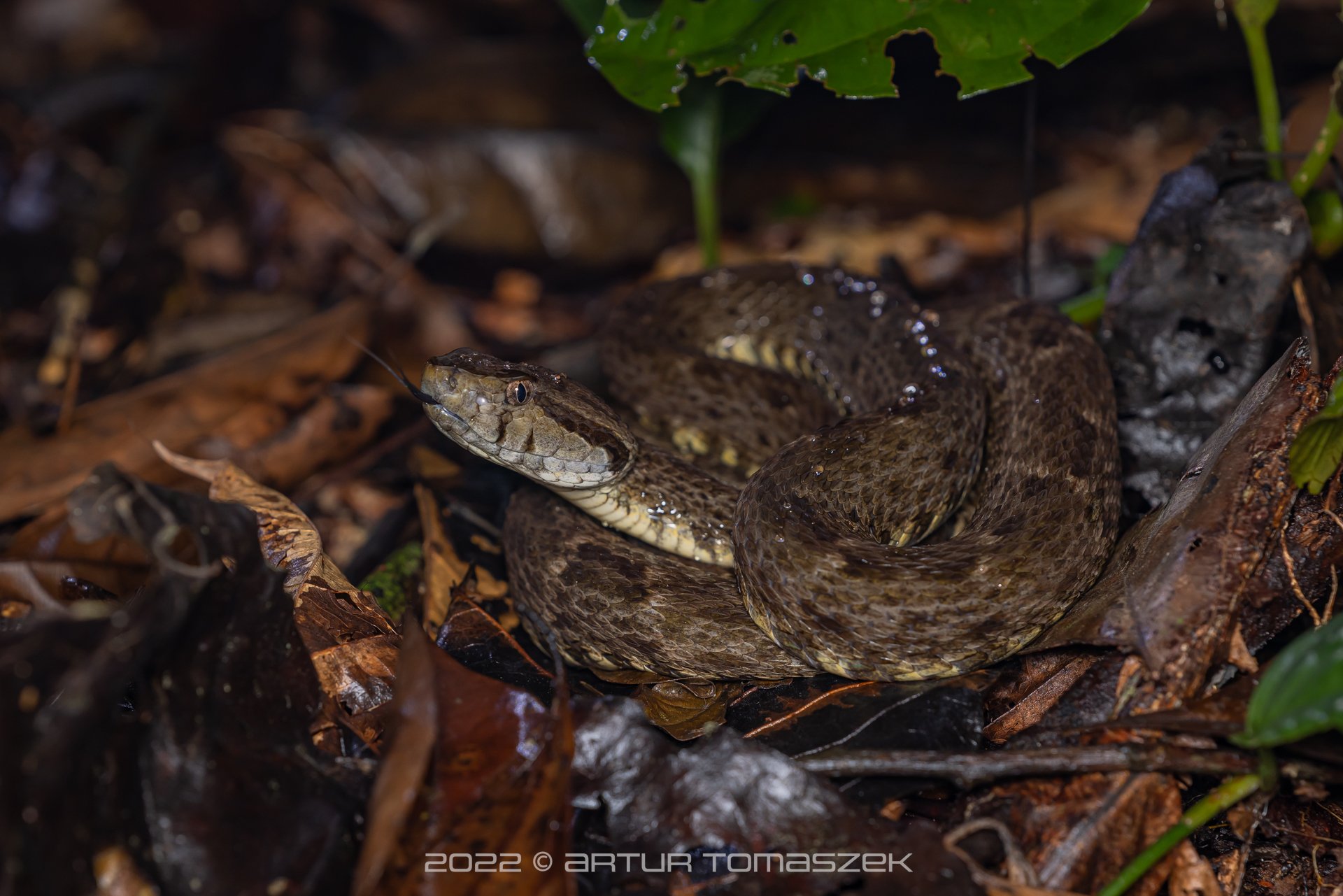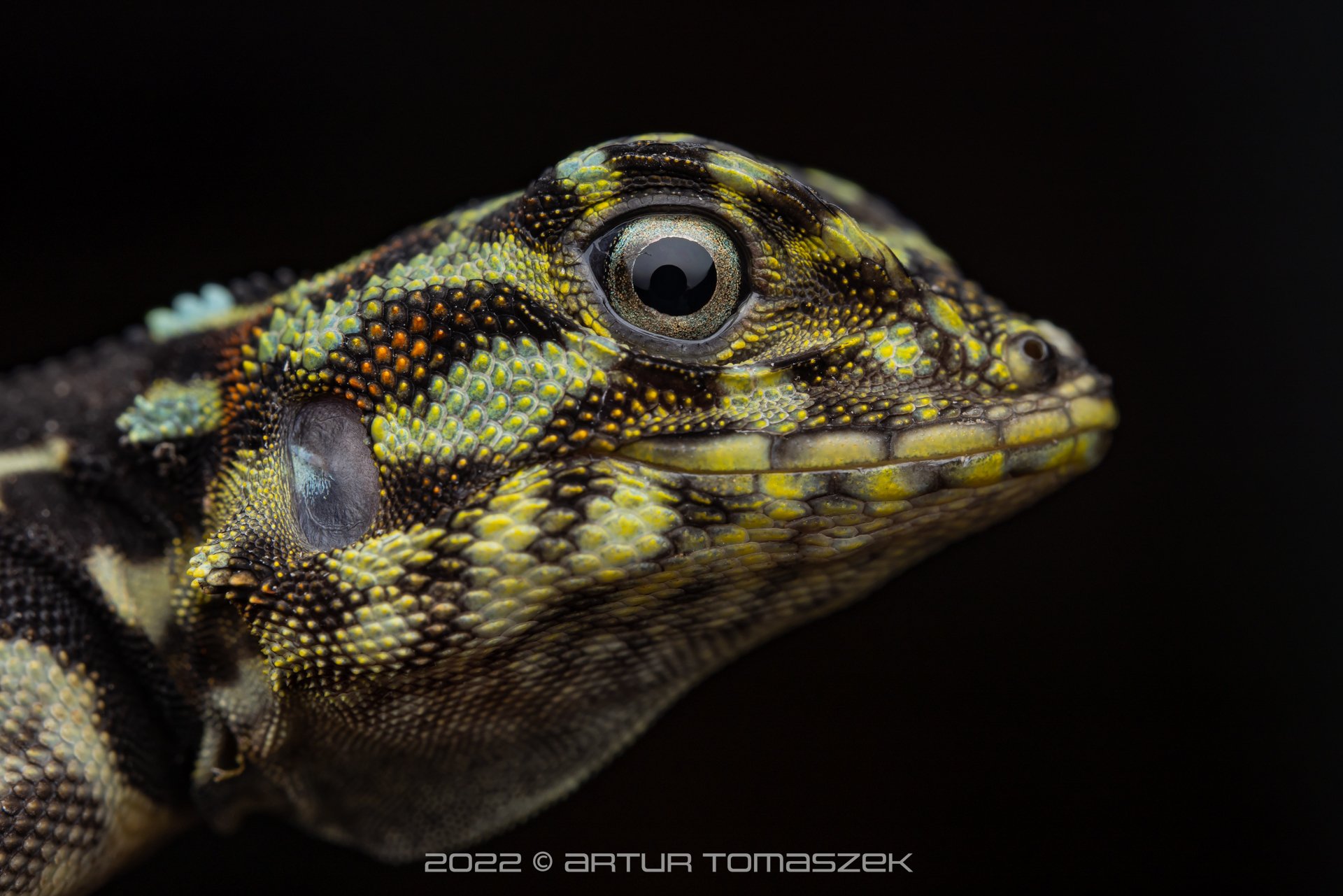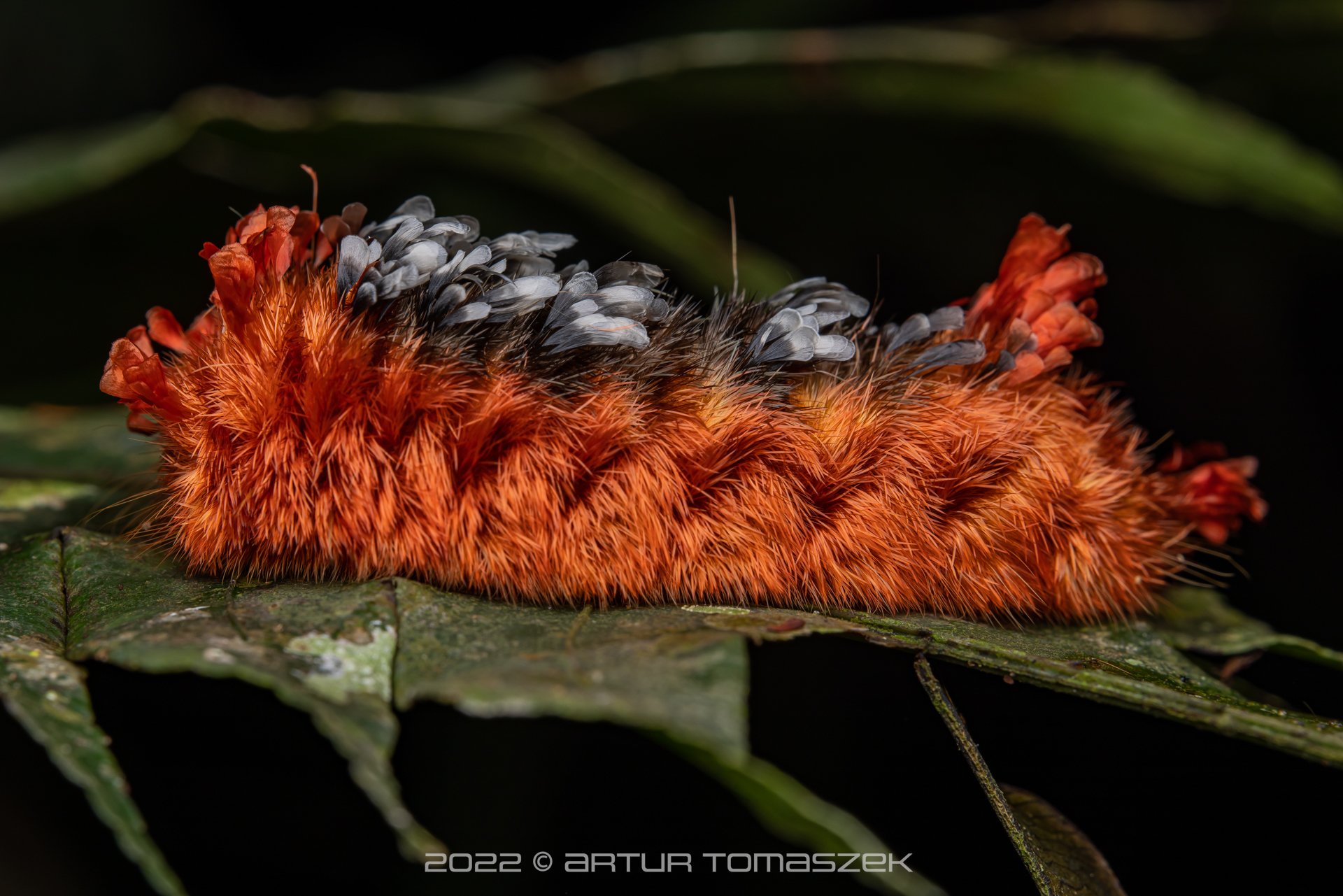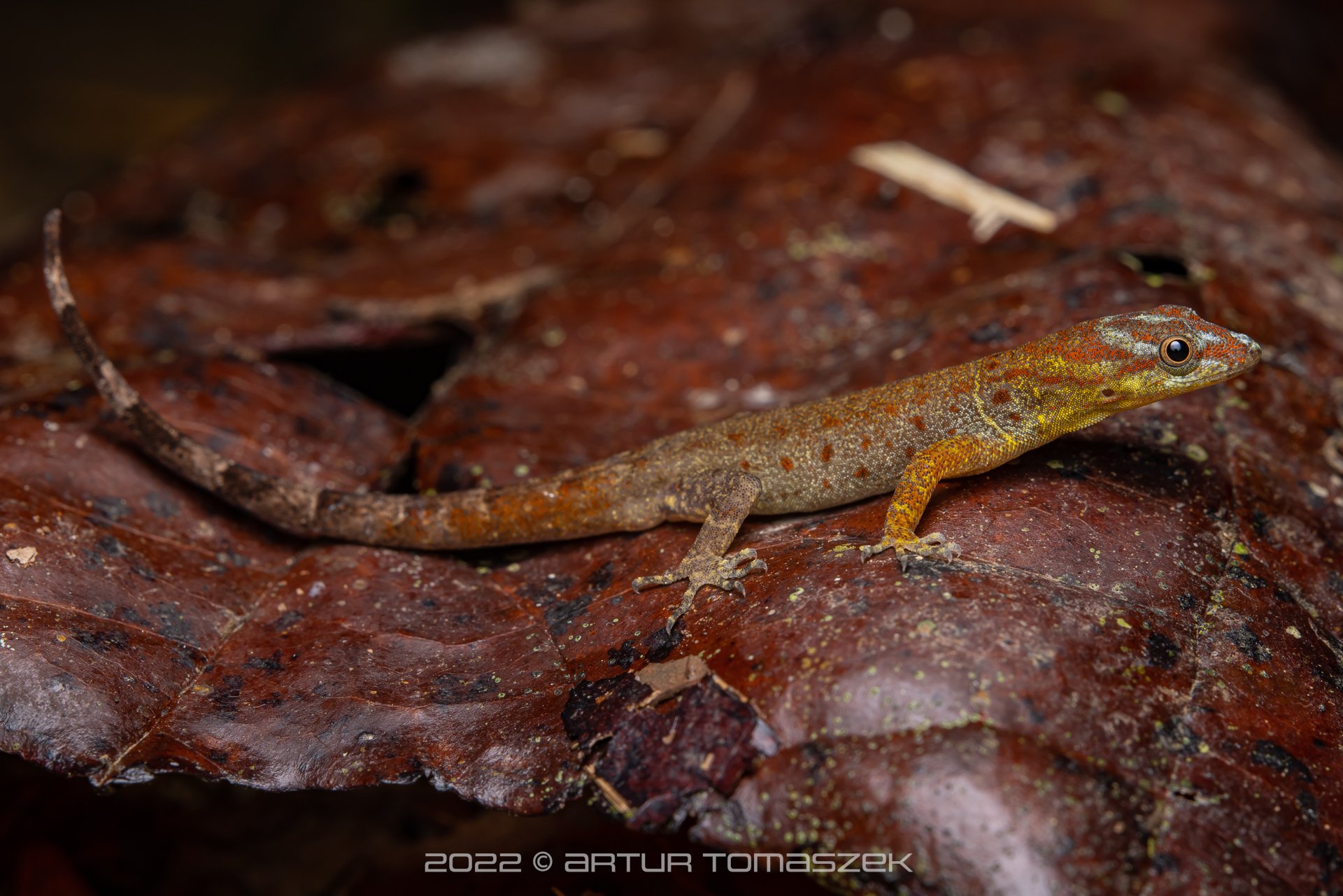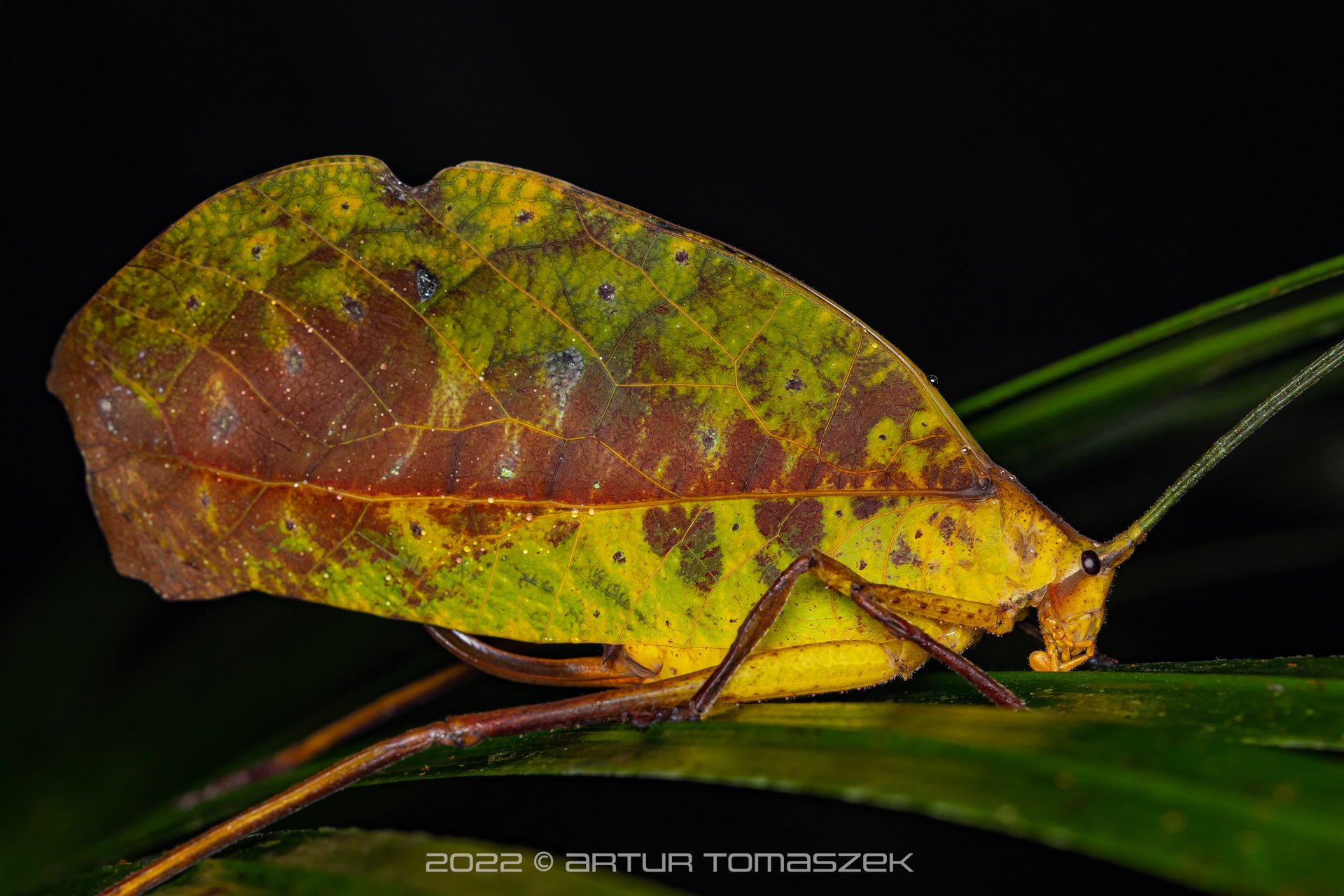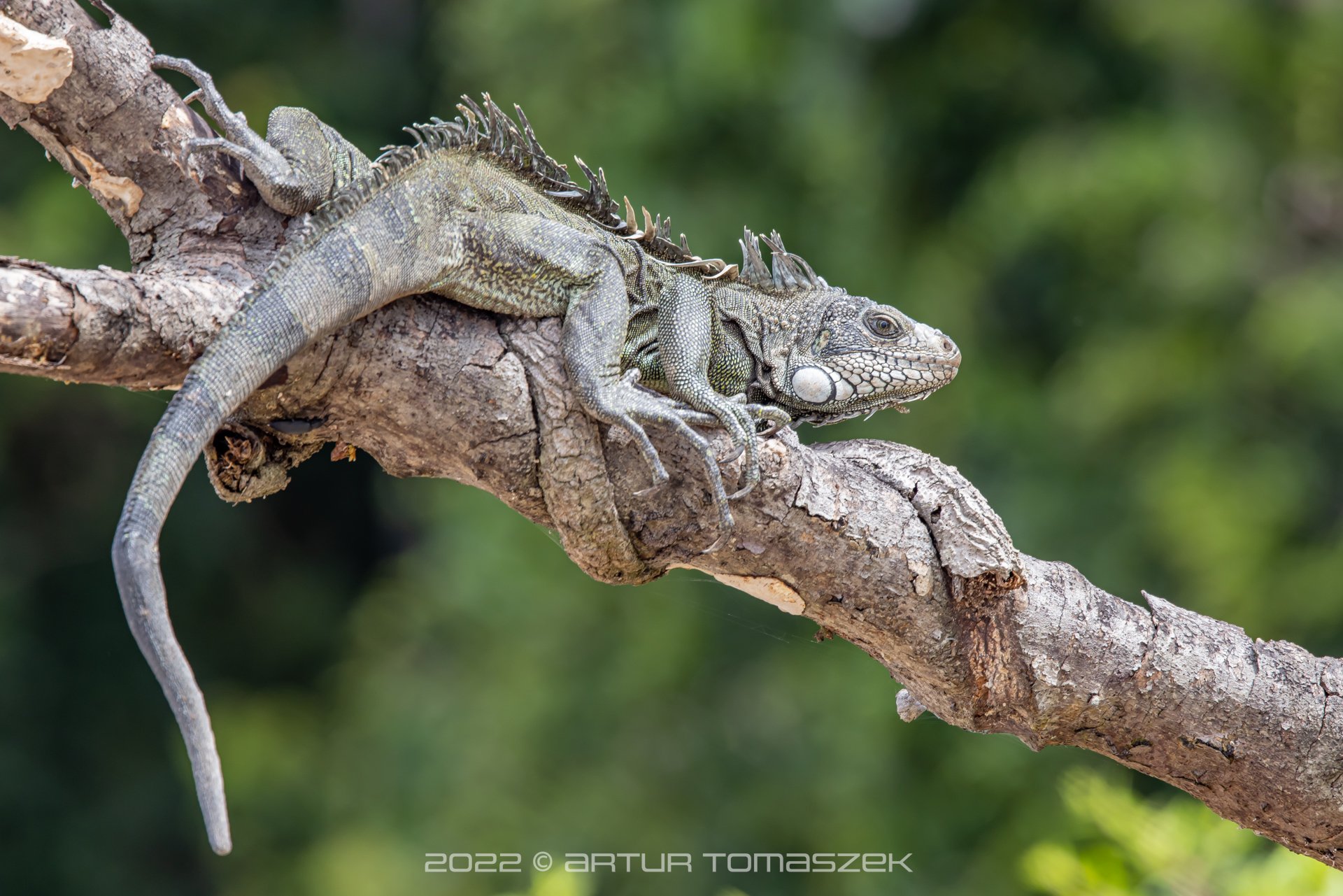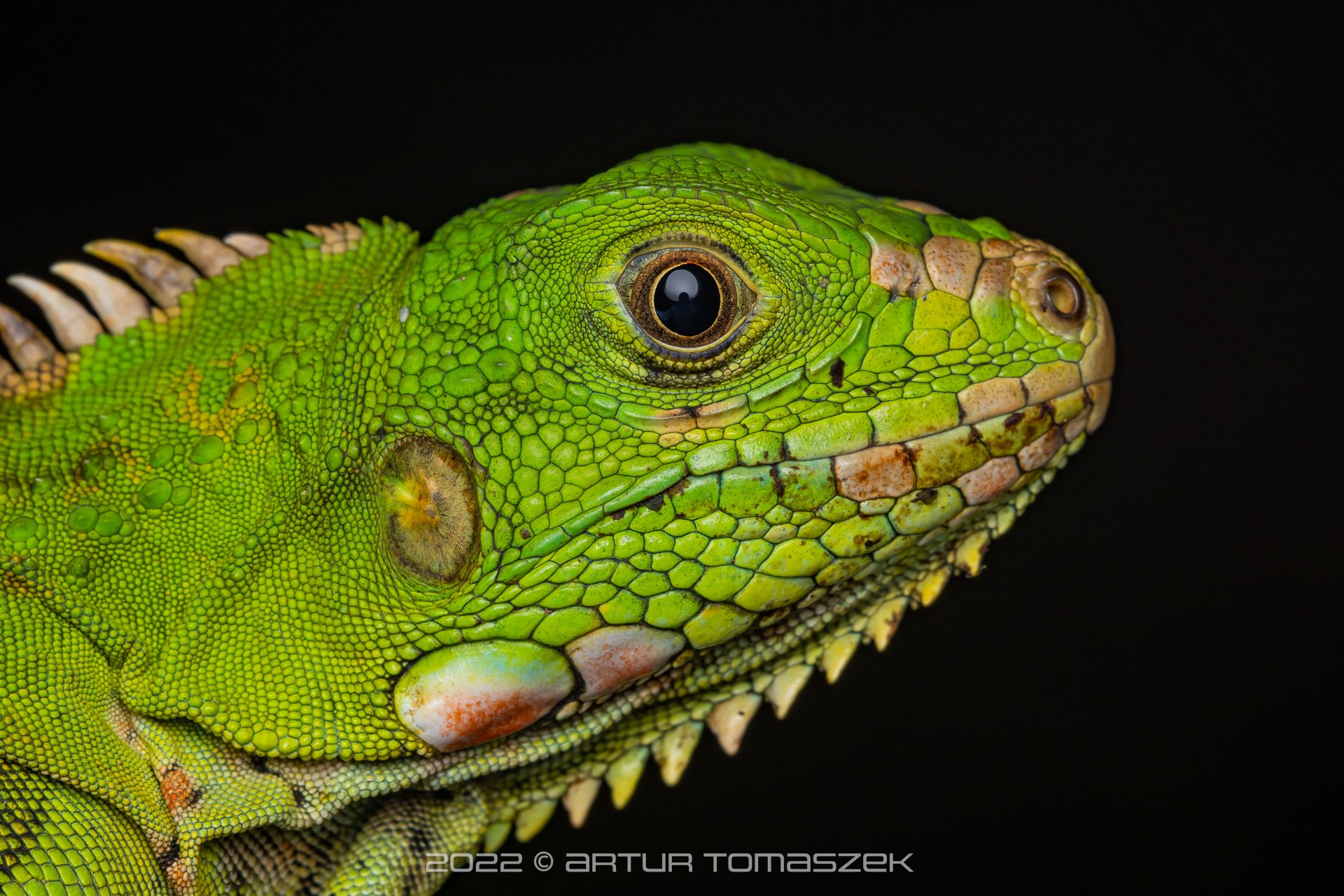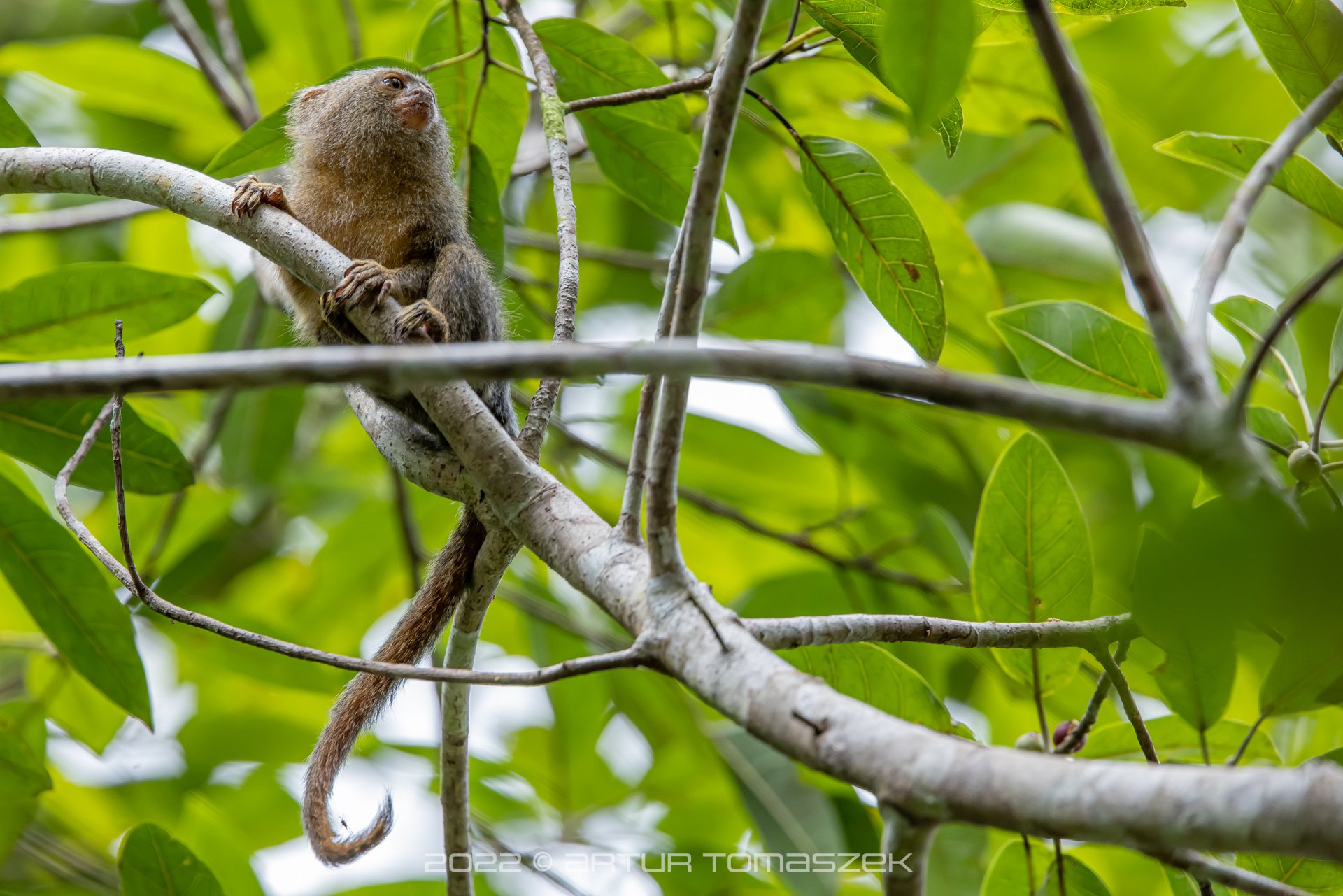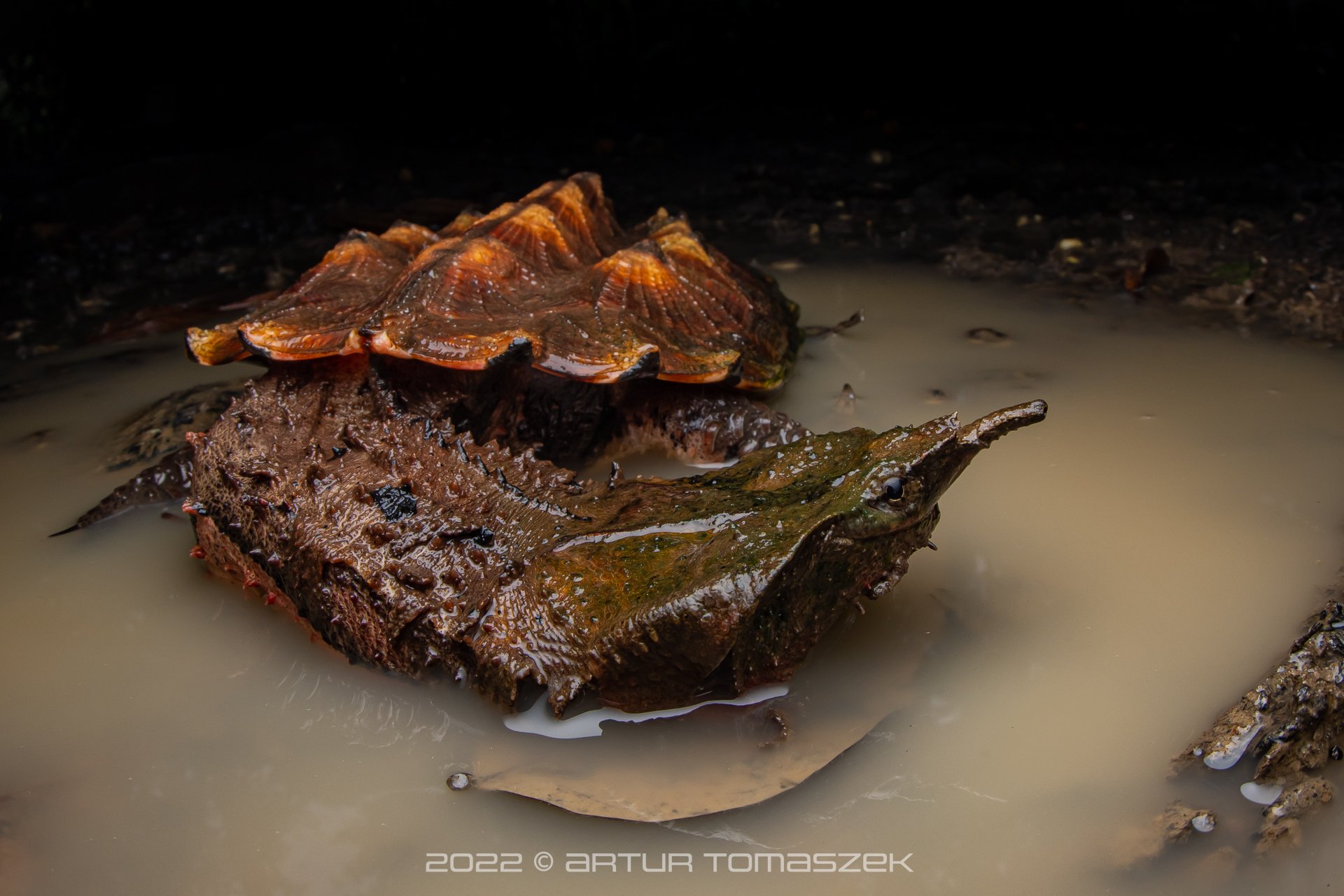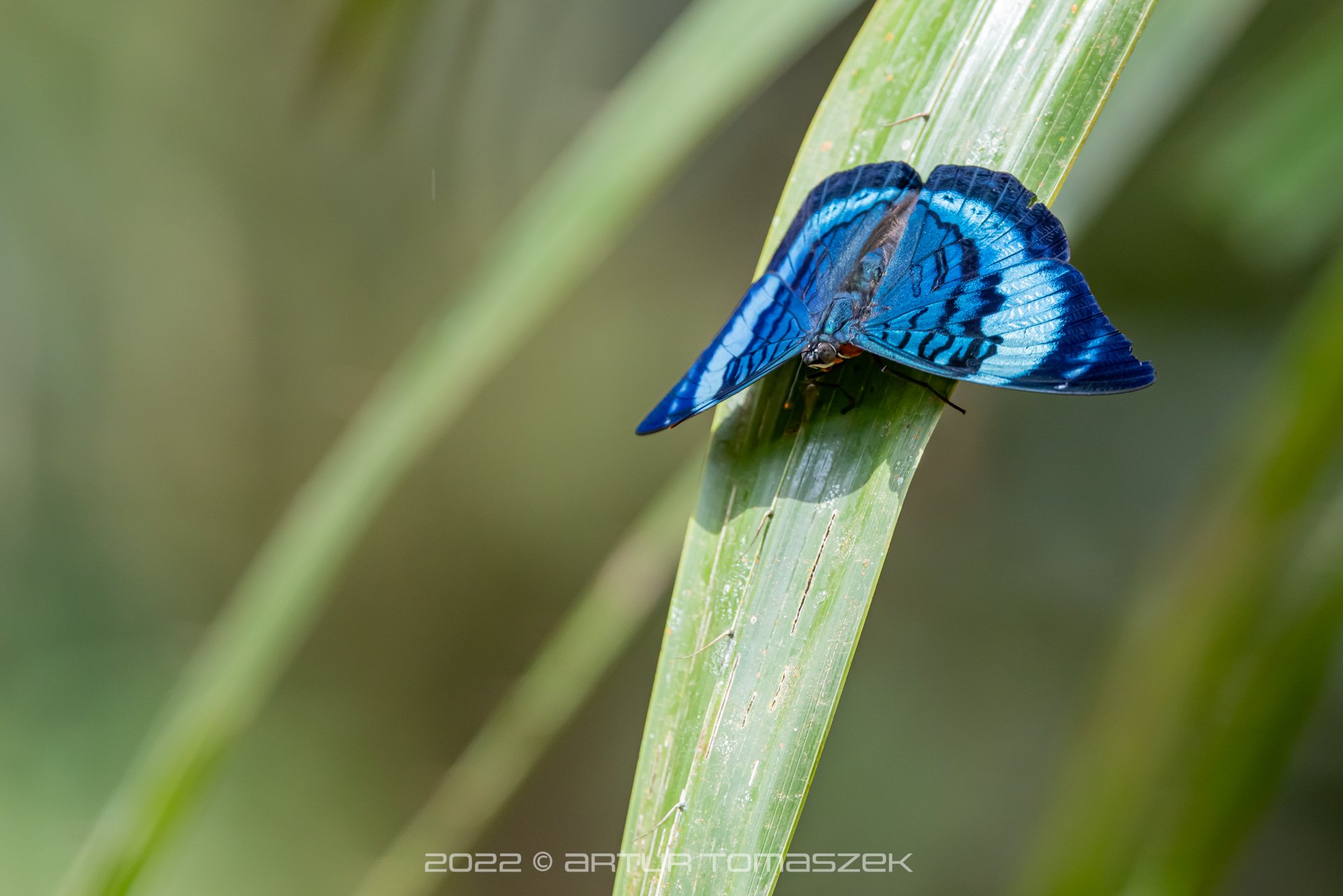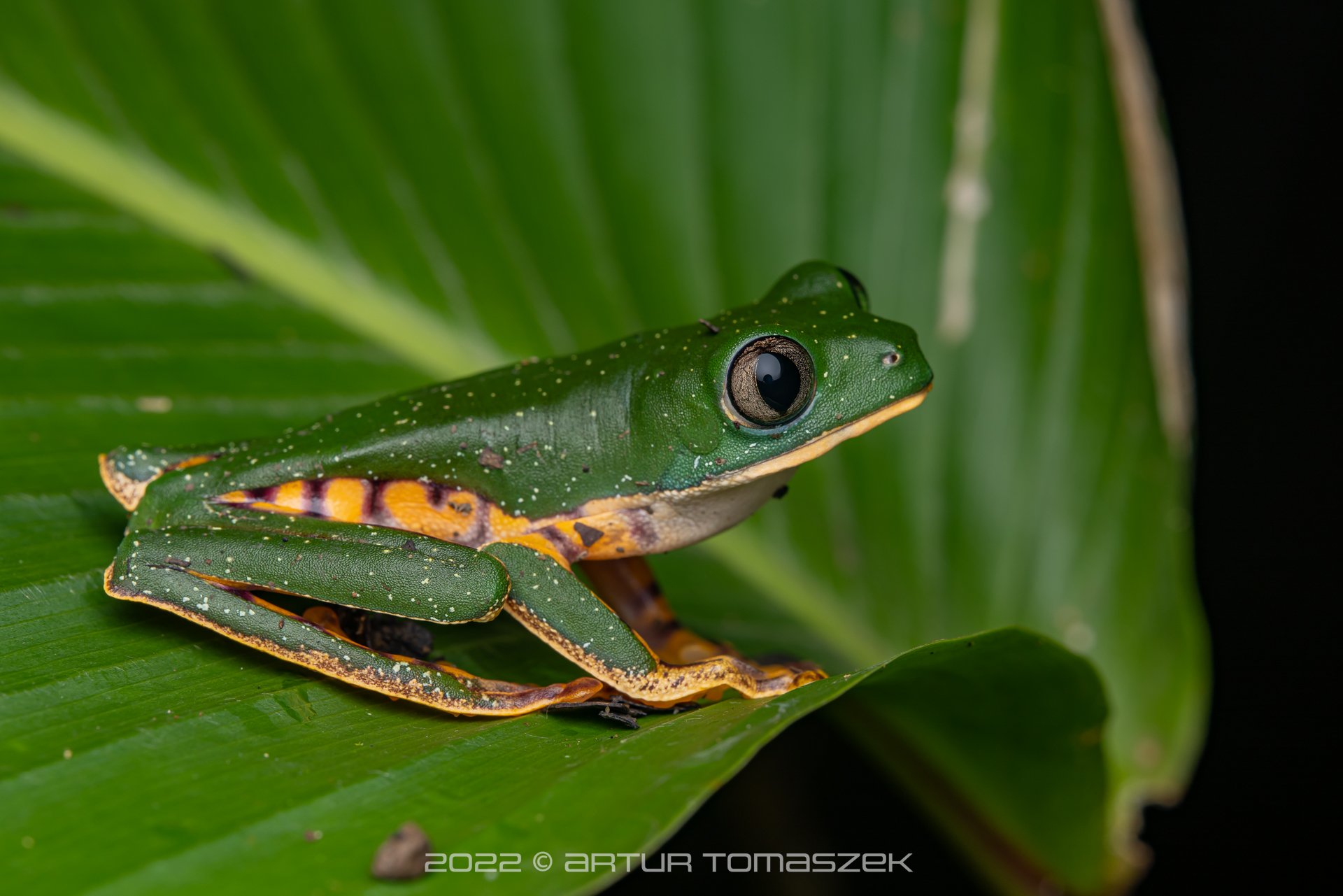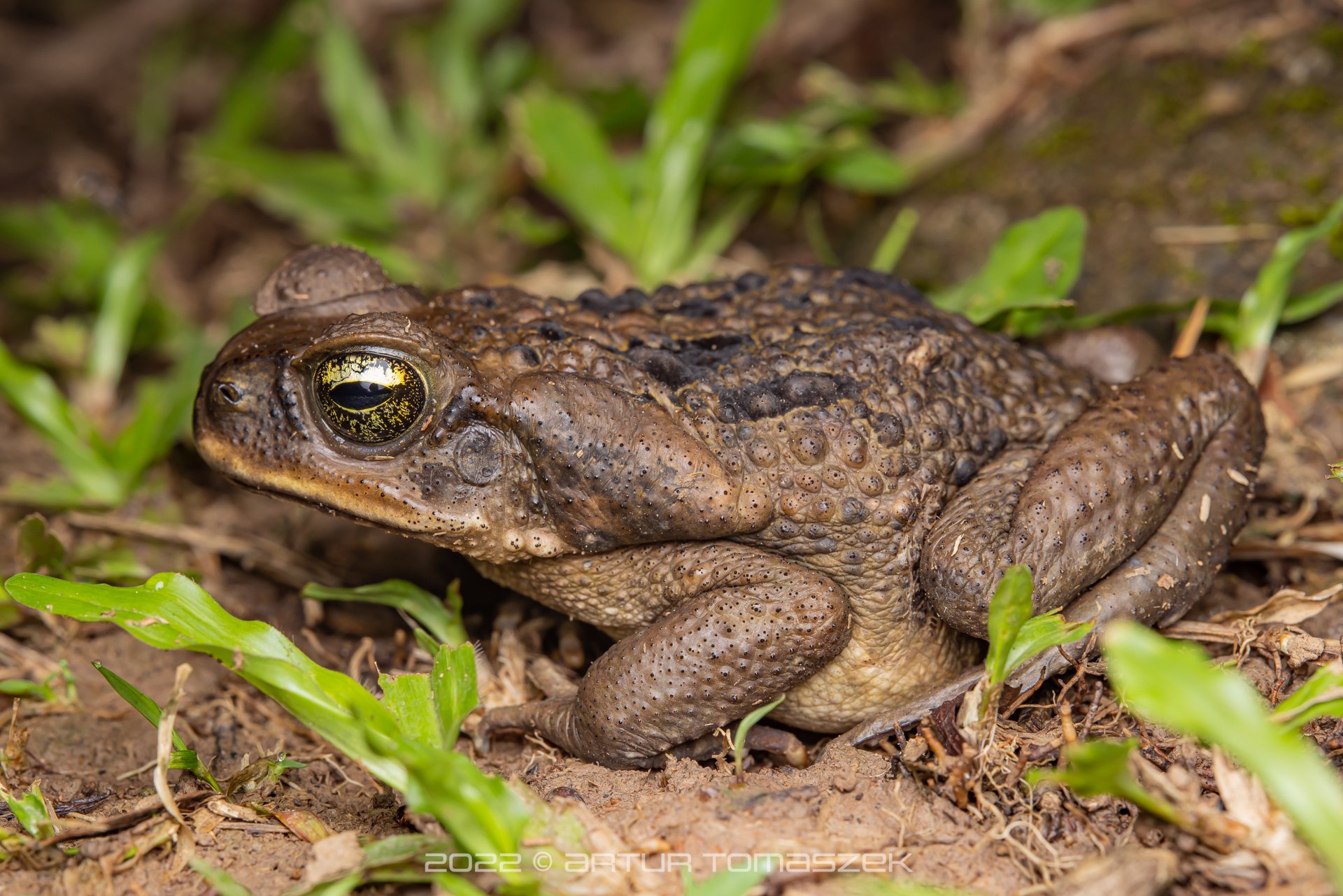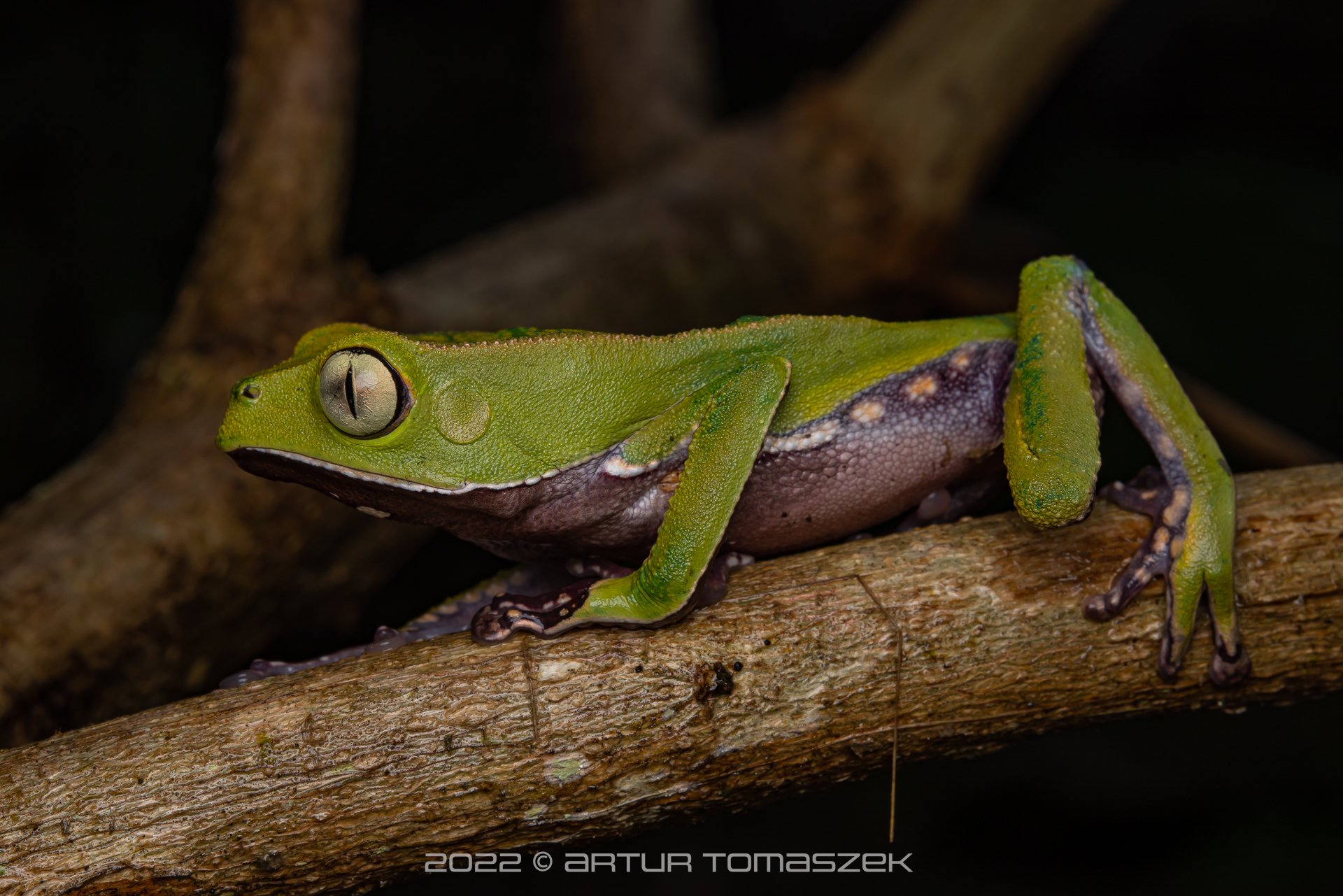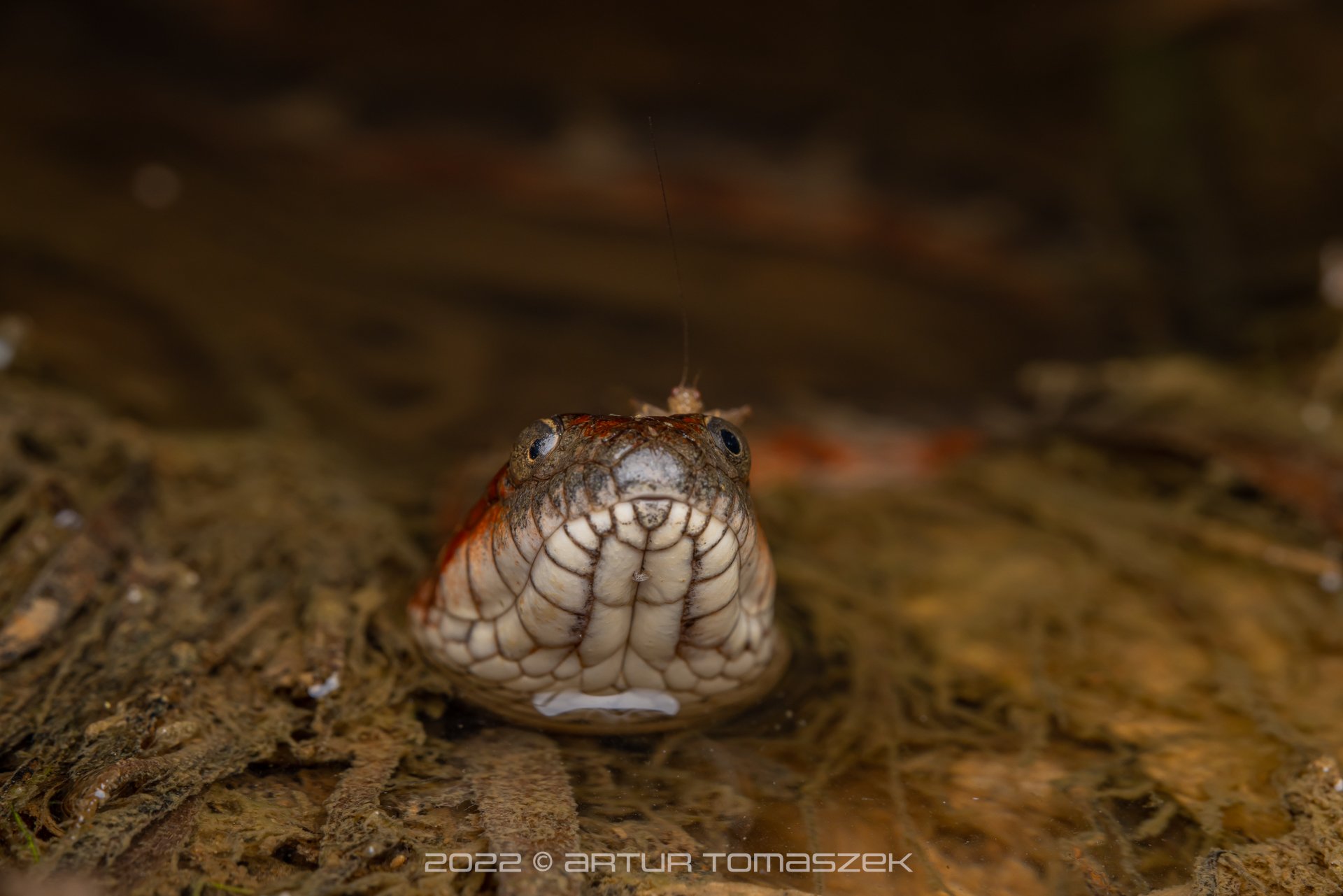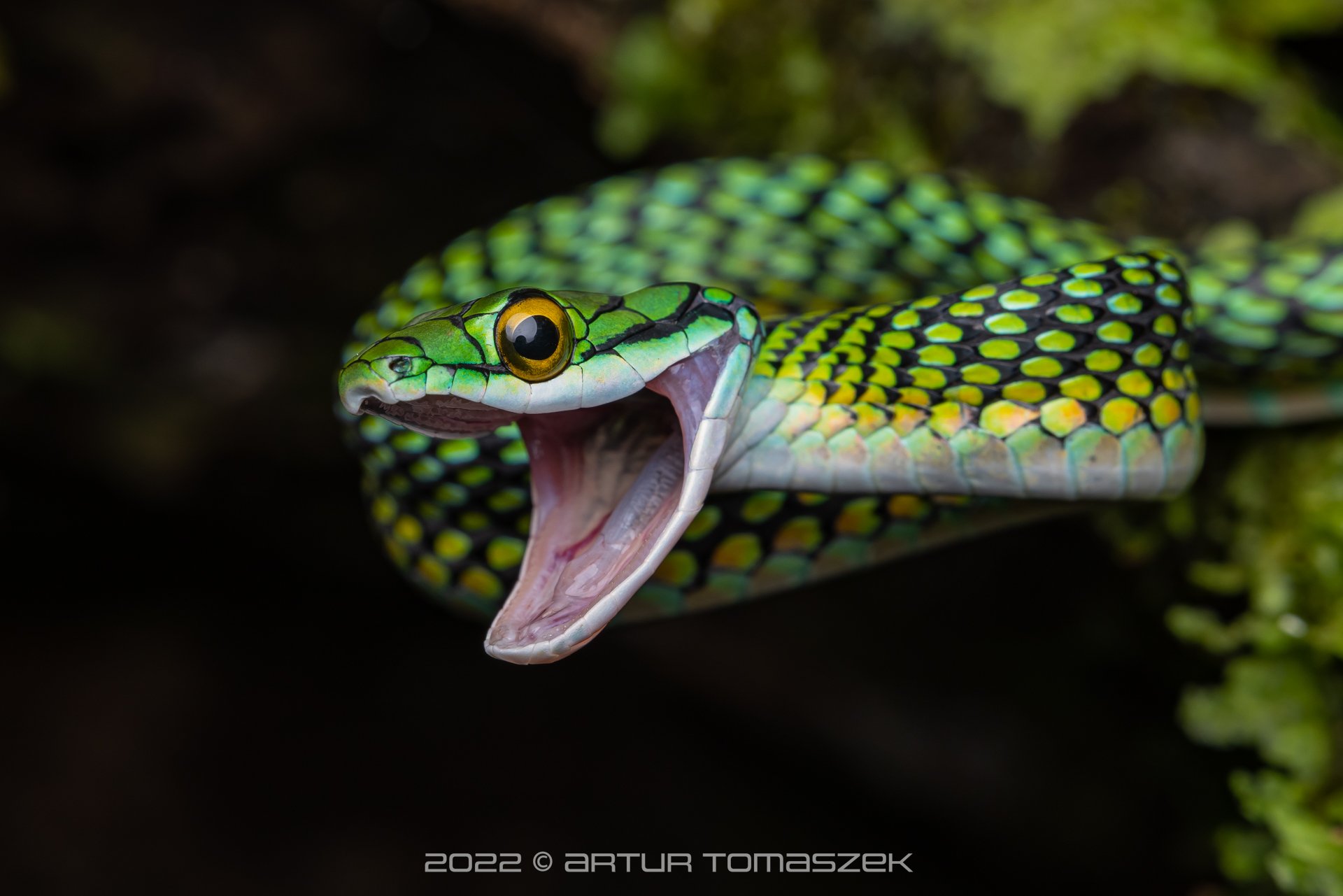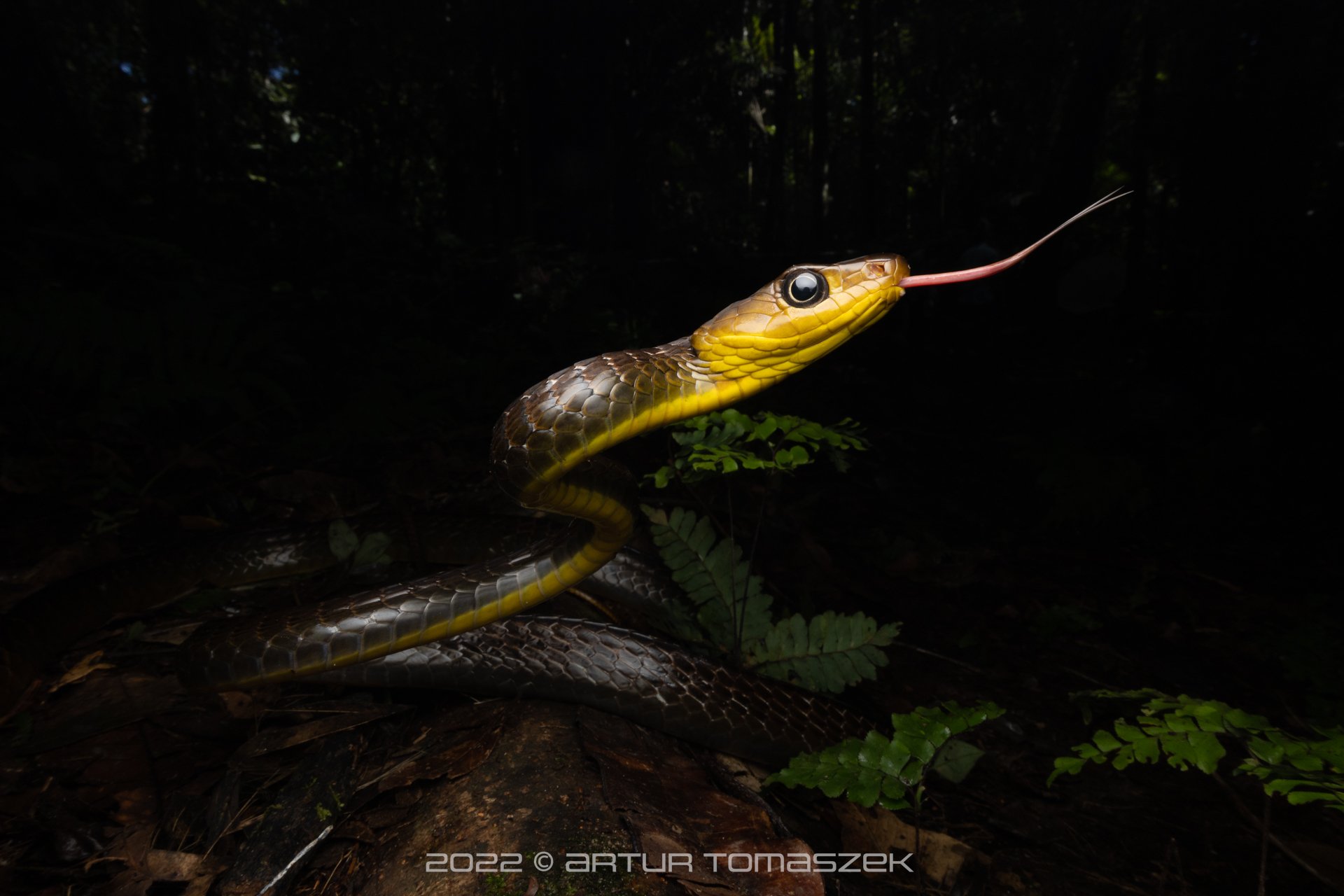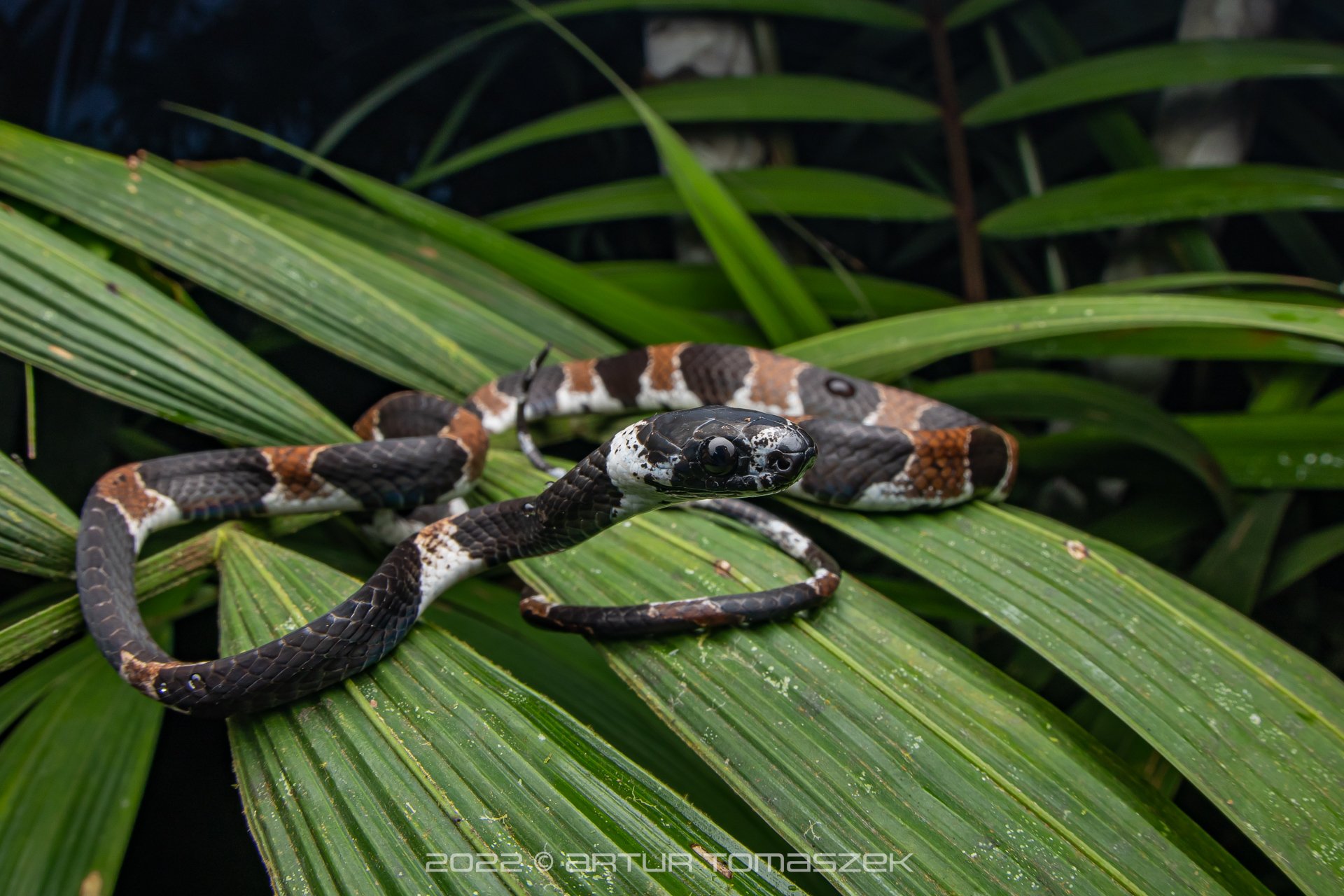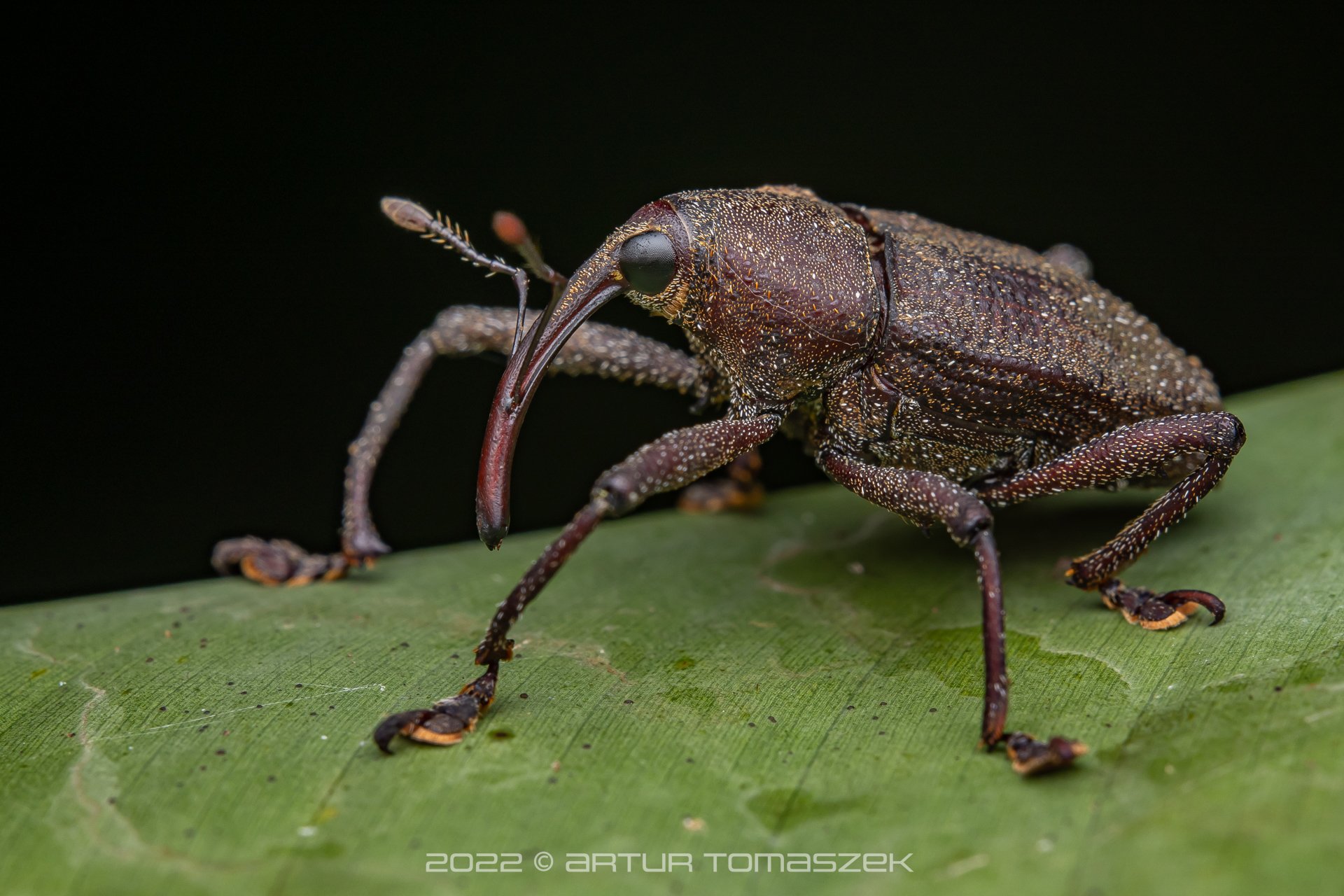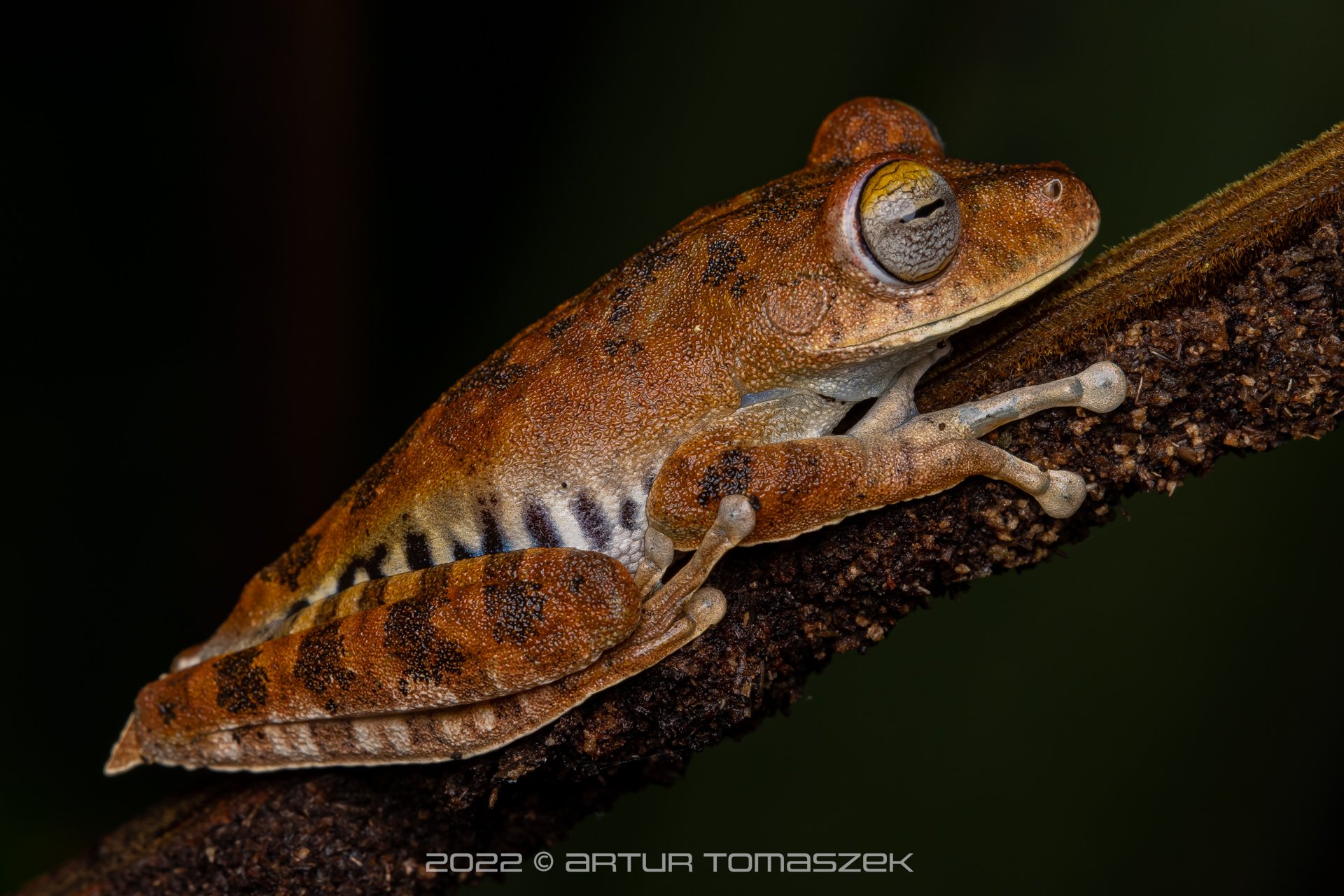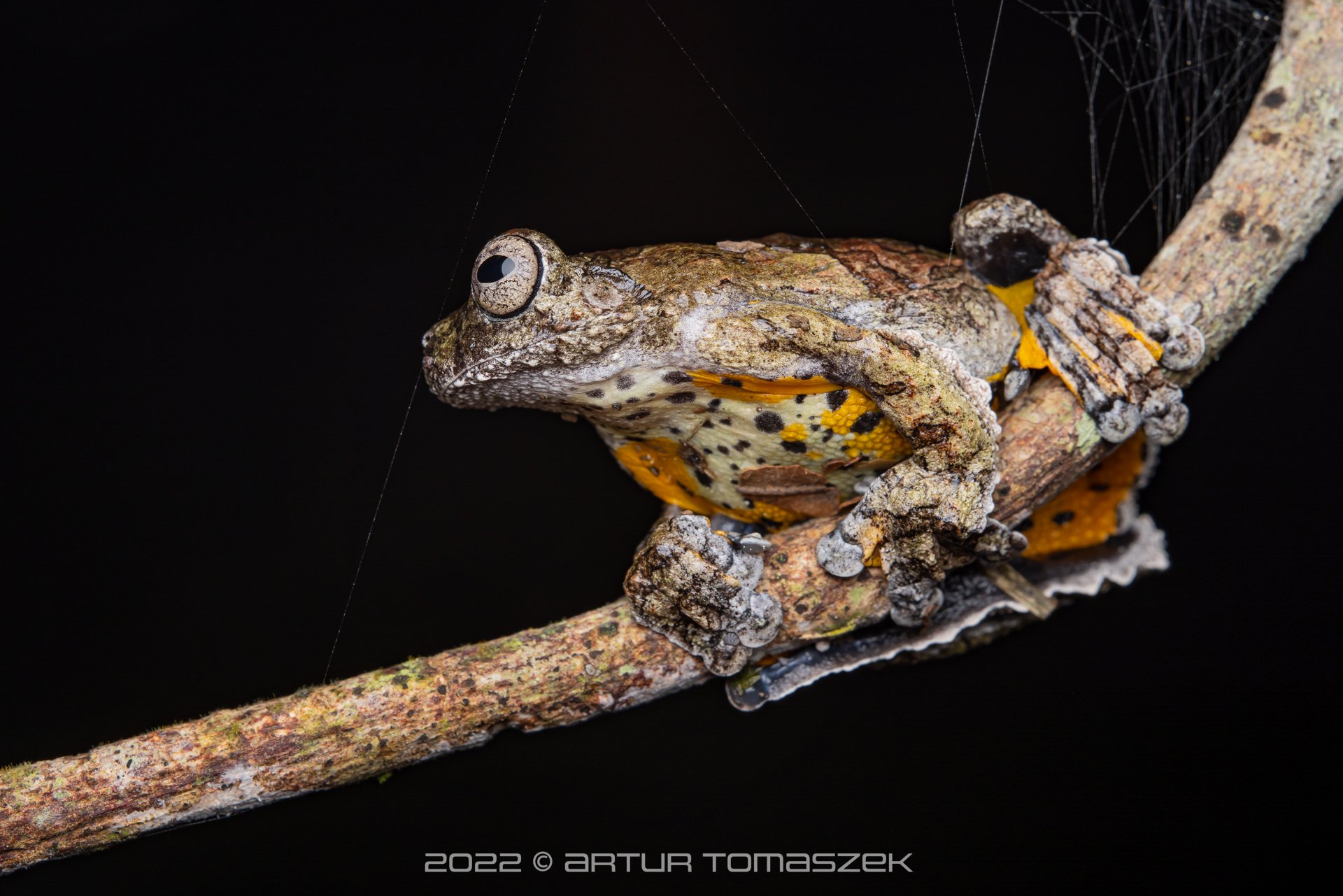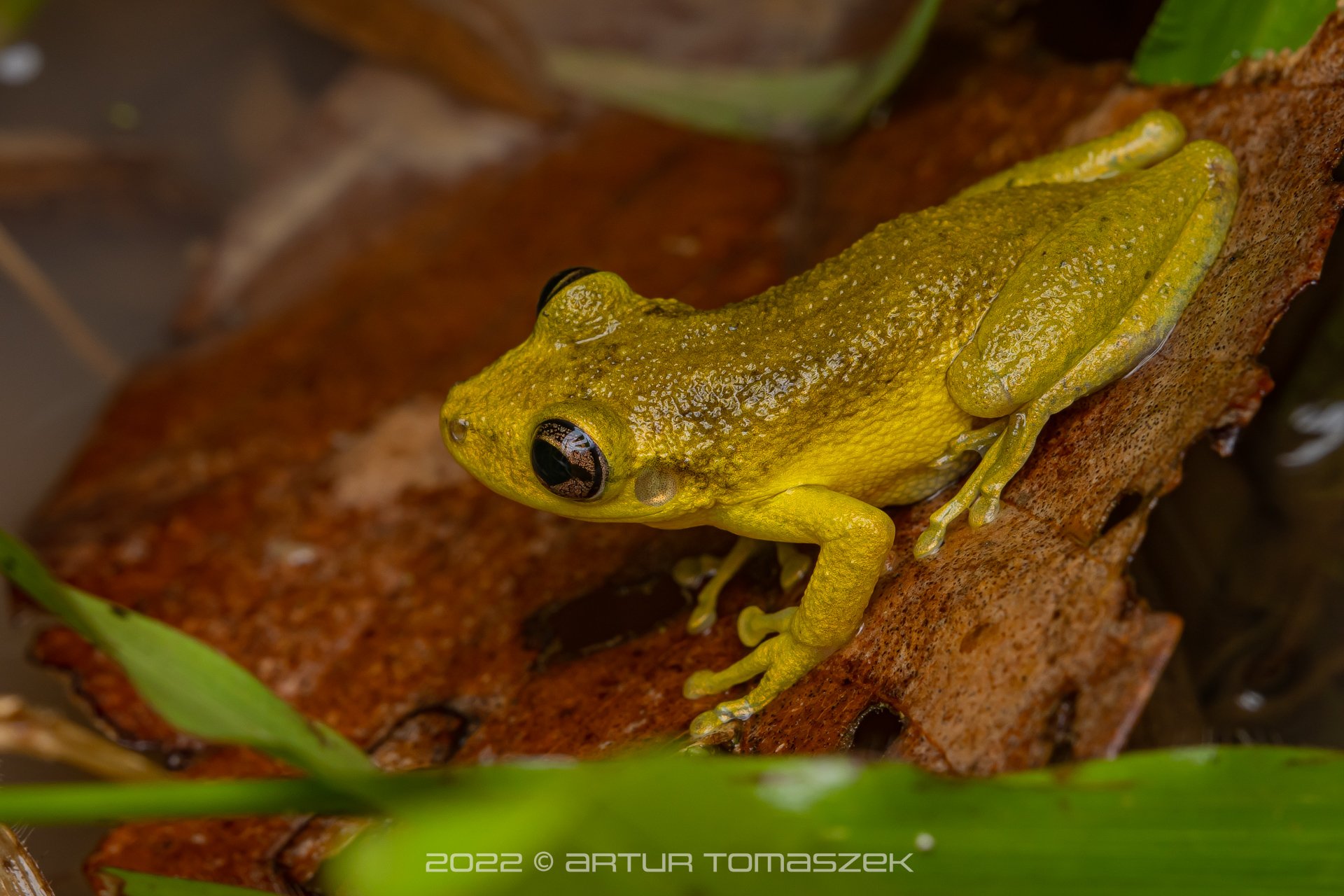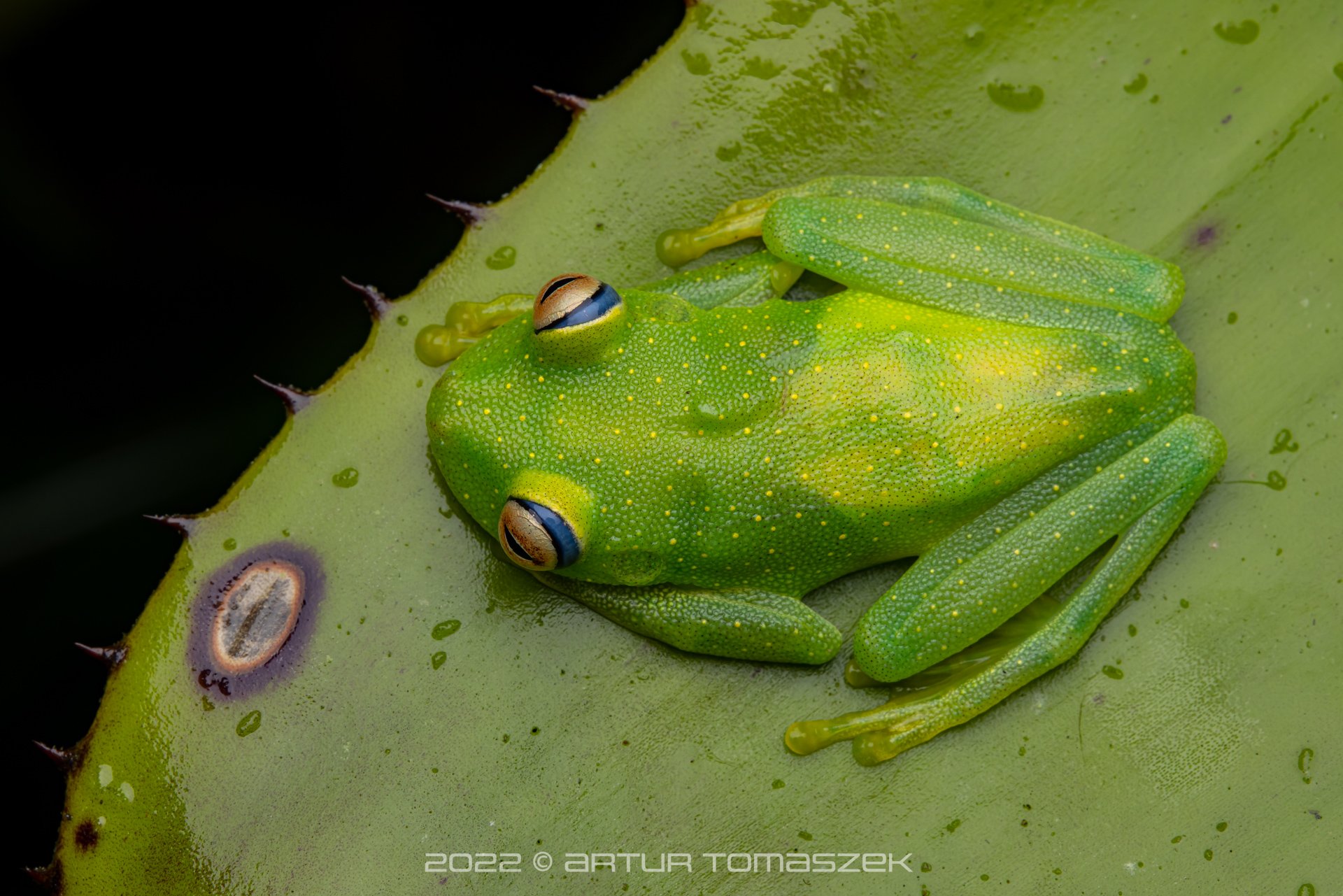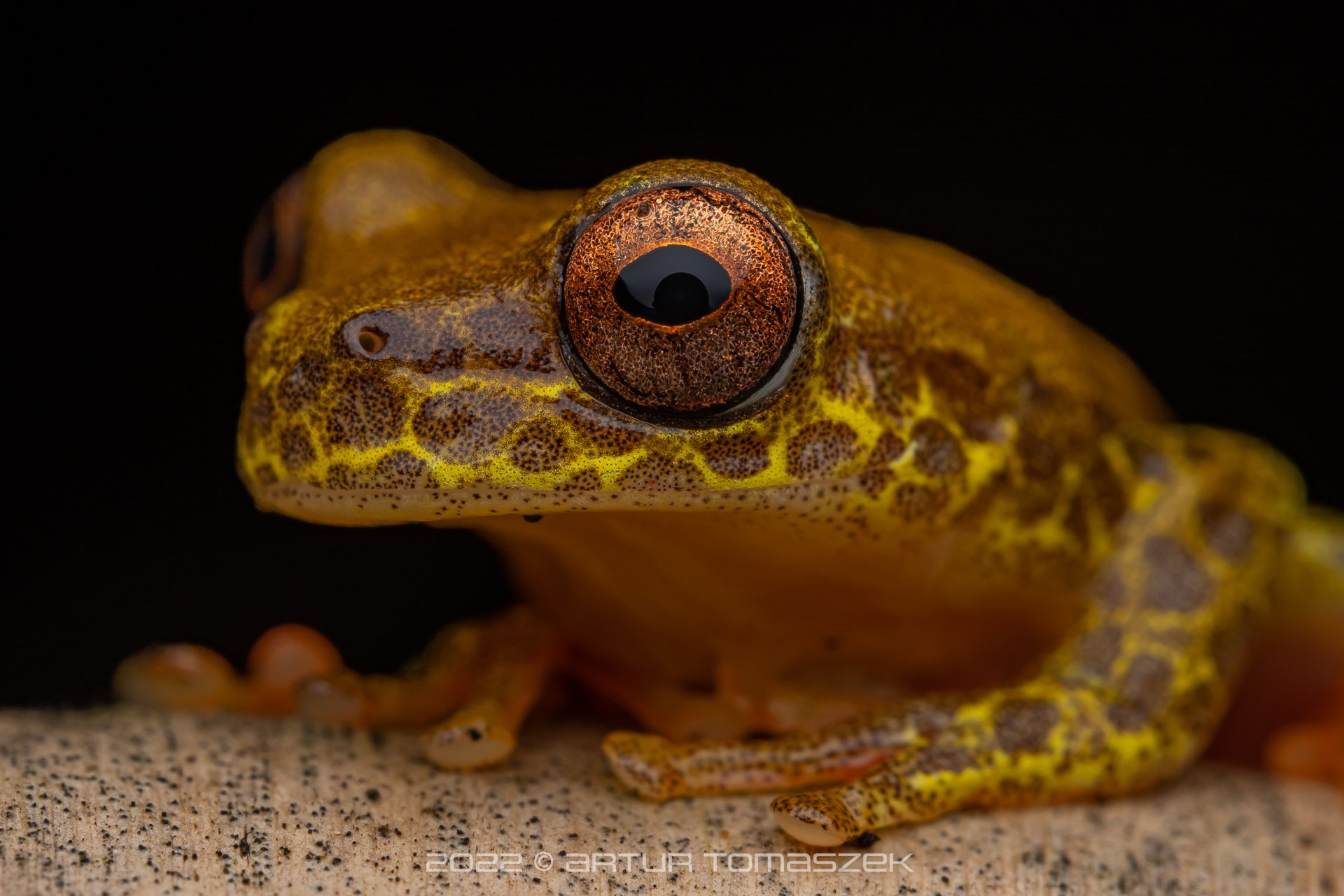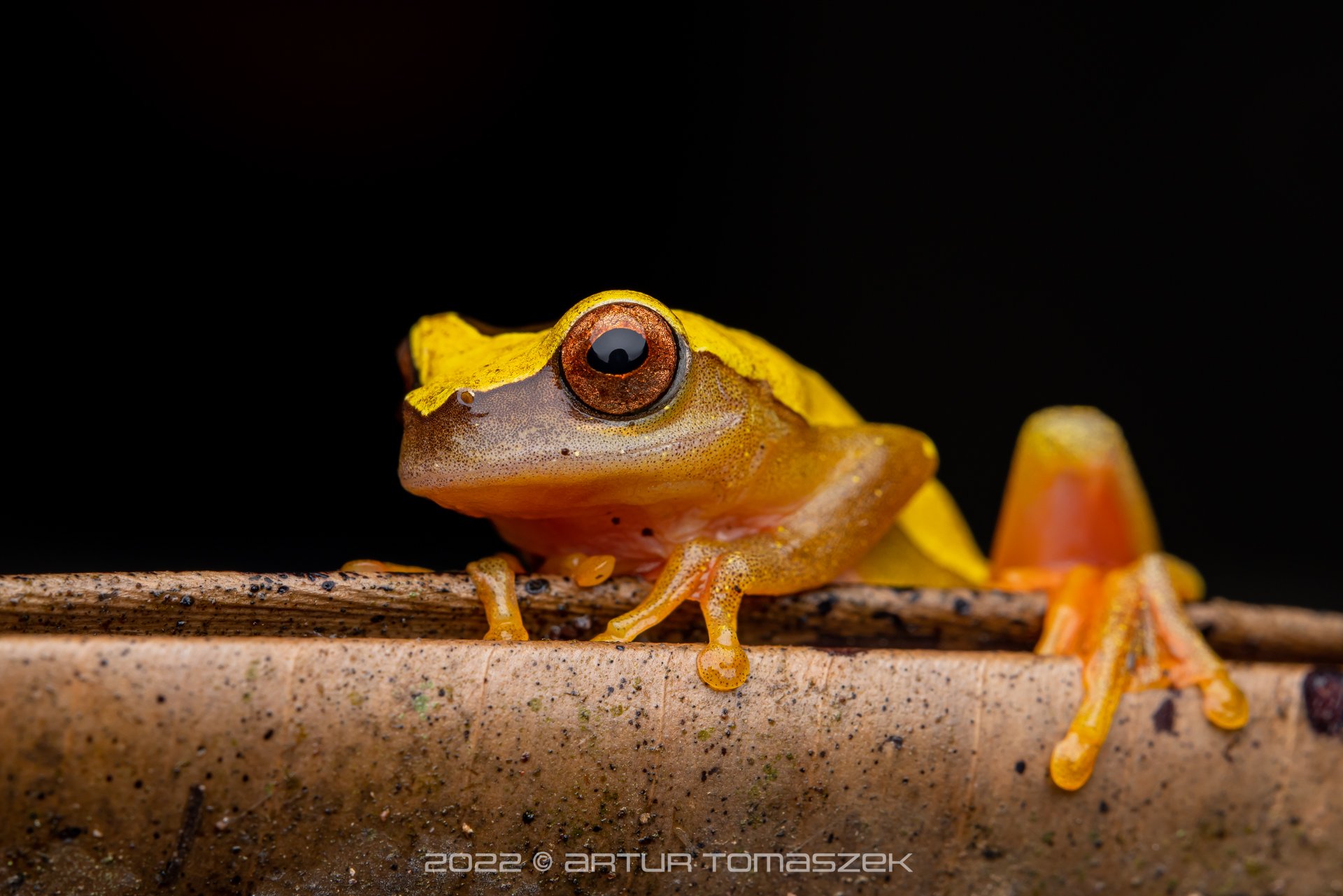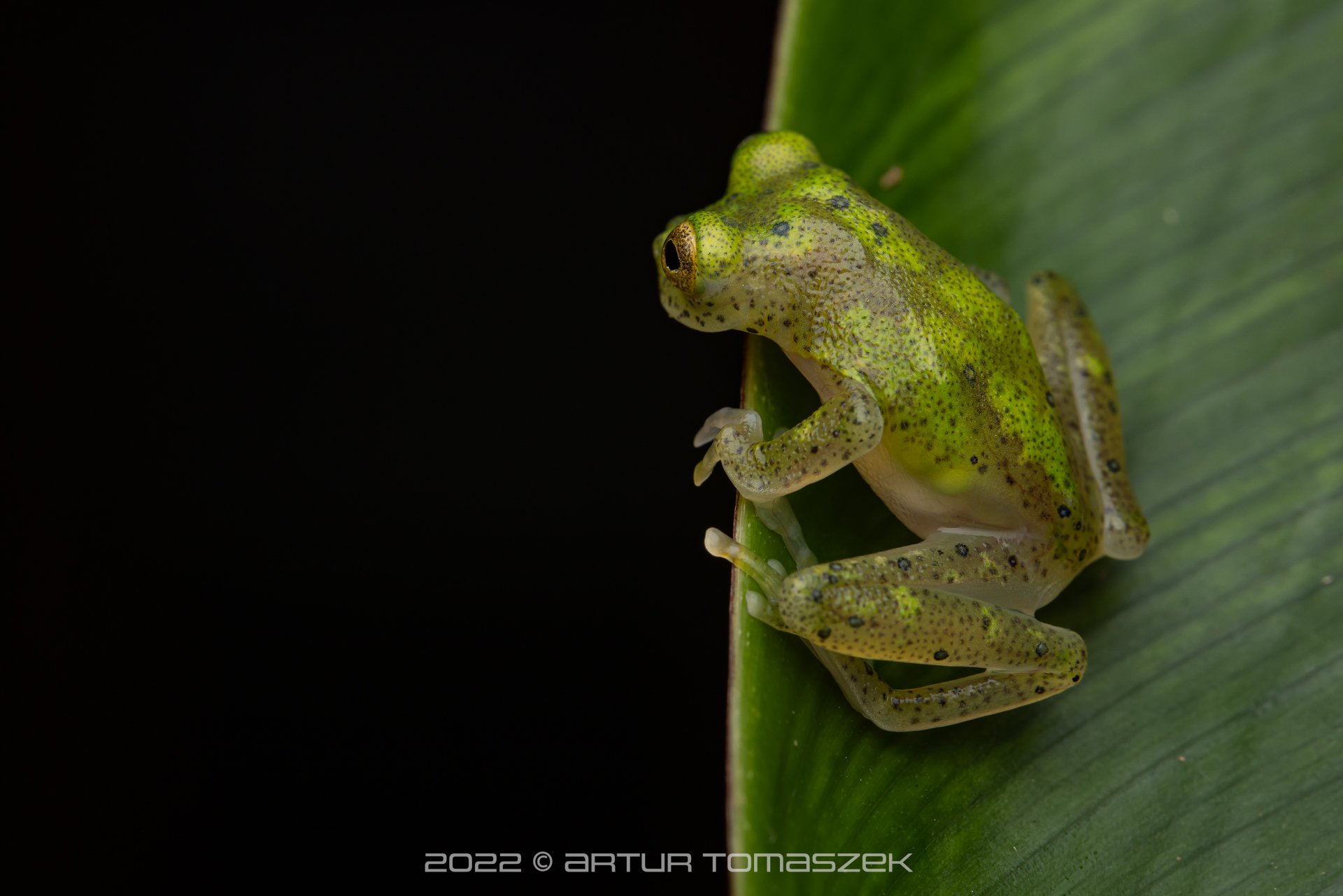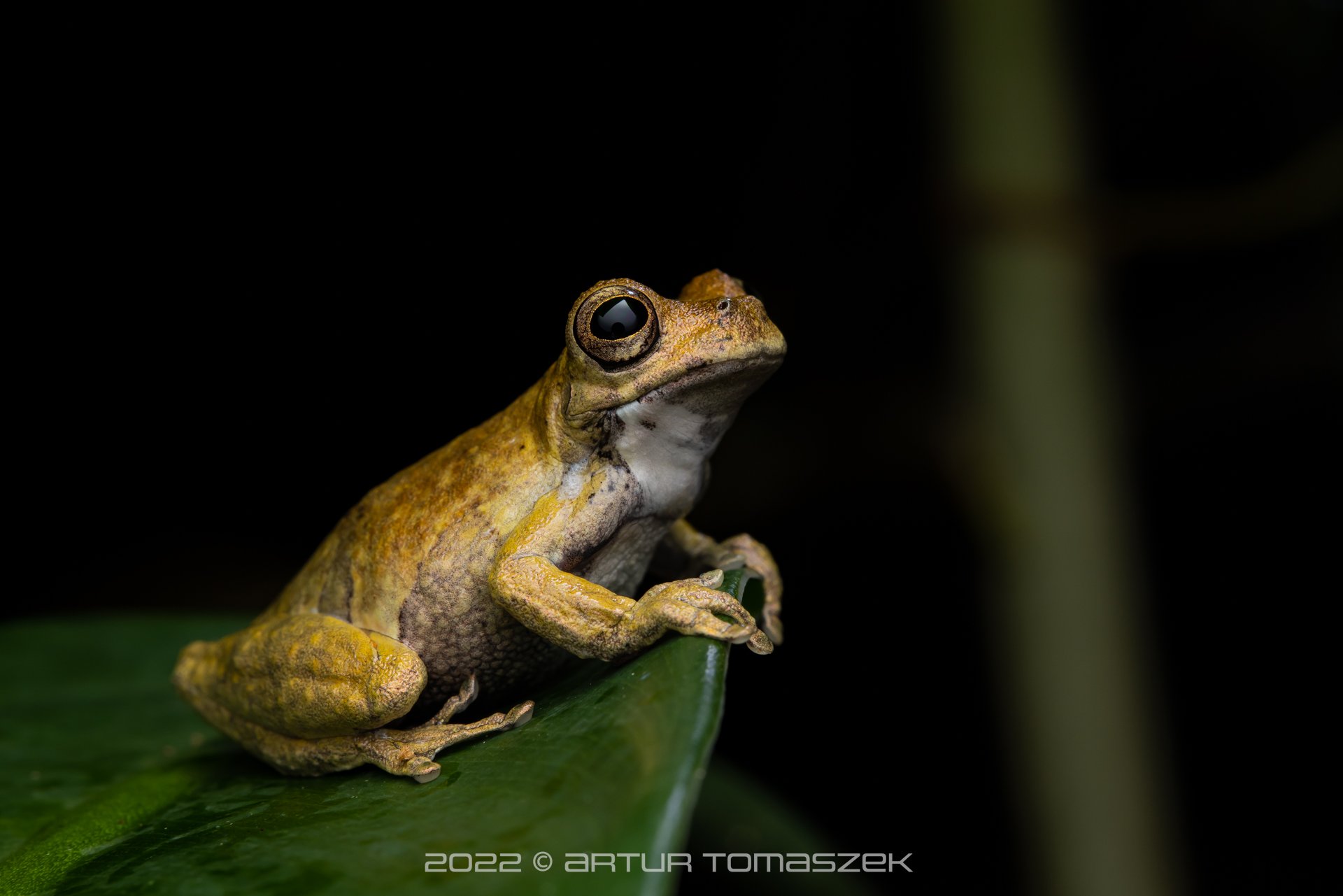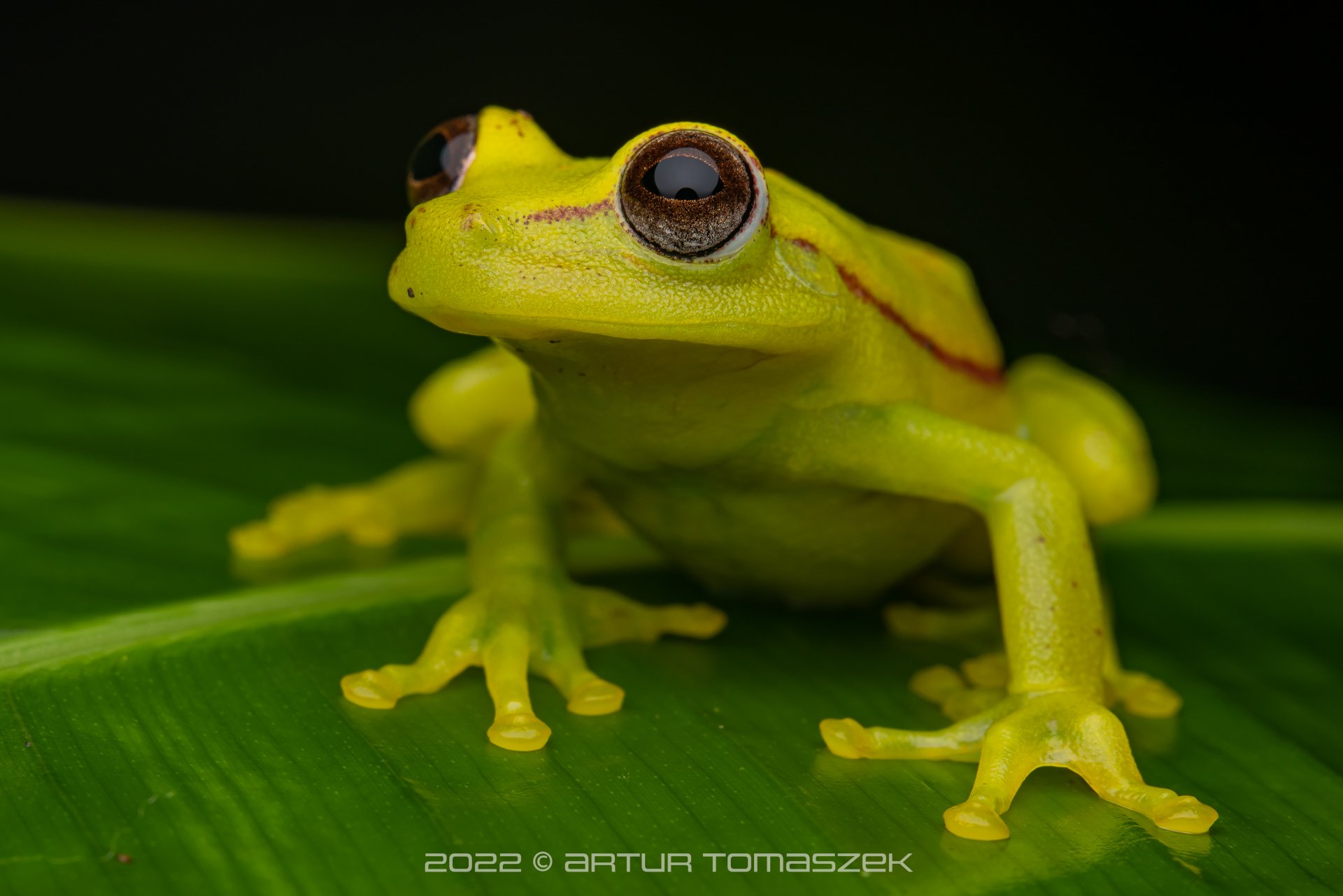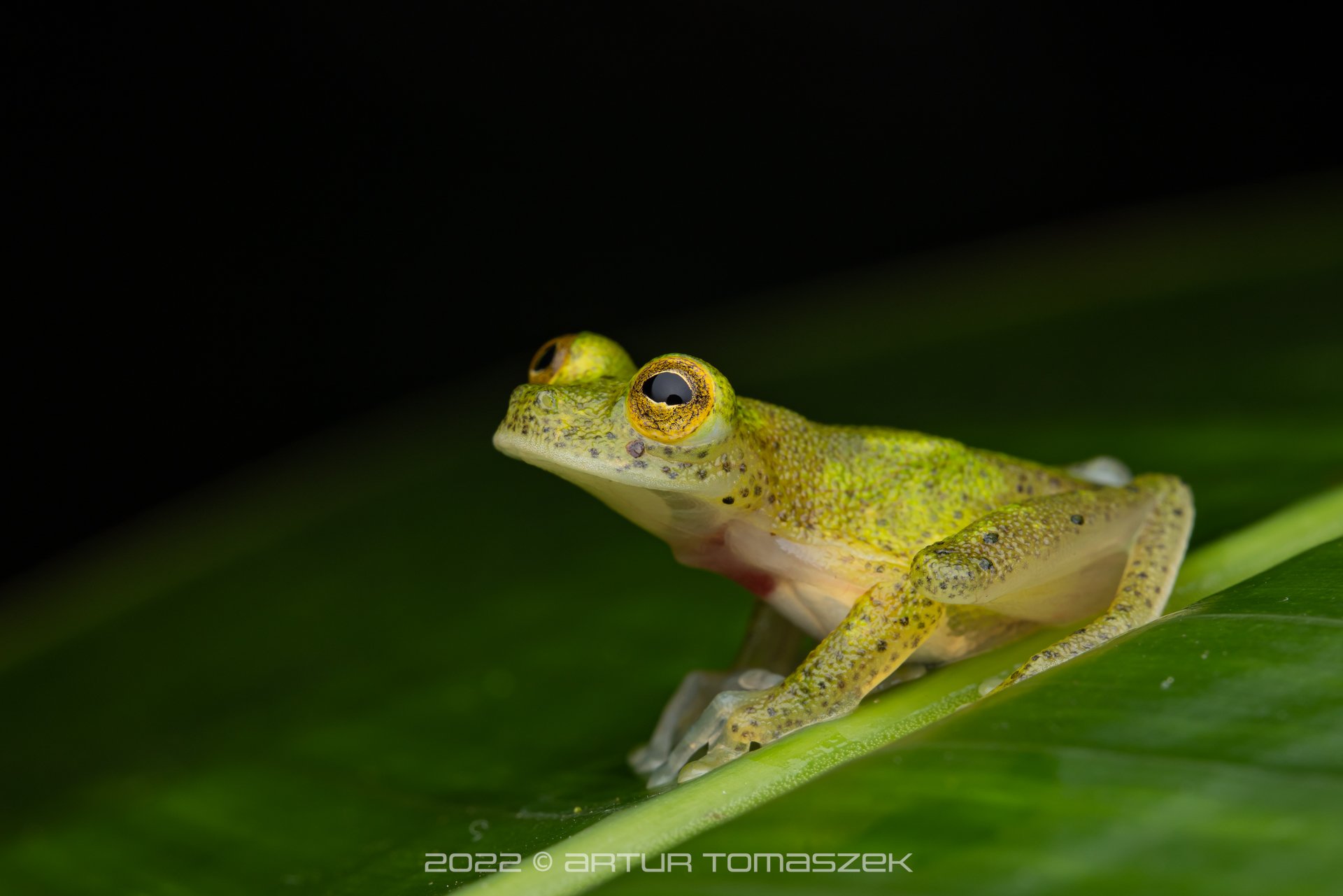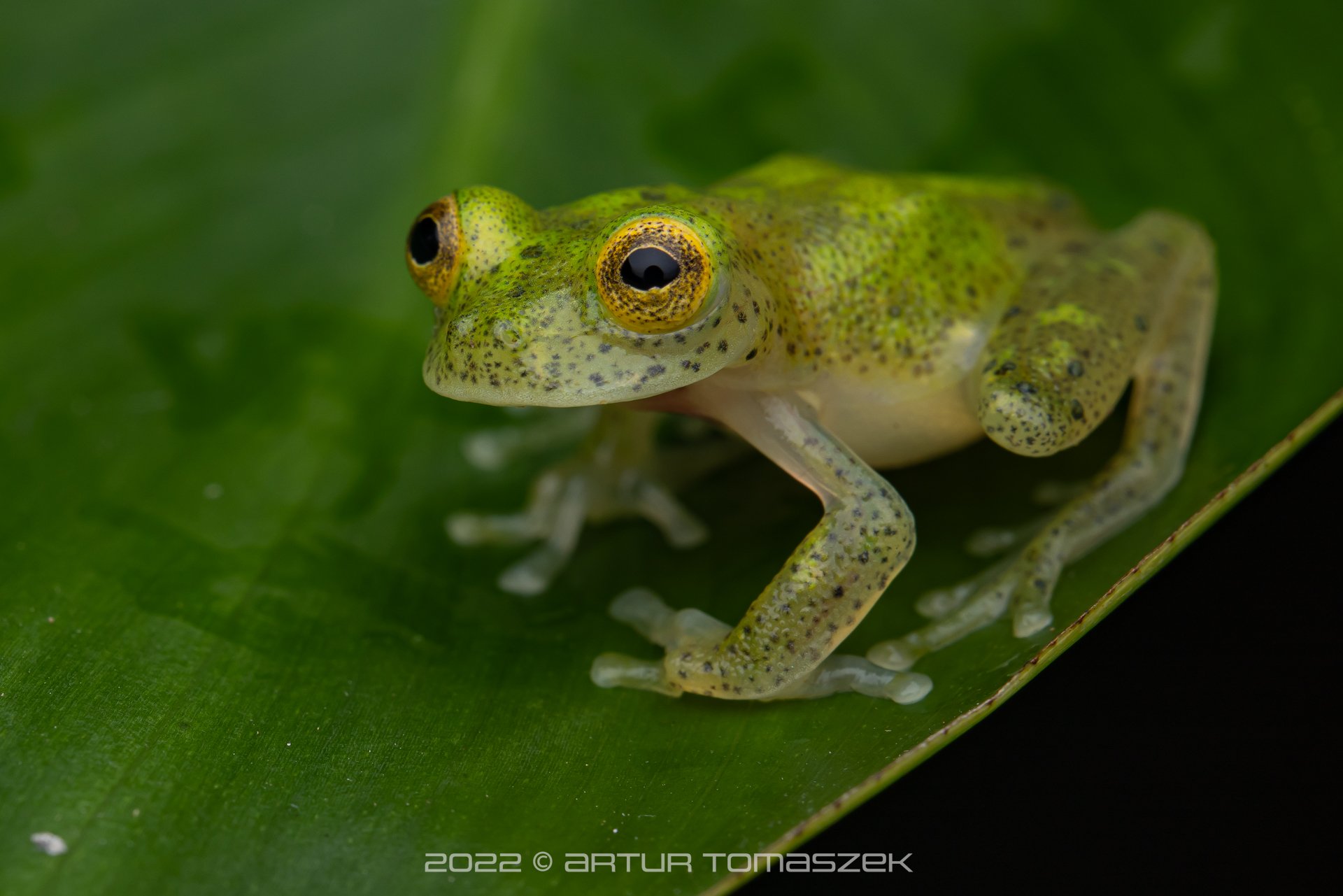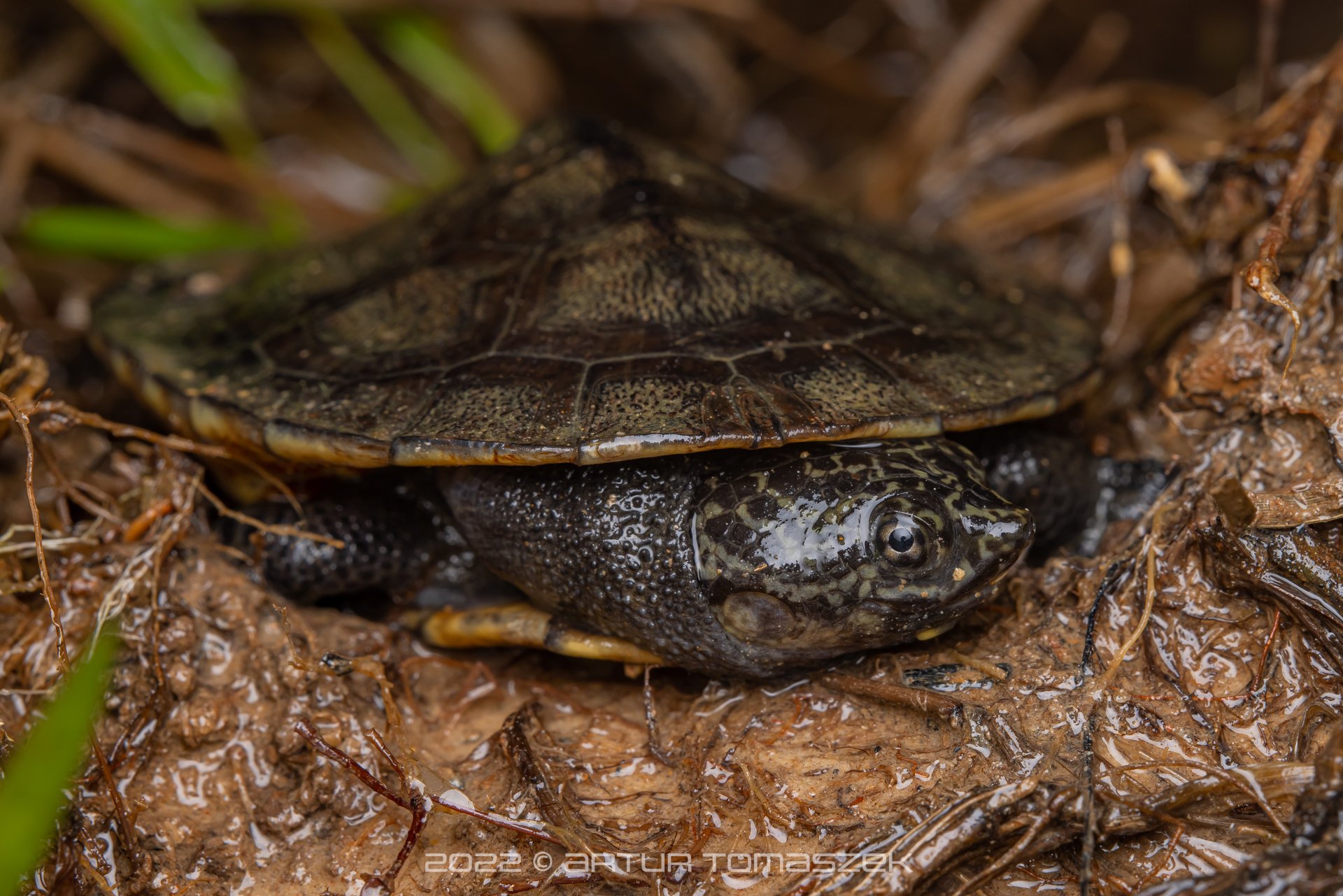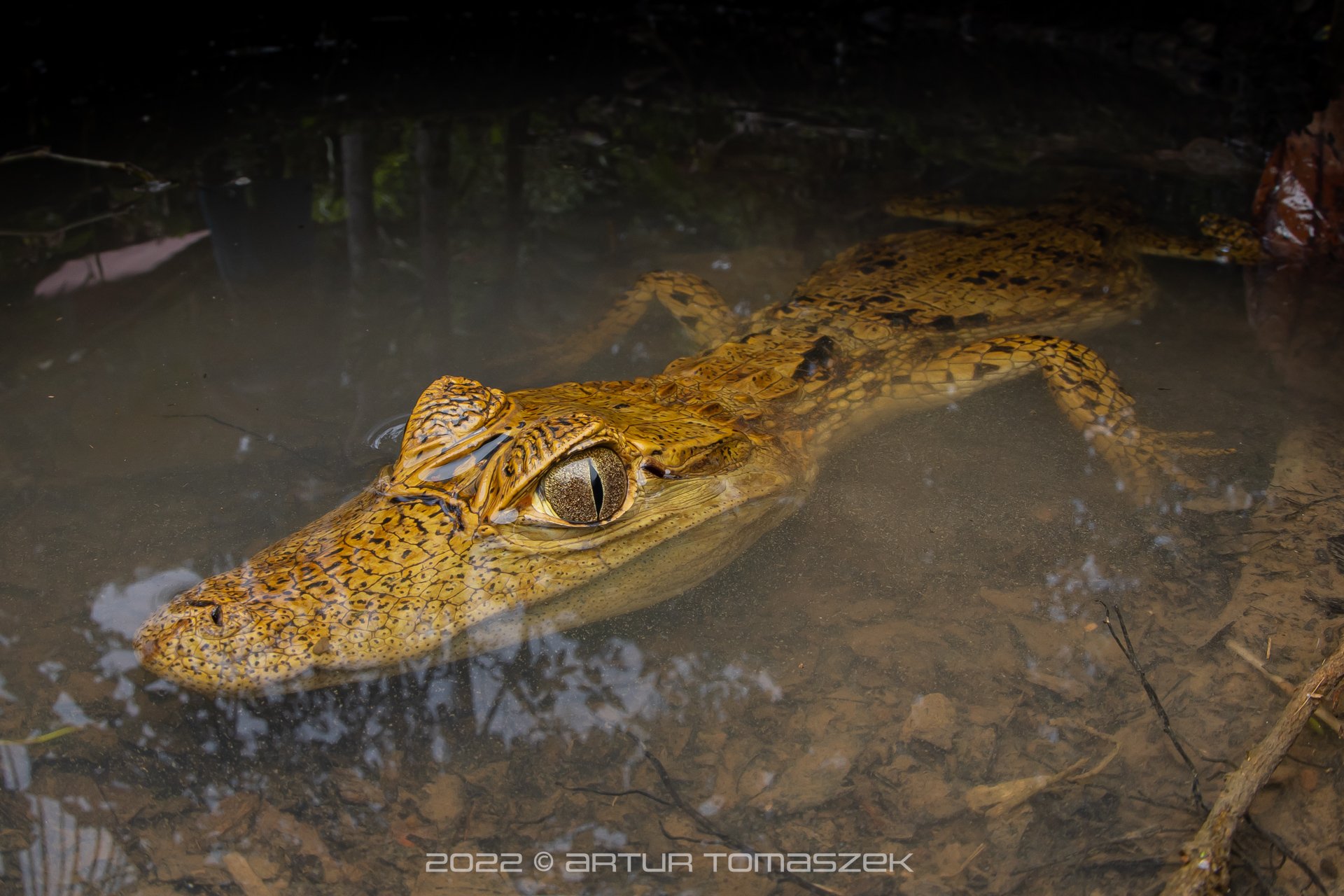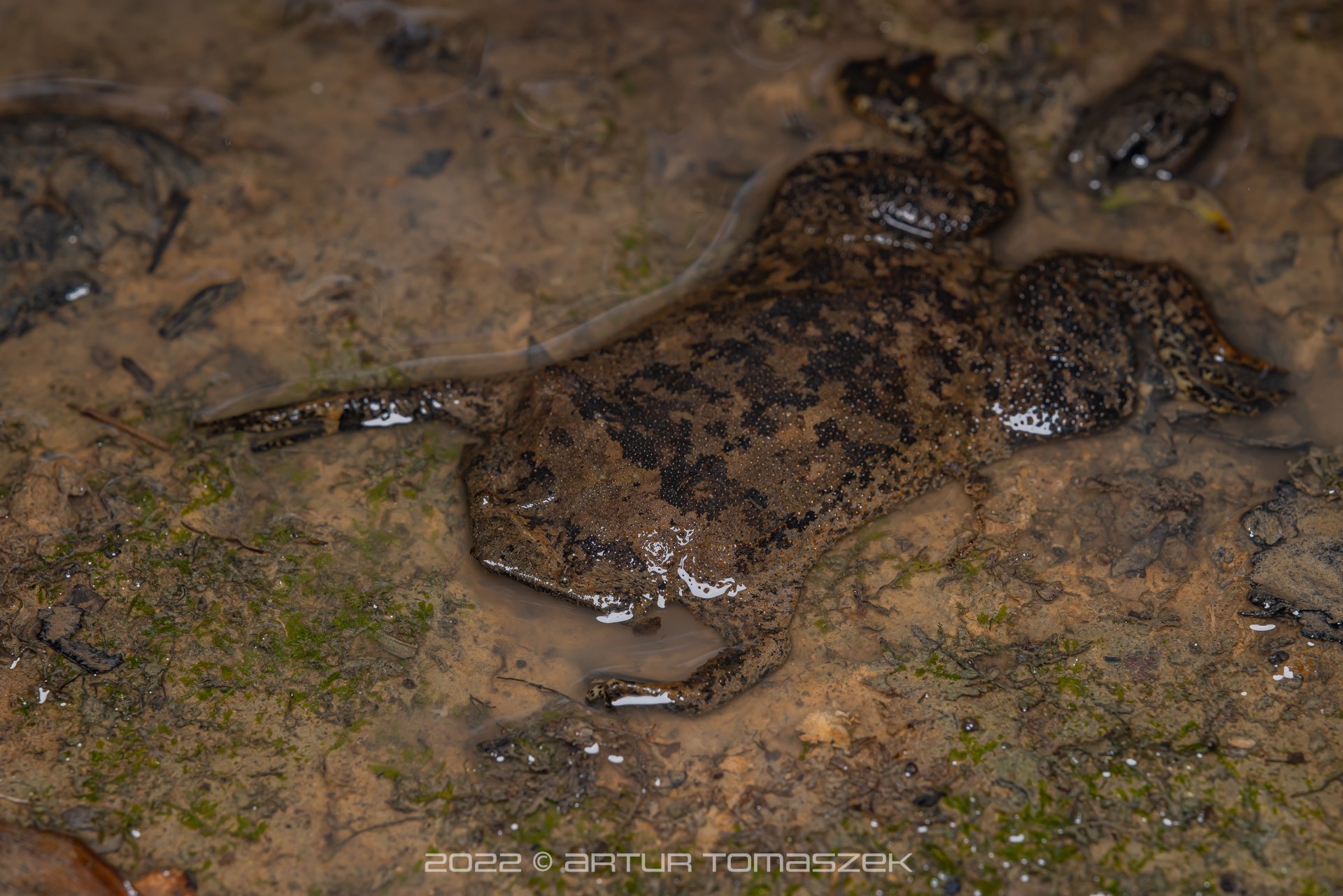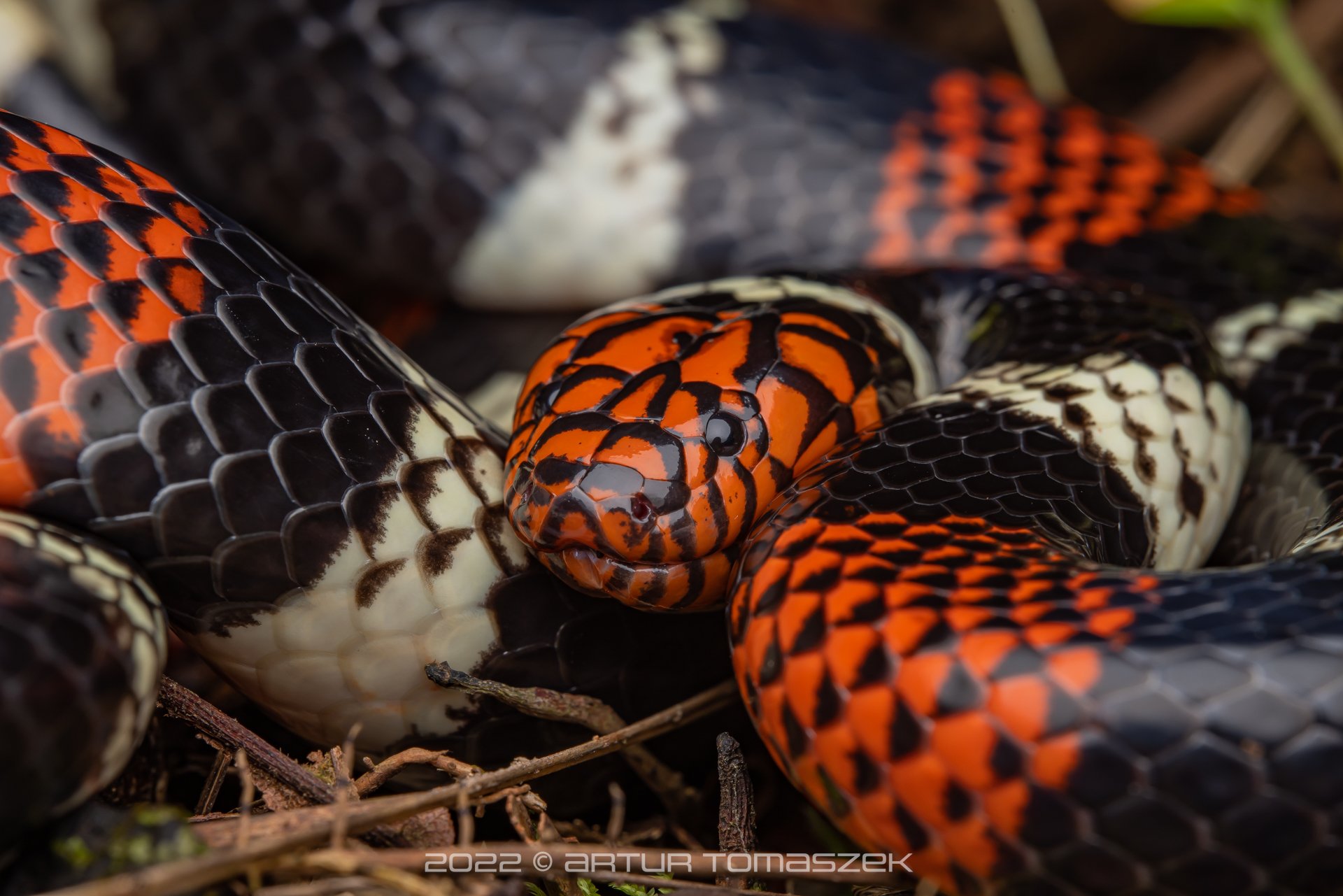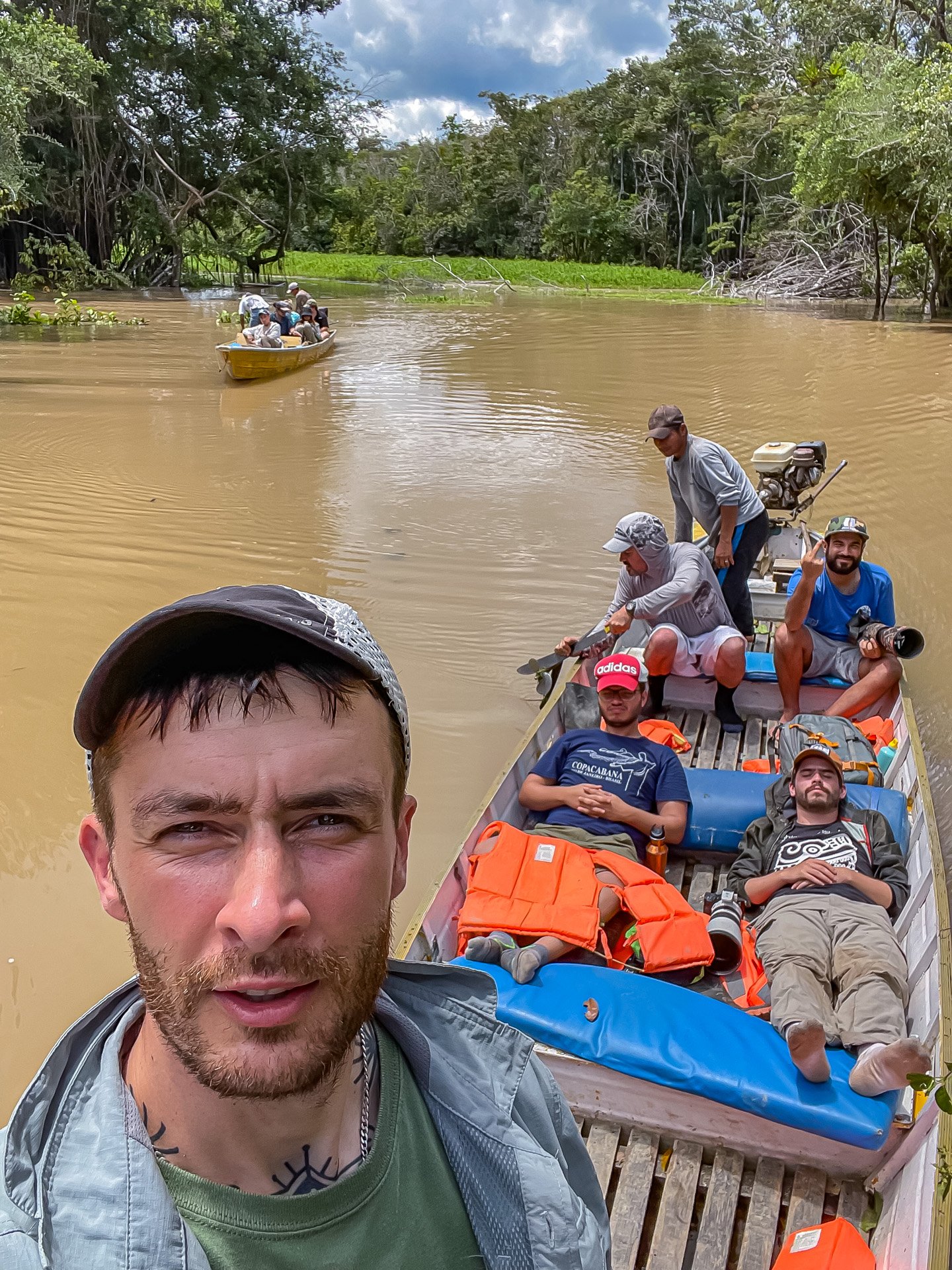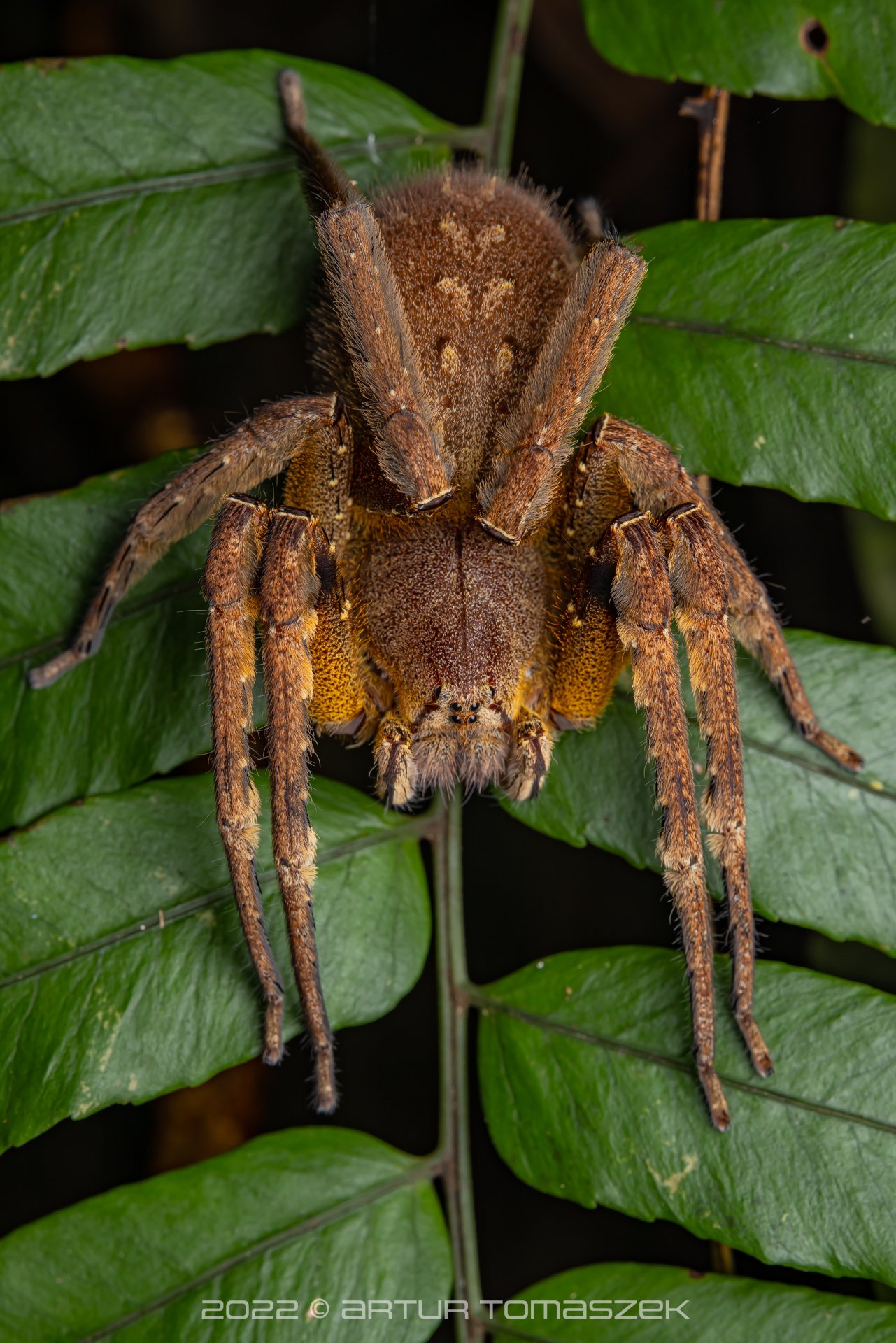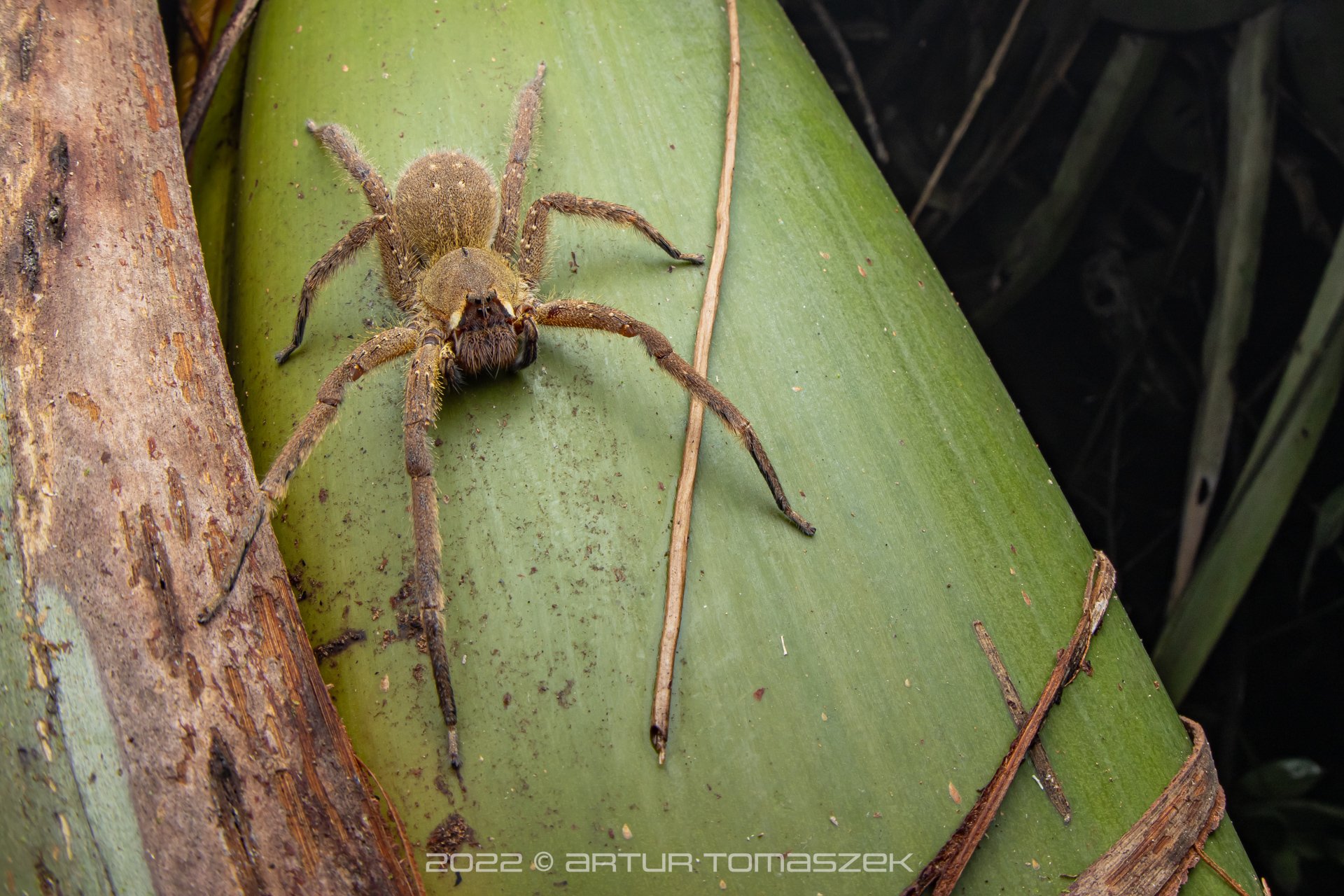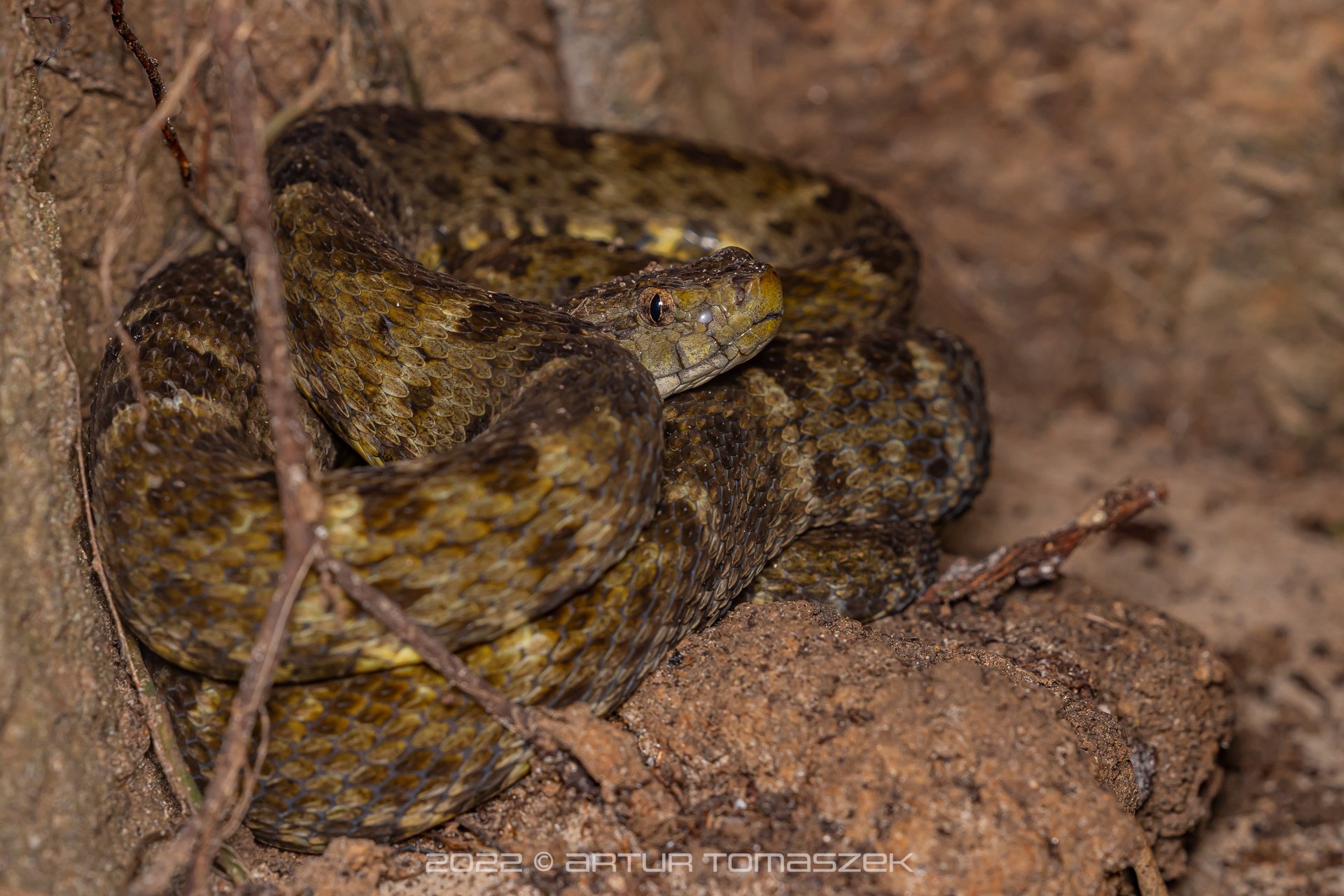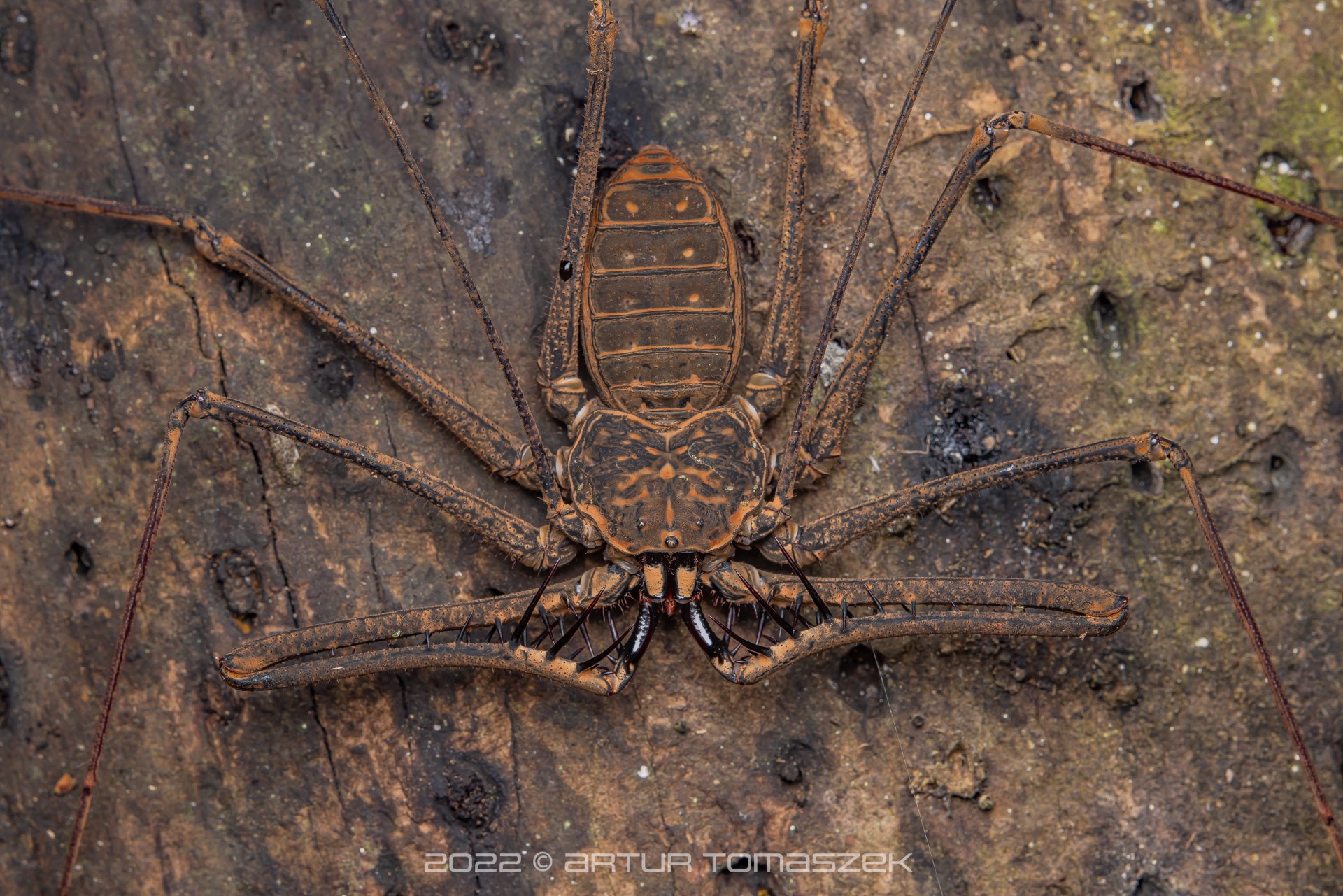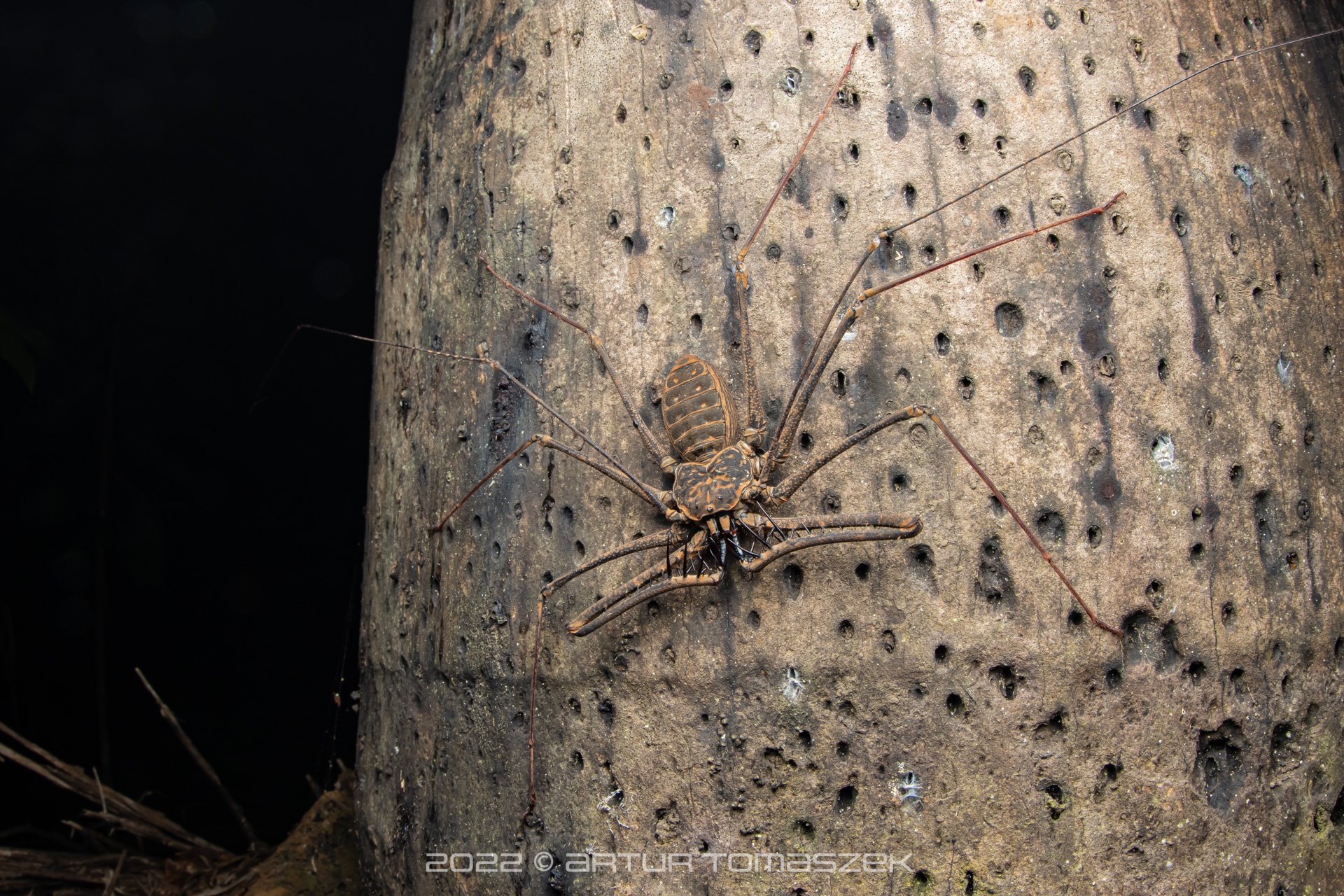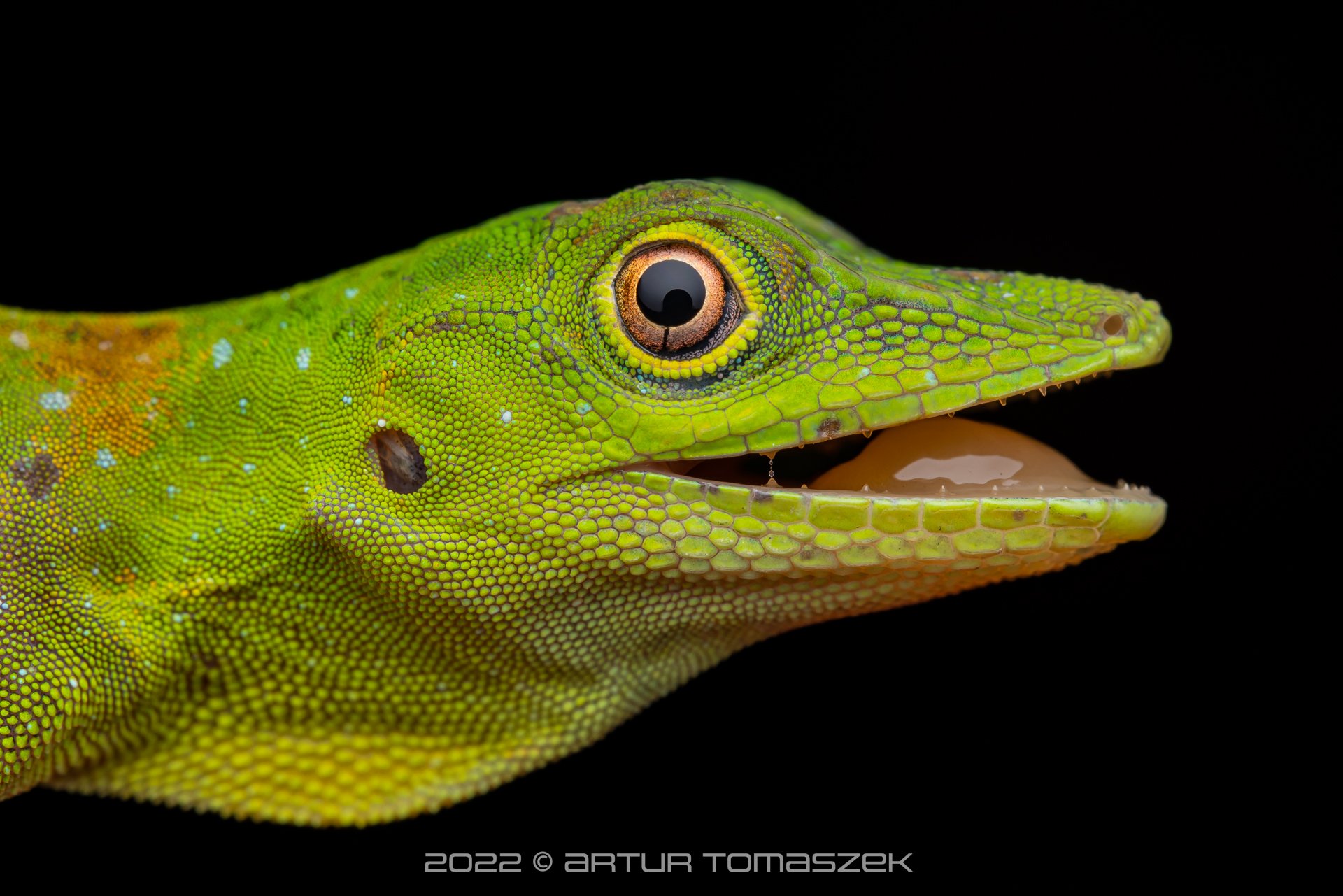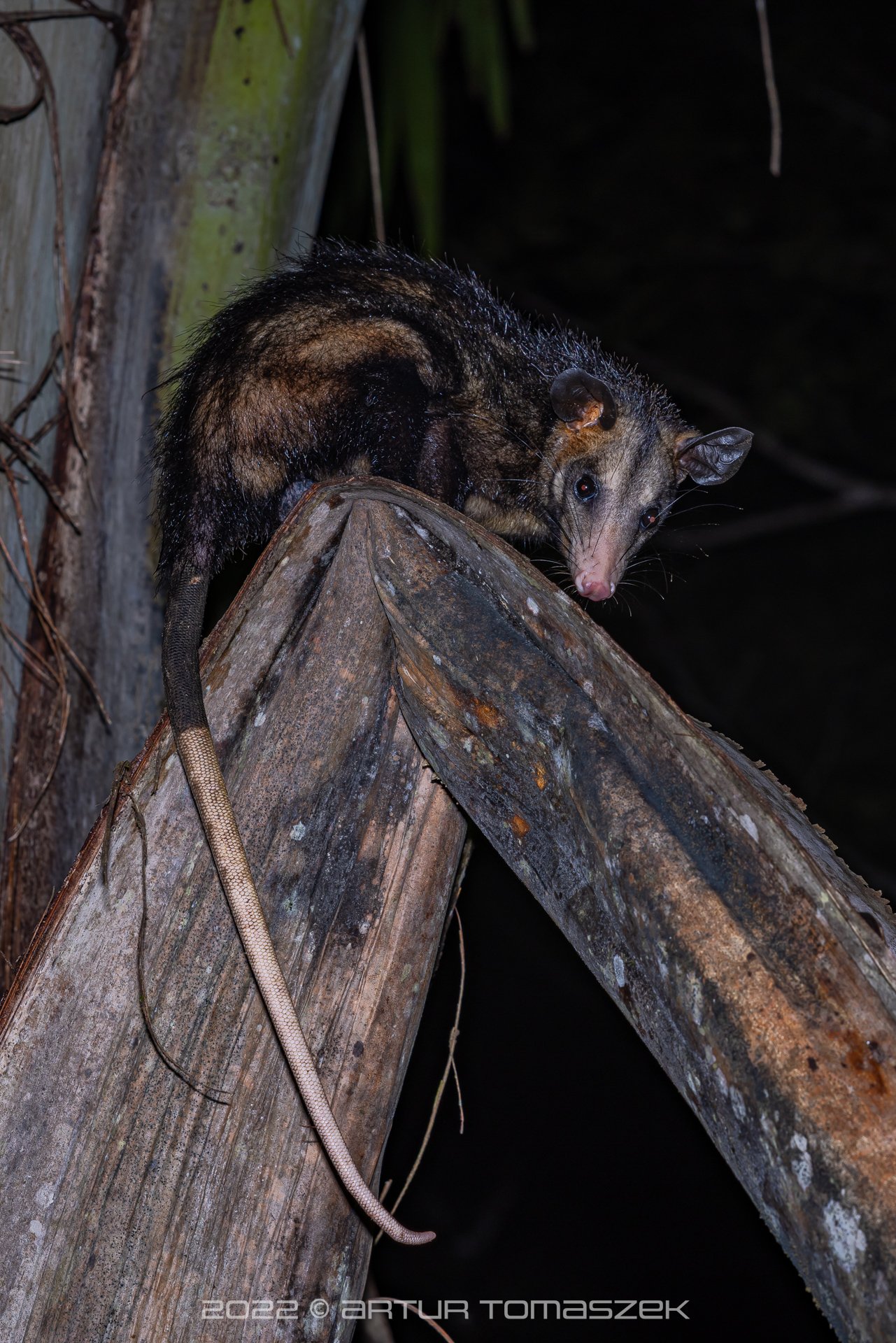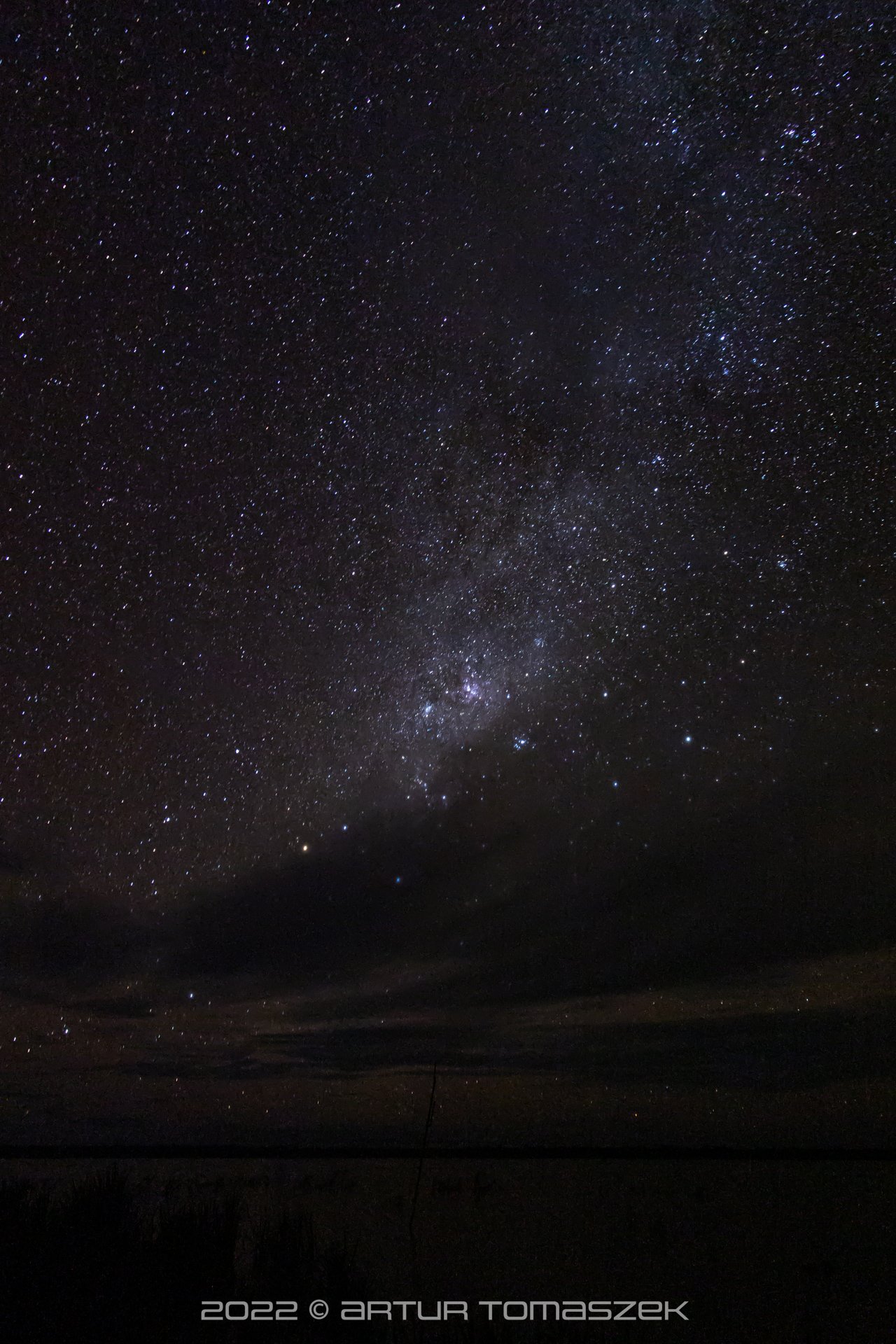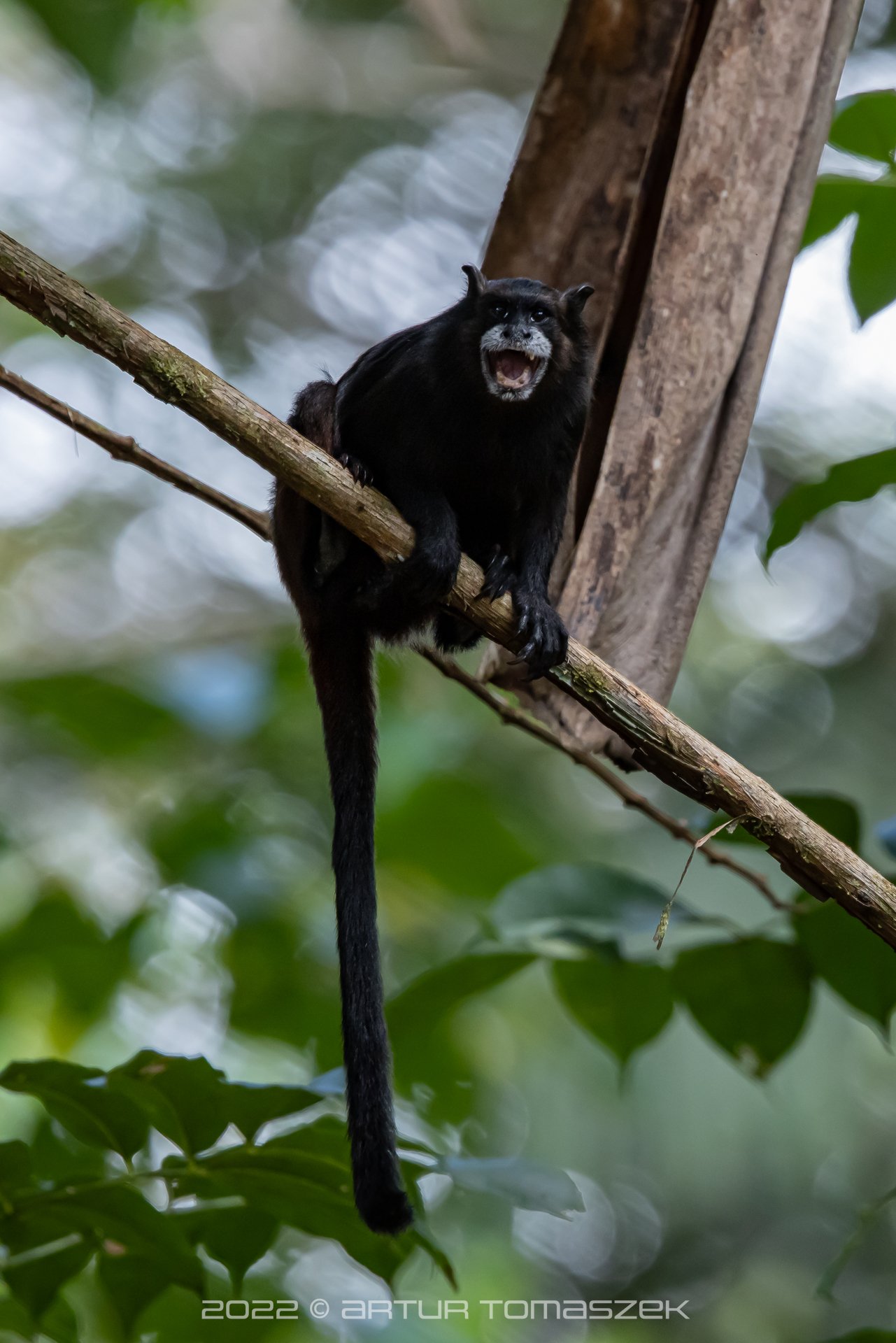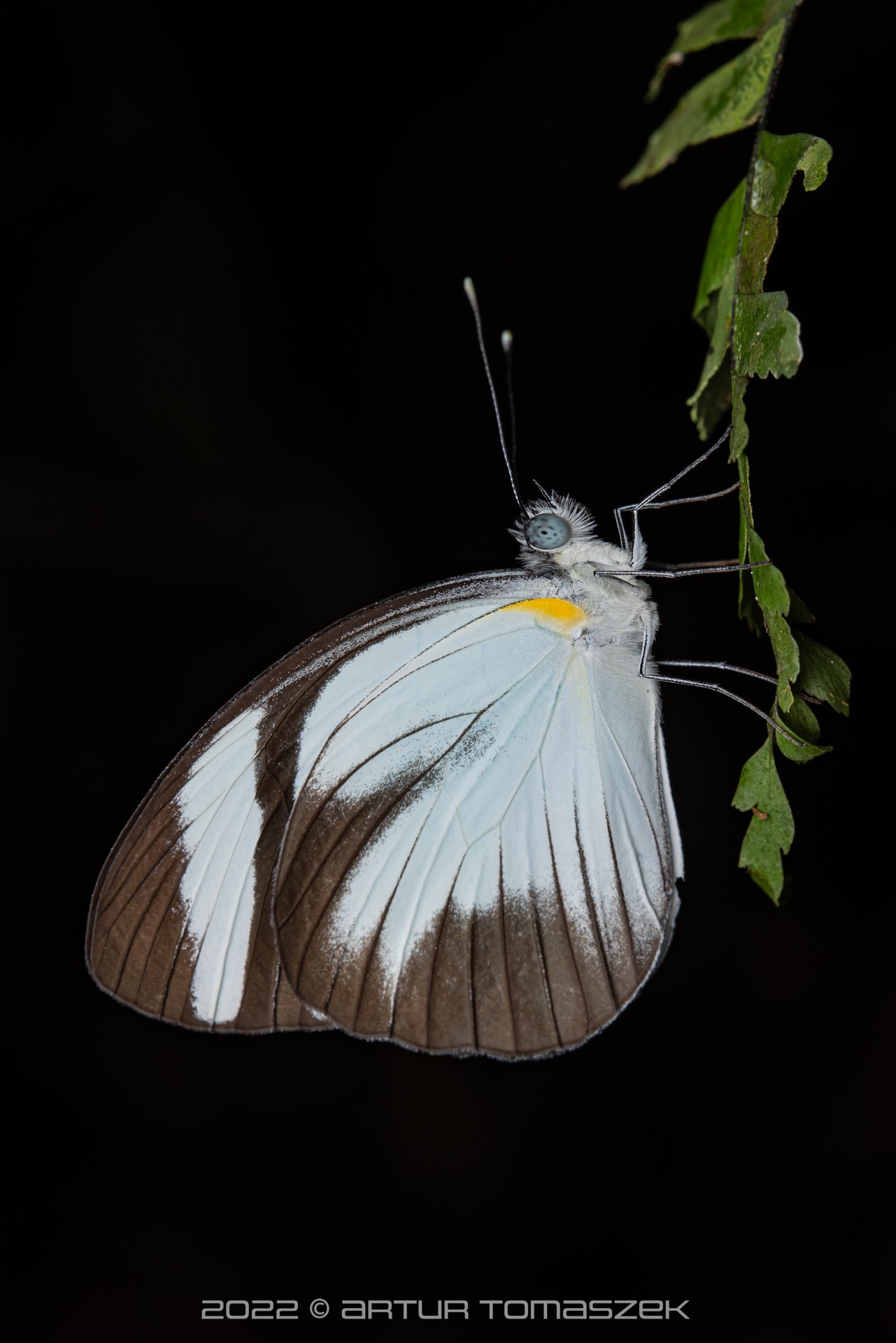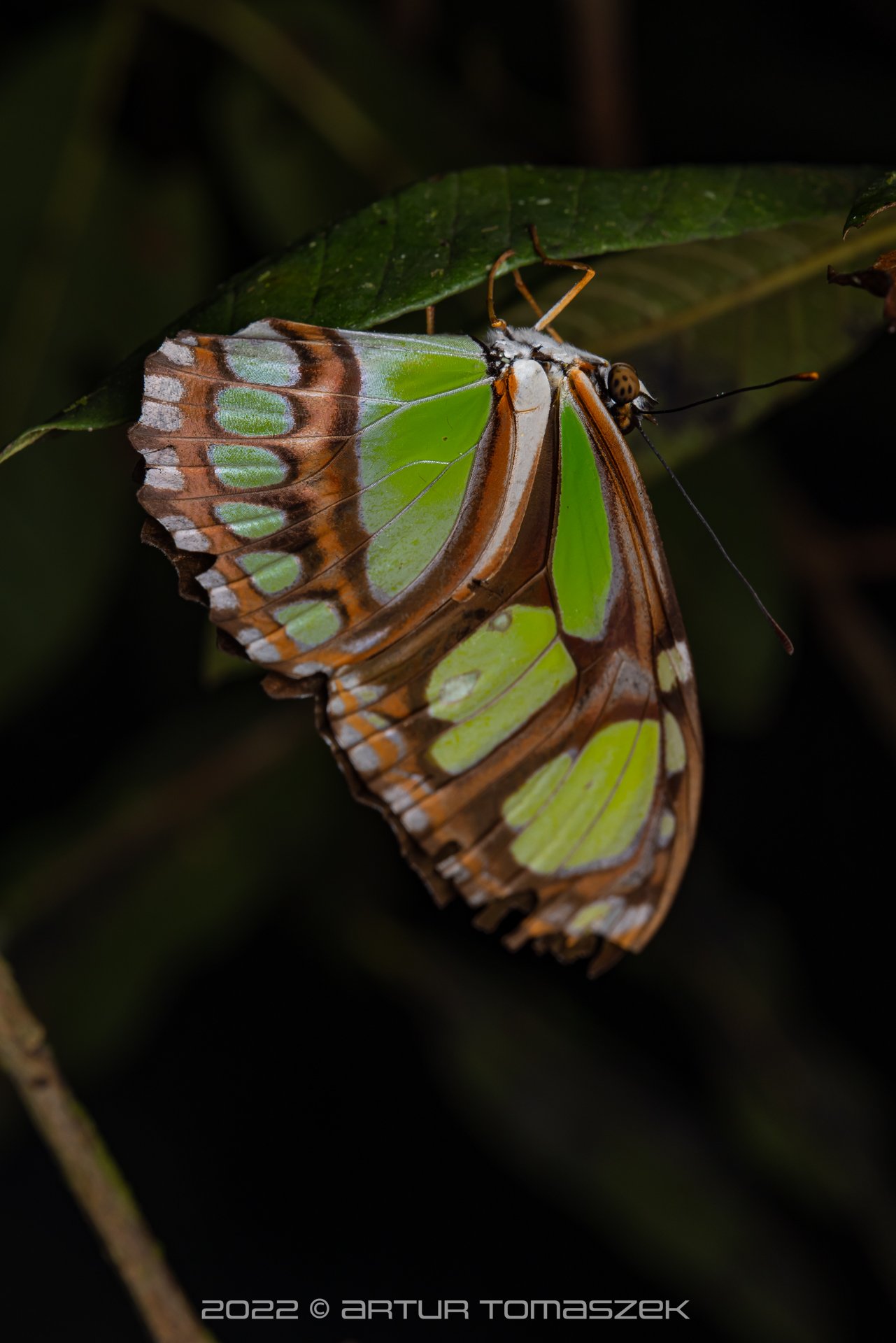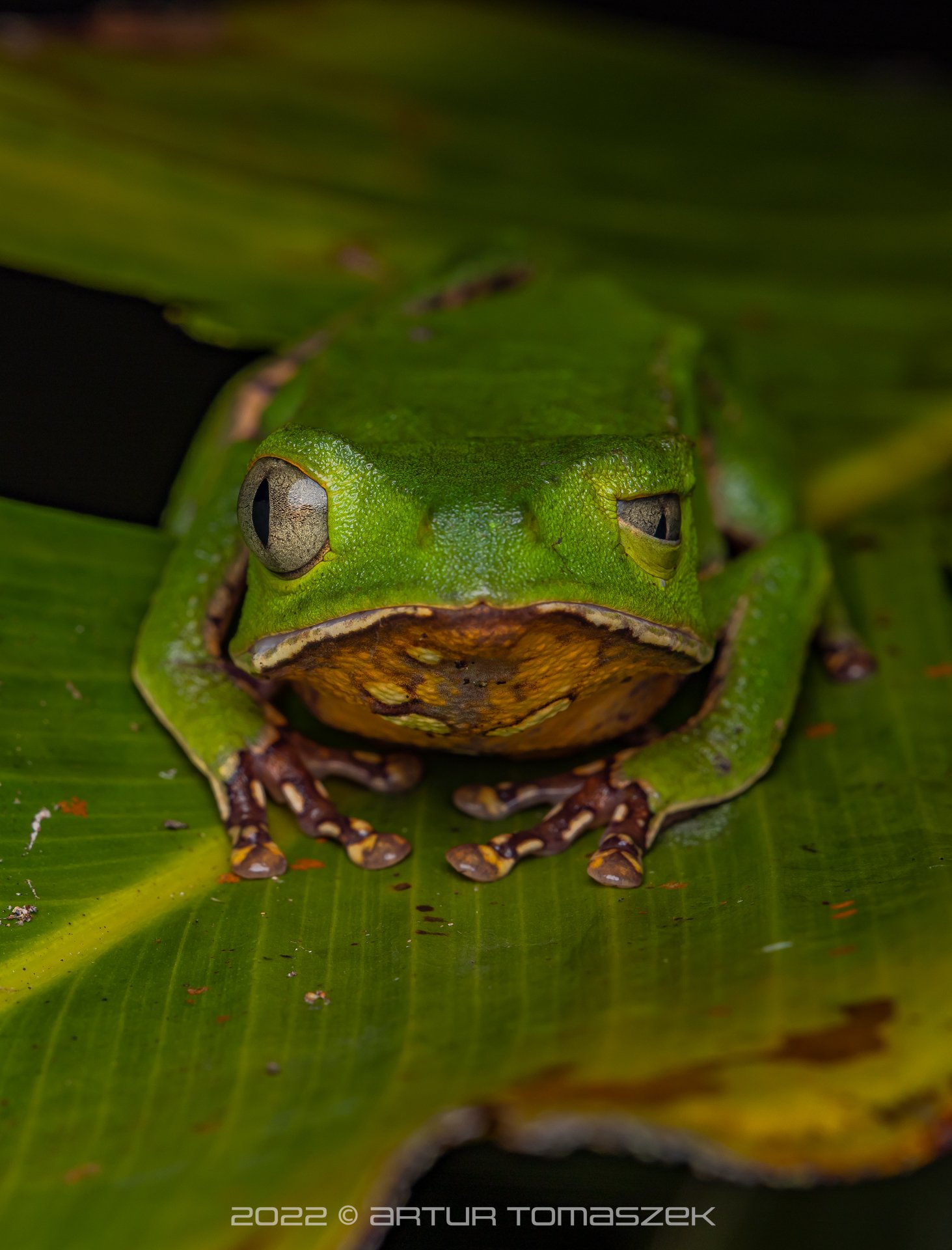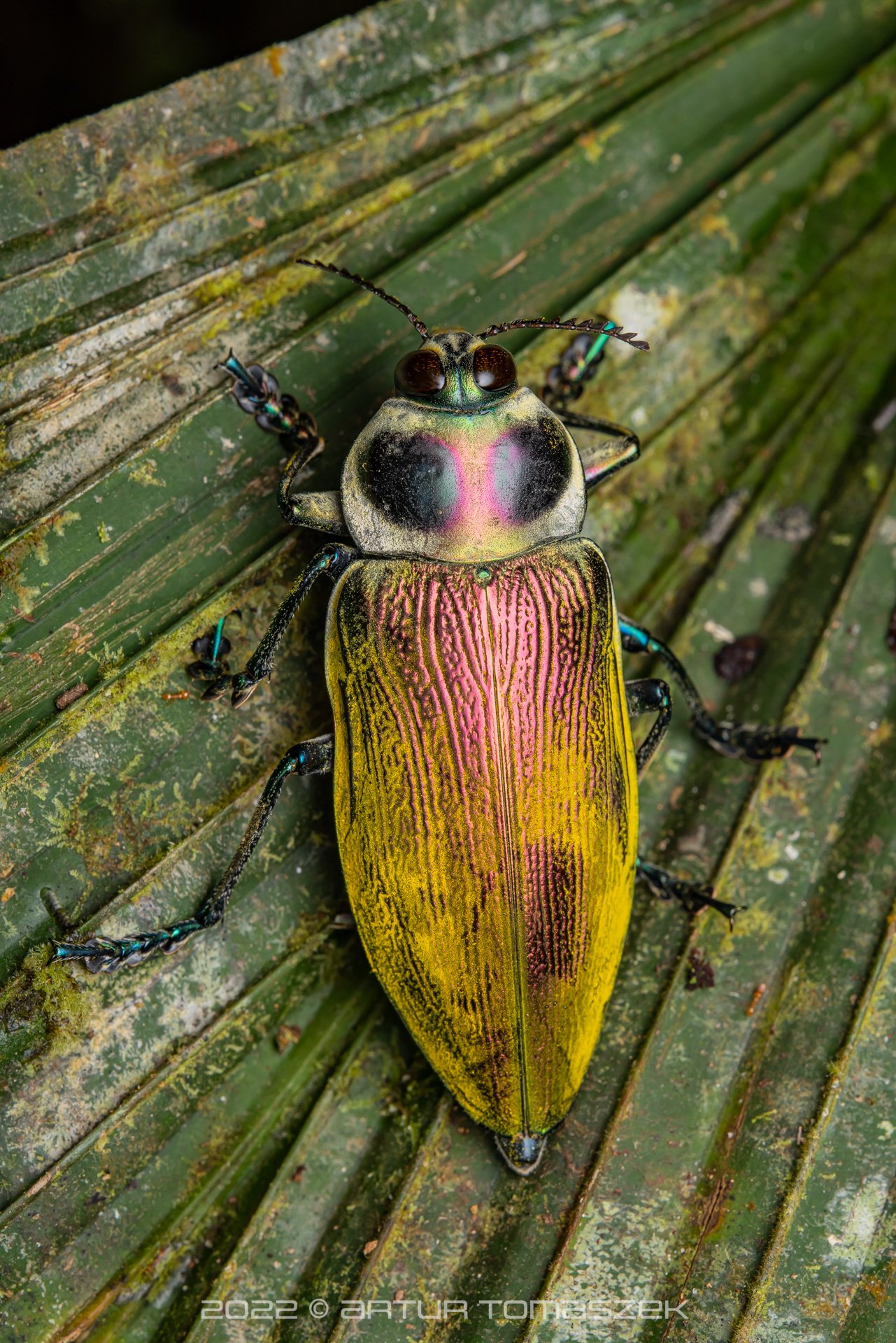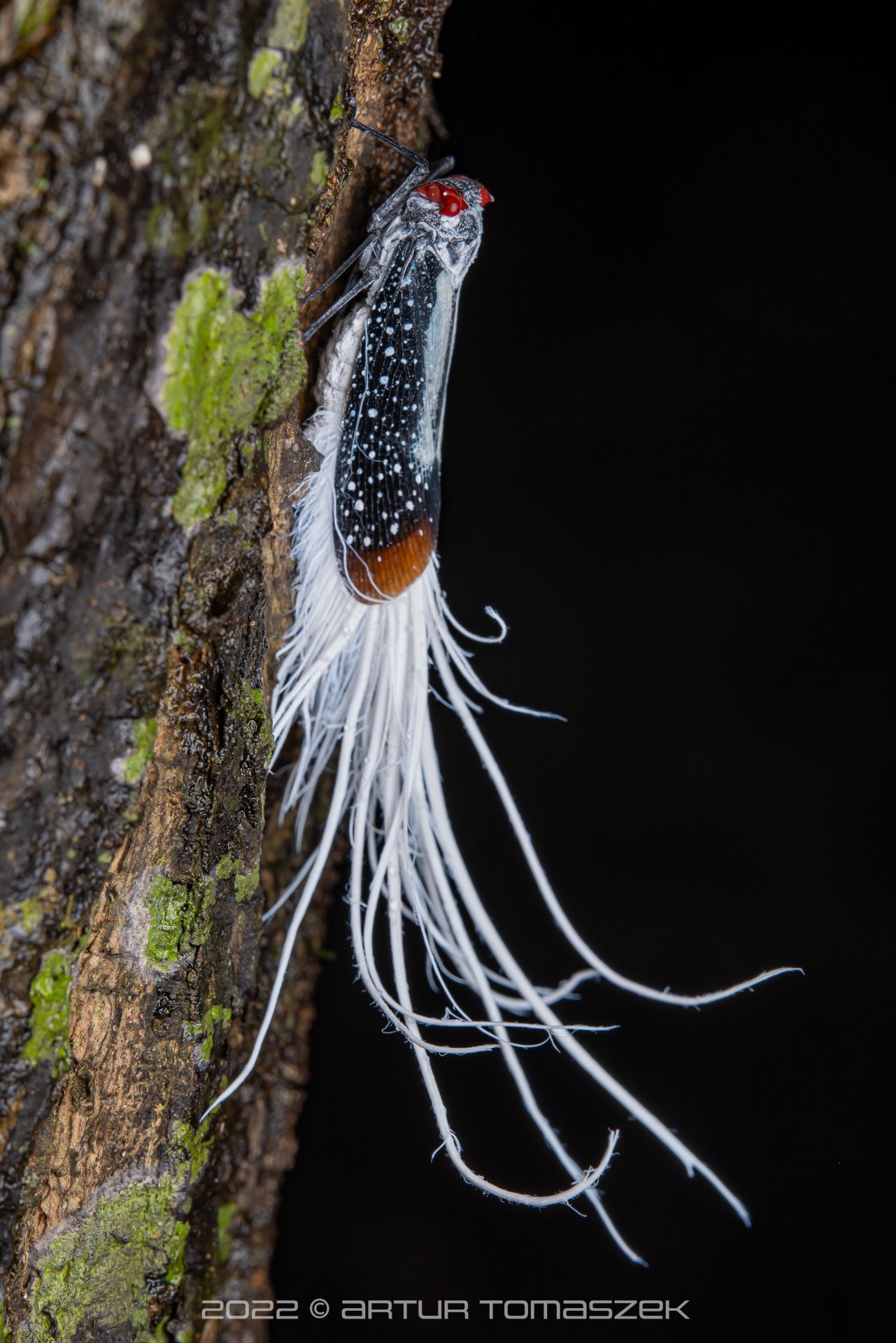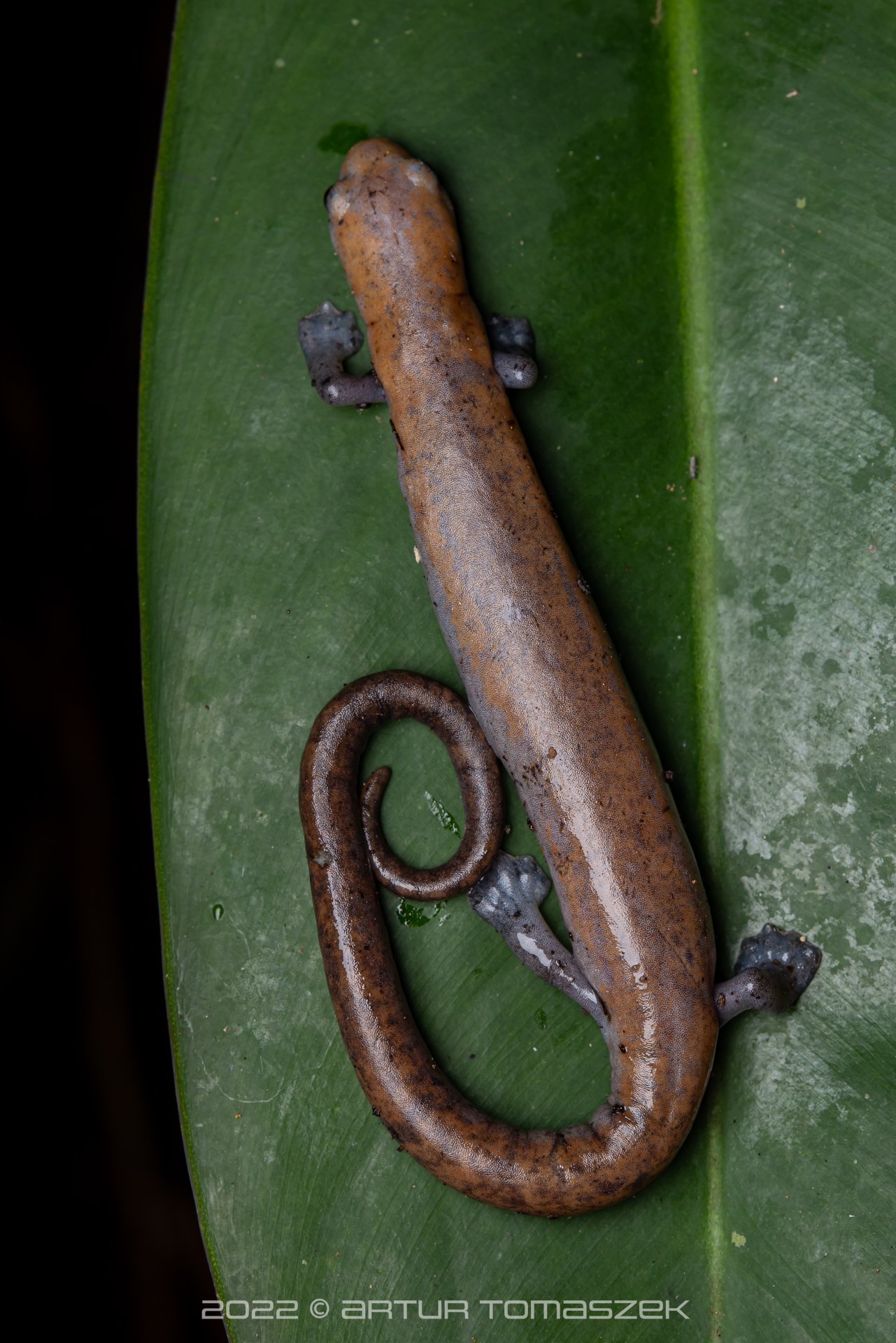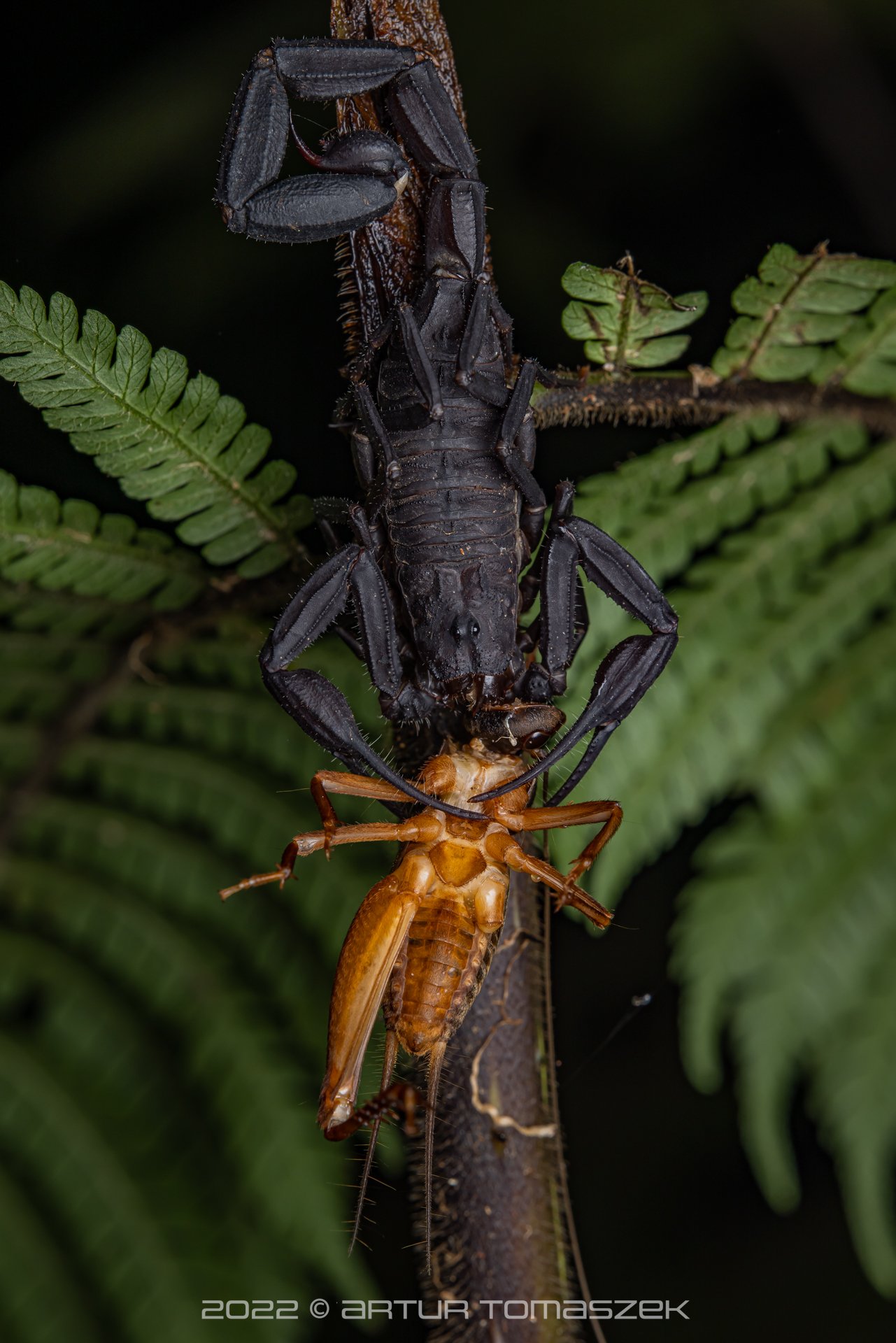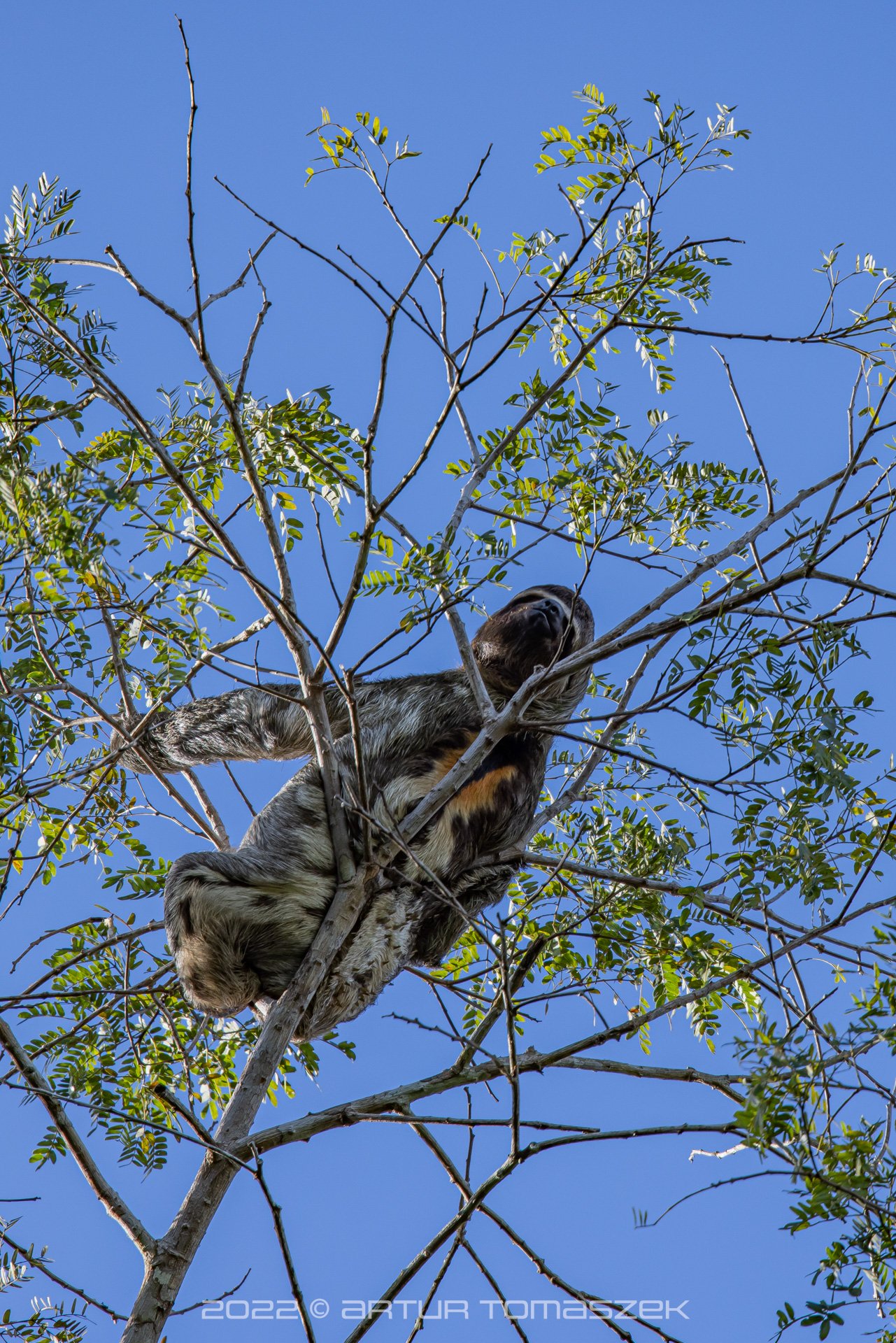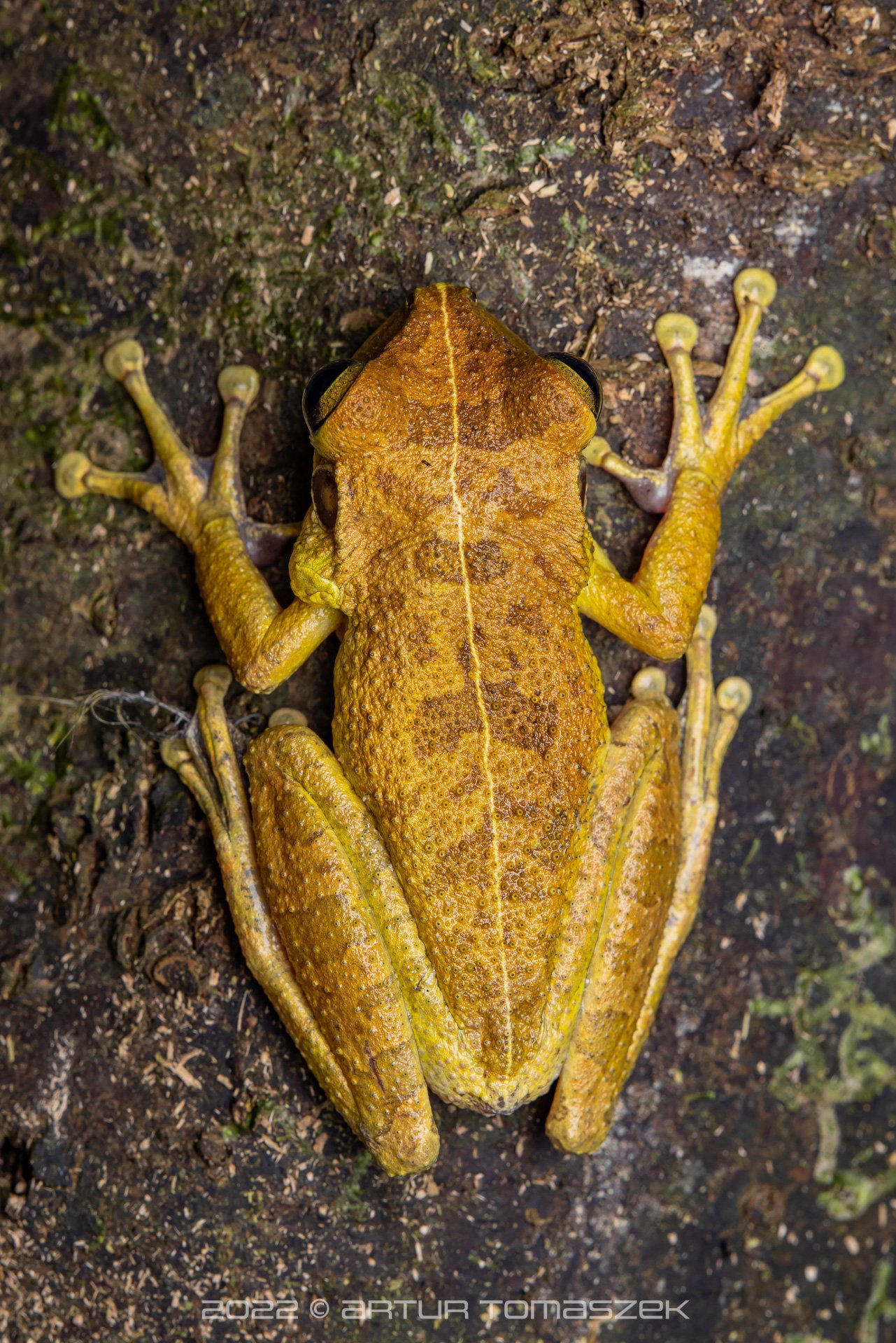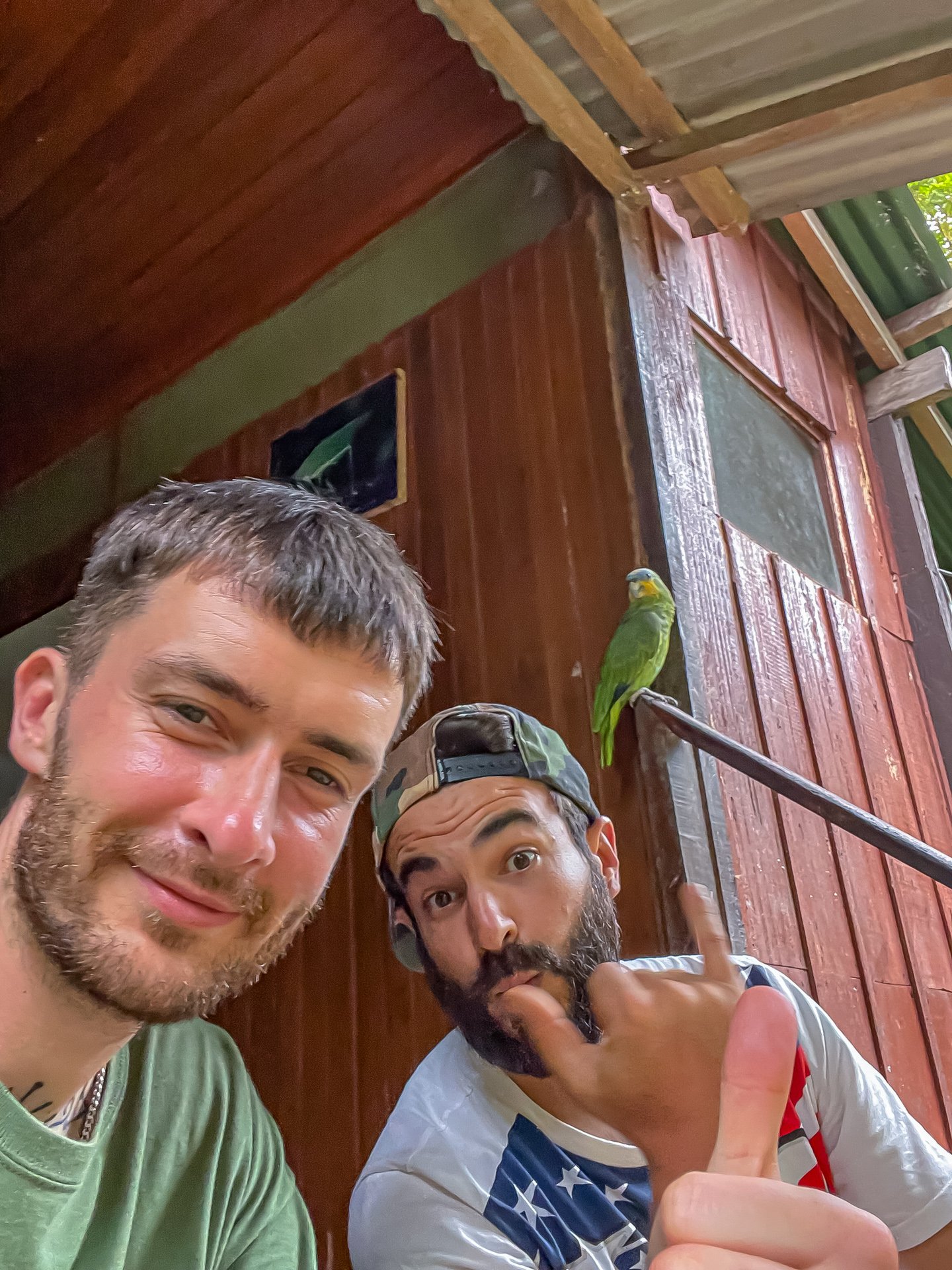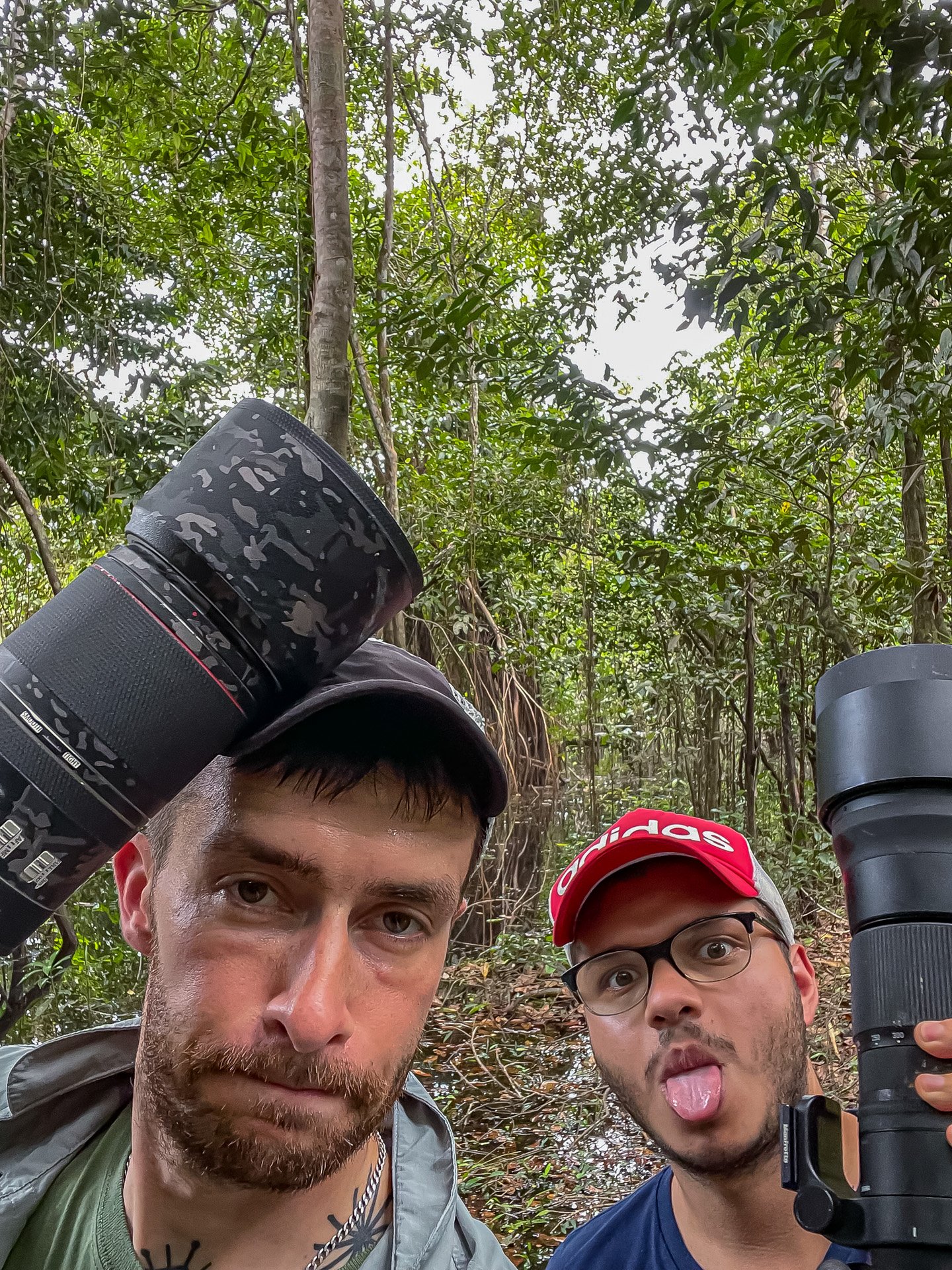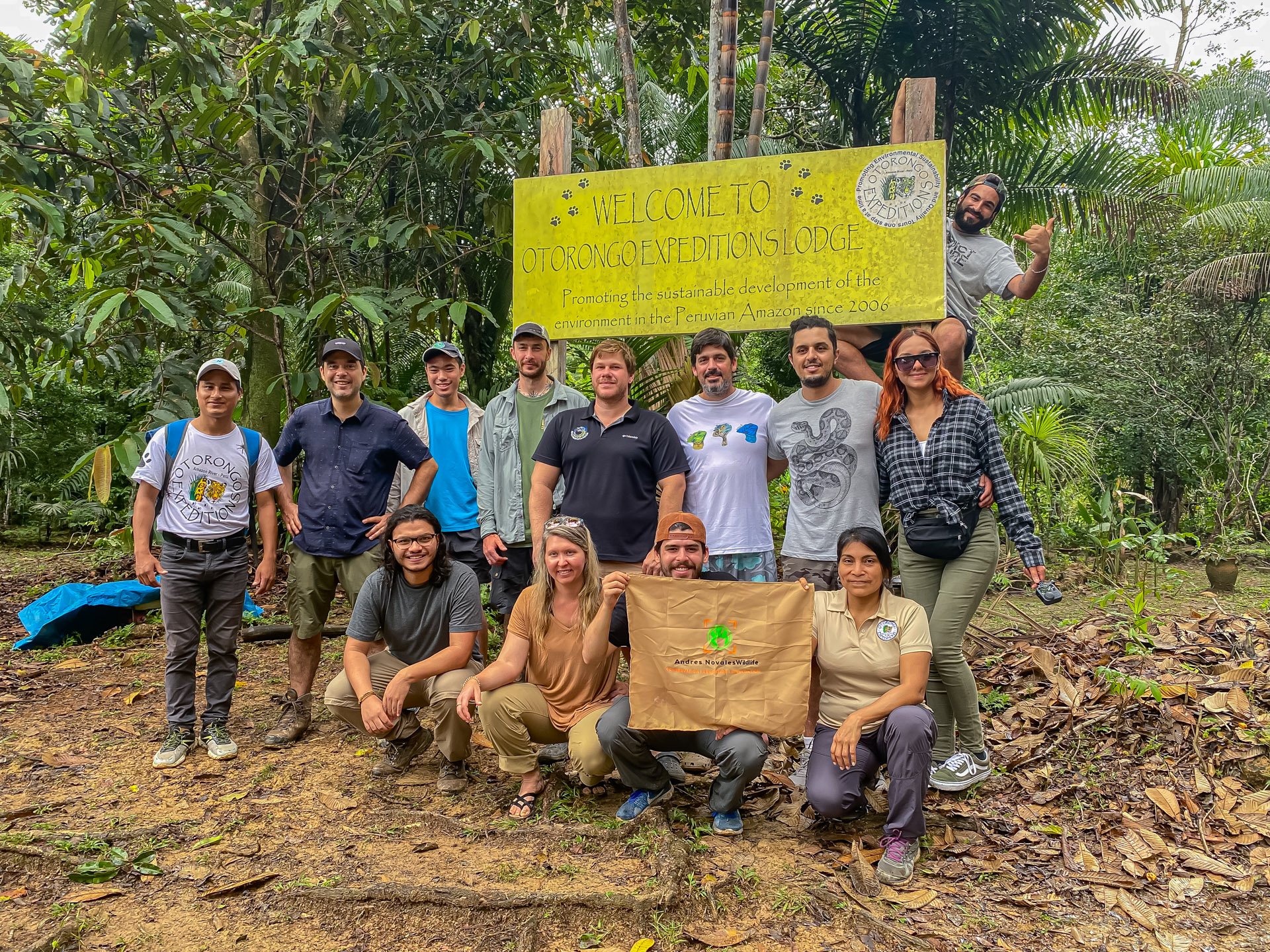Peru (February 2022)
My Peru adventure began in Iquitos where I spent 2 days exploring this small city in the middle of nowhere (the only way to get there is by air or by the river). I visited Belen which turned out to be not as dangerous as everyone thinks.
Belen, Iquitos
On the second day I rented a boat with a local guy (who later invited me to dine with his family!) and travelled up the Amazon River to look for the wildlife. I saw many bird species, monkeys and an anaconda.
On the third day I met the people with whom I was about to set off on an adventure deeper in the jungle – Andres Novales Wildlife and his remaining guests. We hopped on a boat and cruised upstream towards Otorongo Expeditions Amazon River Lodge.
Our team
The entrance to the Otorongo Expeditions Lodge
Right after arriving I began exploring the area around our lodge. It turned out to be full of life! Birds, butterflies and other critters were surrounding our bungalows.
On the first night we trekked into the forest nearby to look for the wildlife. It was phenomenal; the biodiversity was absolutely mind-blowing. The incredible amount of insect and frog species lurked at us from every corner. Thamnodynastes silvai, Boa constrictor and Epicrates cenchria were the first snakes we encountered during our stay.
Rainbow boa (Epicrates cenchria)
I also set up a moth trap and managed to photograph a few moth species that night.
Makeshift moth tent :)
The next day we were boat cruising and taking in the life around us – mostly birds.
At night, the area around the lodge was undergoing a dramatic change. The night creatures, from insects and arachnids to herpetofauna, were crawling and slithering out to forage, hunt and explore. Even a lazy sloth made his appearance, casually chilling out on the ground!
Linnaeus’s two-toed sloth (Choloepus didactylus)
Our next target was an anaconda, we therefore got on the boat and began the search on the “Amazon’s highway.” Sadly, there was no anaconda in sight – even though we were meticulously scanning a promising swamp, sometimes with water up to our waist - but a whole plethora of other animal species made up for it. One of them were hoatzins (Opisthocomus hoazin) – the only living members of their genus, associated with Archaeopteryx that was believed to have existed more than 125 million years ago. That, along with the fact that hoatzin chicks are born with claws on their wings just like Archaeopteryx, made some believe this species is a living fossil. If they feel threatened, their young jump out of the nest straight into the waters below and then climb back up once they feel safe. It’s also the only bird species with a digestive system fermenting vegetation in the stomach, enabling them to eat leaves and buds exclusively (hence they’re folivores). How cool is that?!
Hoatzins (Opisthocomus hoazin) hanging out in a small group. They prefer to stick together.
Next came the bushmaster night, focusing on the snake which was our biggest target and dream of all trip participants. Yet again, we jumped on a boat and travelled a rather long distance to a territory where our chances of finding this iconic species would be best. The subsequent trek was demanding and muddy. After an approximately 10 km hike deep in the forest, we found two smooth-fronted caimans, Paleosuchus trigonatus, in a stream. The caimans were accompanied by so many mosquitos we ended up swallowing some as they literally flew into our mouths… We then found a gorgeous Oxyrhopus petolarius in a nearby bush but there still was no bushmaster in sight!
Slightly disappointed and absolutely knackered, we began the trek back to the boat. On our way, we found two Imantodes cenchoa and my biggest frog target, Phyllomedusa bicolor. We carried on in silence, scrambling through the thick foliage completely covered in mud, when suddenly we saw a bushmaster in the middle of the trail, as if patiently waiting for us to come! Everyone went completely crazy and felt rewarded after the challenging day.
Bushmaster (Lachesis muta)
With Alex
On the way back, we used our torches to search for the eye shine (a rather unusual characteristic for a snake) of Amazon tree boas (Corallus hortulana) and we successfully found a few individuals.
Amazon tree boa (Corallus hortulana)
The following days were spent exploring the area and looking for poison frogs. We found Ameerega bilinguis, Ranitomeya reticulata and Ameerega hahneli.
We spent the remaining nights in the forest, photographing the magnificent Peruvian wildlife.
One evening, we went boat cruising towards the swamp habitat in search of Caiman crocodilus. We were flashing our torches at the water, looking for the desired eye shine.
At night, we went on a hike around the lodge and the second bushmaster was not further than 100m from our bungalow! Just like the first individual, it was coiled near a narrow path, waiting for a potential prey in ambush. I took a few photos and we left him undisturbed. We then saw two Epicrates cenchria (including one gorgeous juvenile), Micrurus surinamensis and a Pipa pipa.
Bushmaster (Lachesis muta)
The next day we went fishing in the afternoon.
My biggest spider dream on this trip was Phoneutria fera and, sure enough, I found it along with another Phoneutria sp. (Phoneutria boliviensis). The most beautiful female was resting on a leaf, not far from a coiled Bothrops atrox.
I set up the moth trap once more at night and kept exploring the nearby areas where I filled my camera’s card with photos of frogs and insects. Some mammals, like porcupines and an opposum, were also visiting from time to time.
Each day brought a lovely surprise; sadly, all good things must come to an end. Until next time, Amazon!


